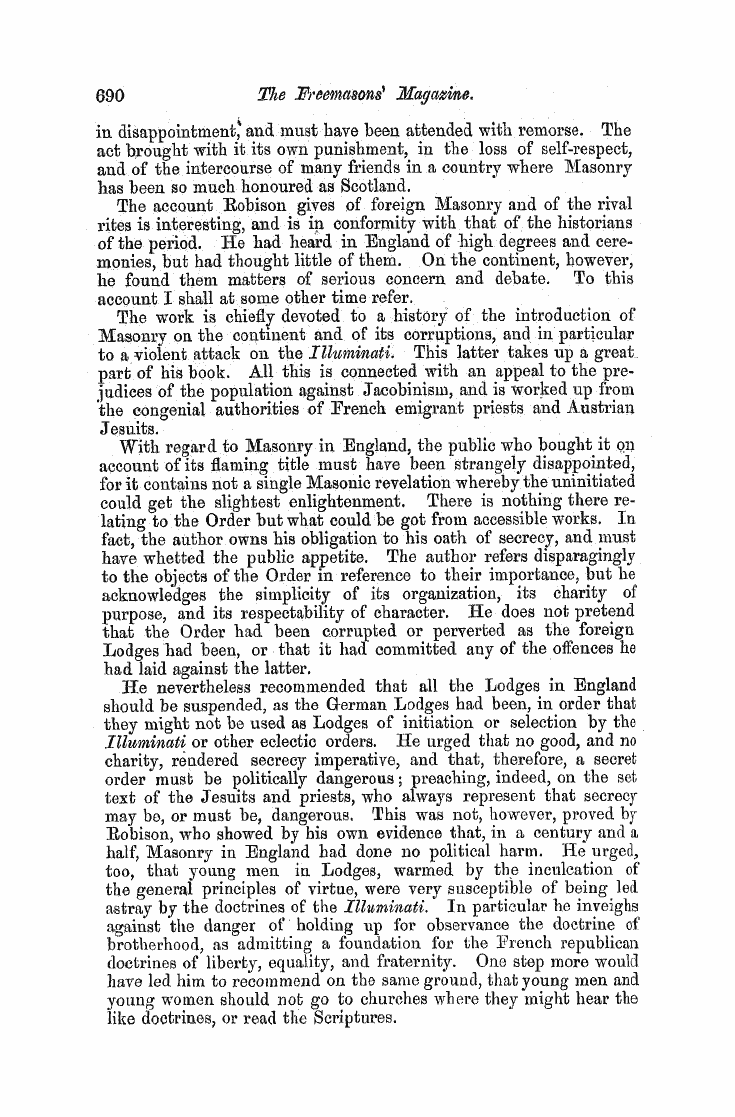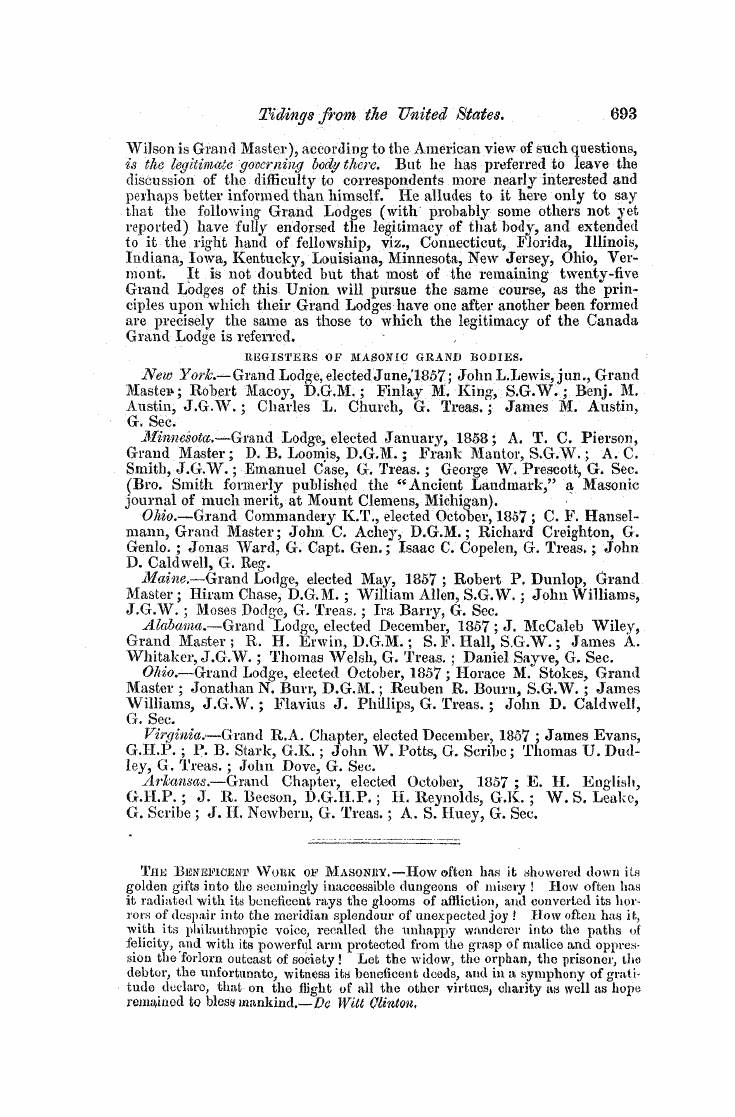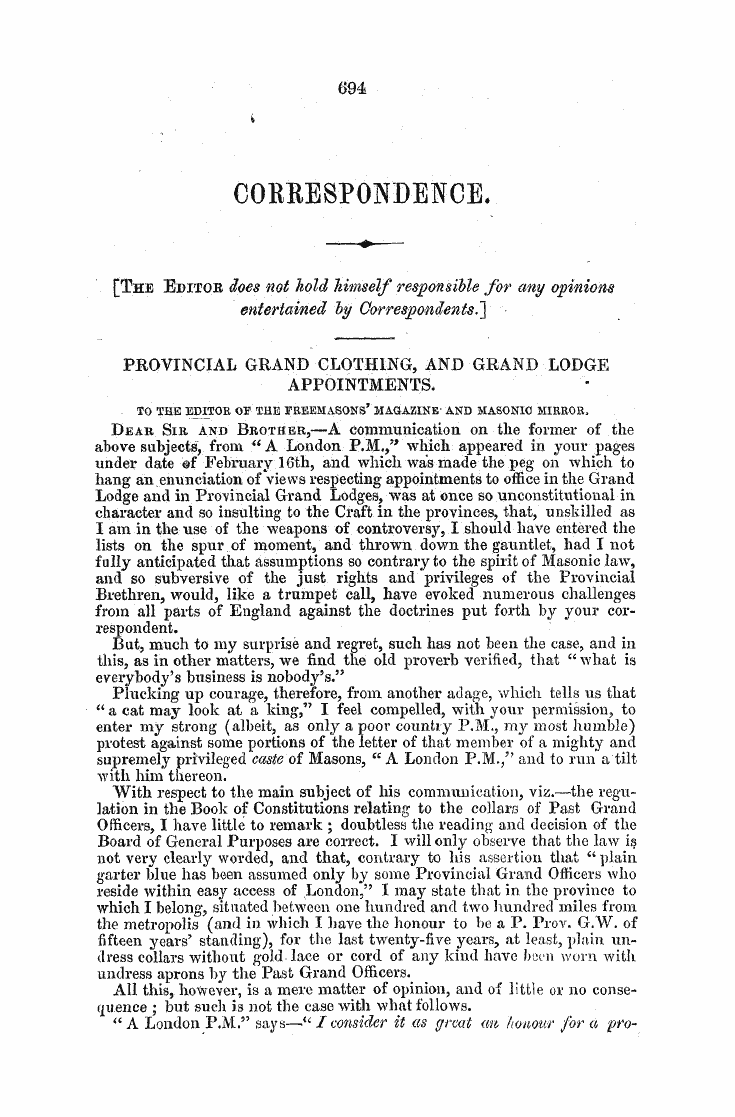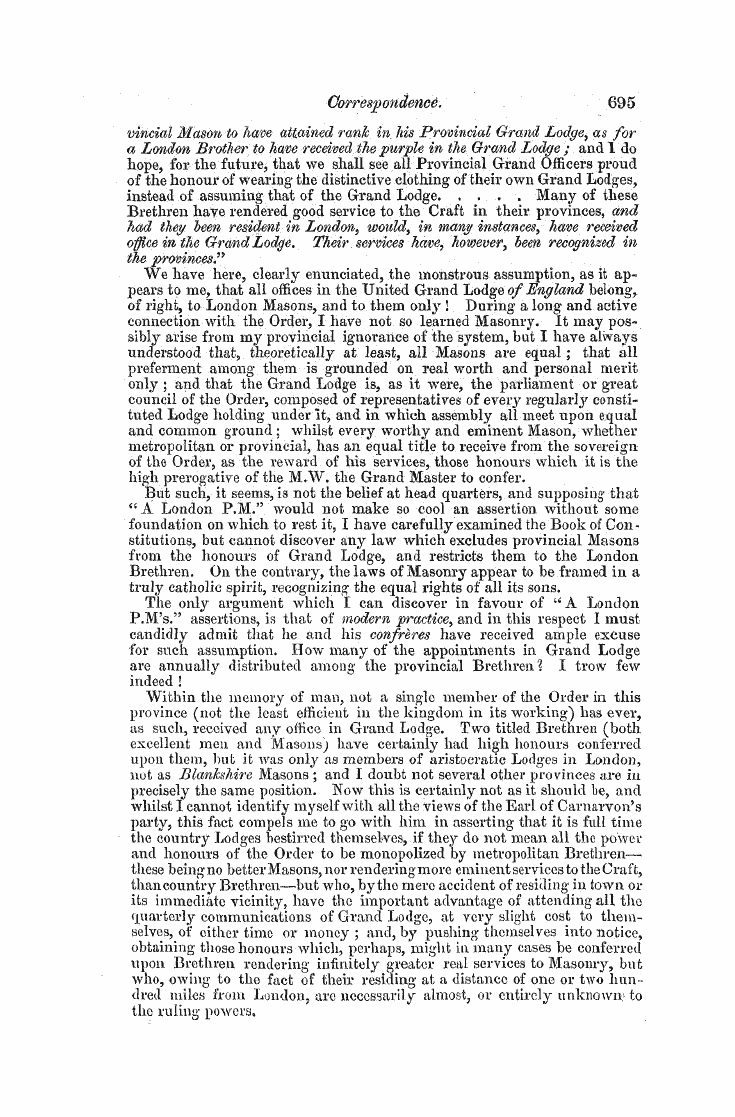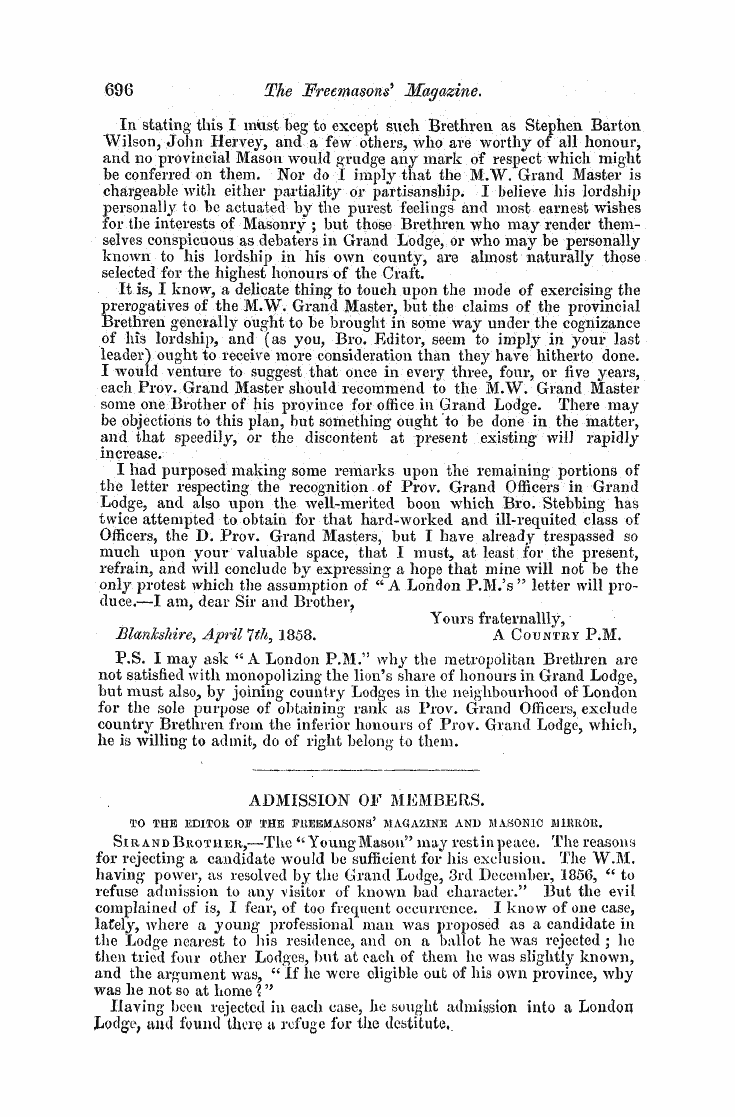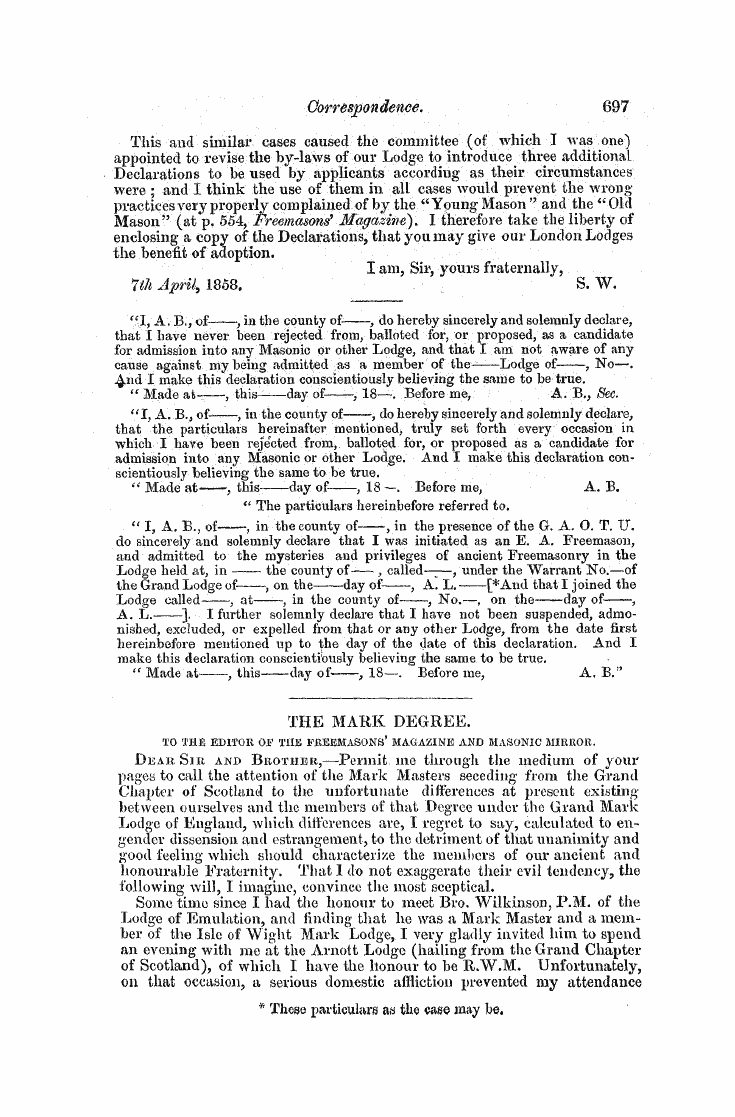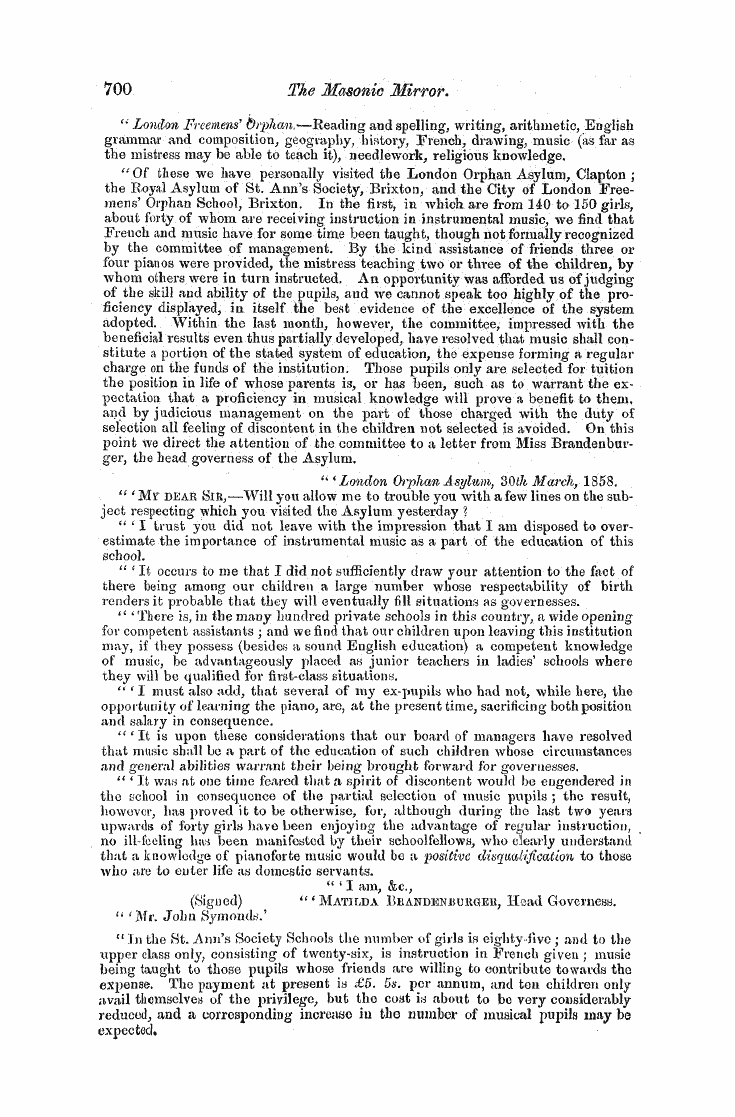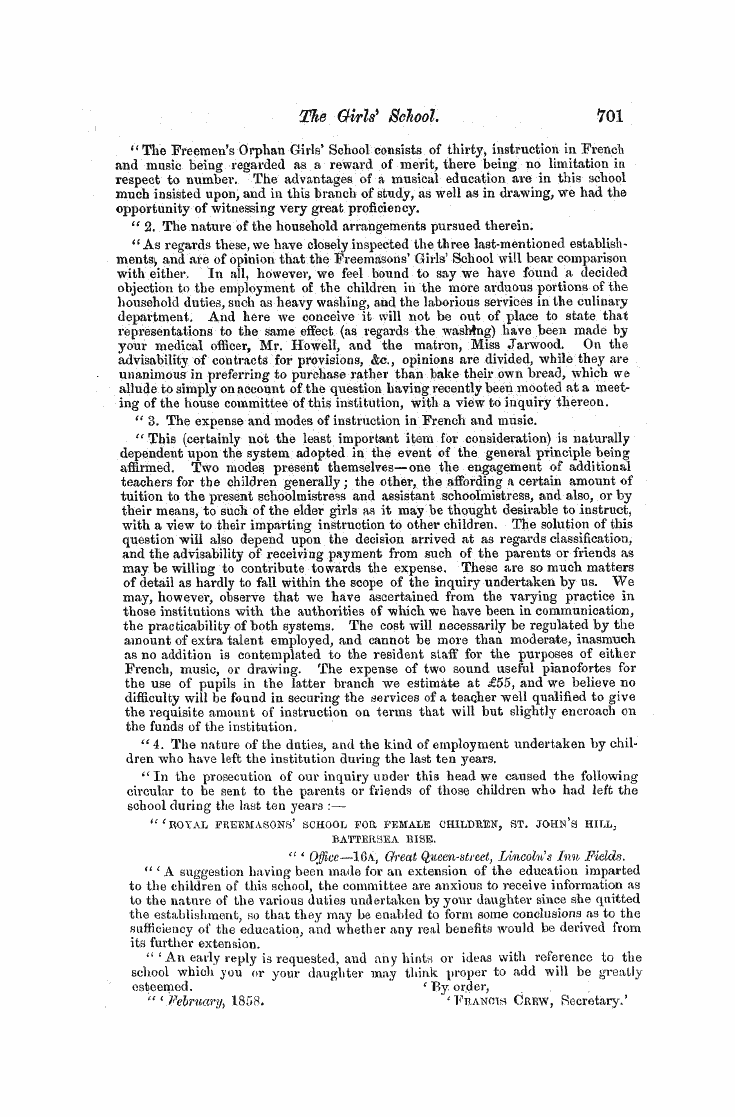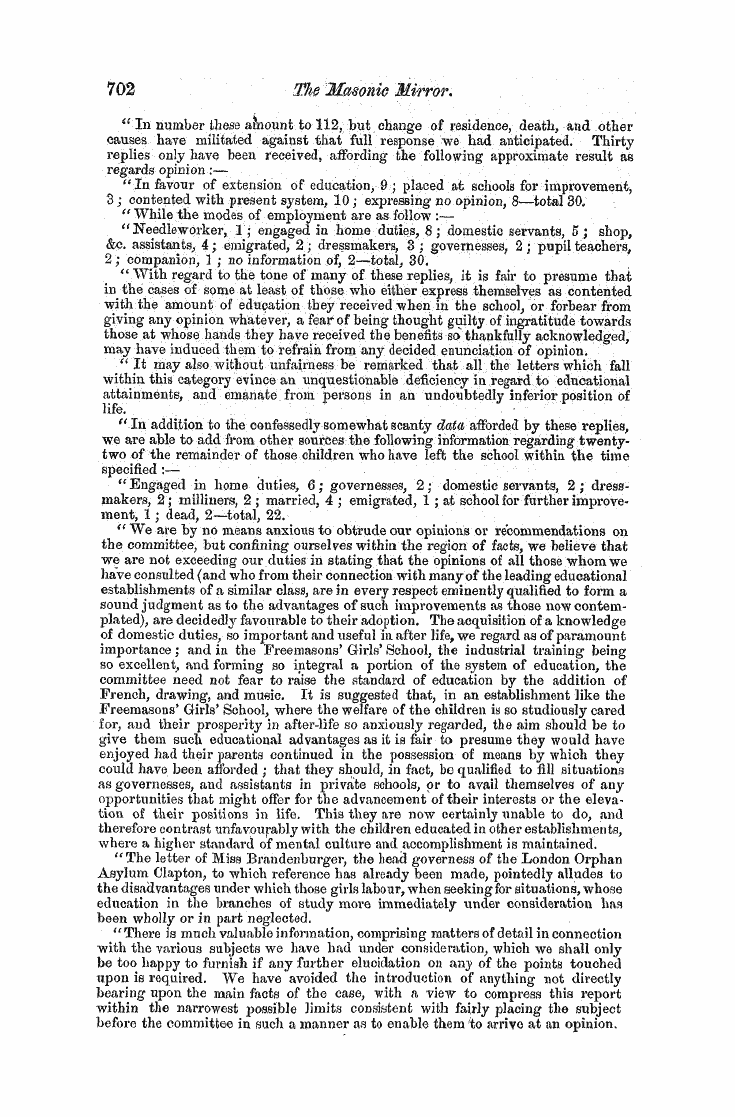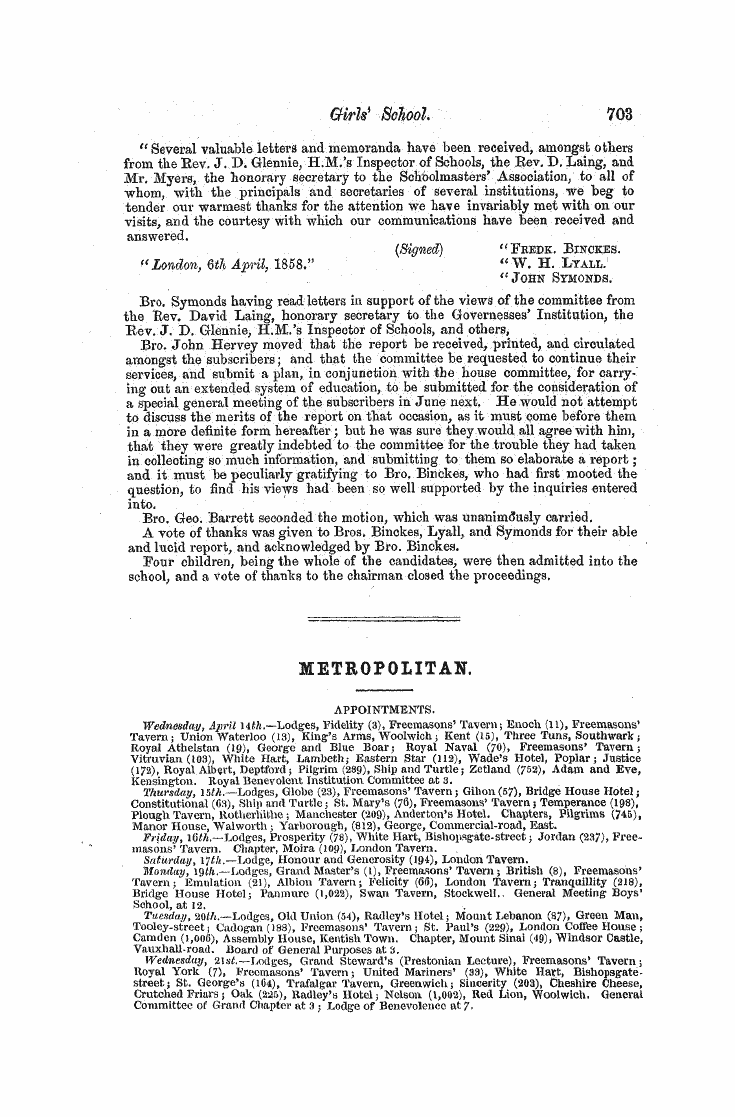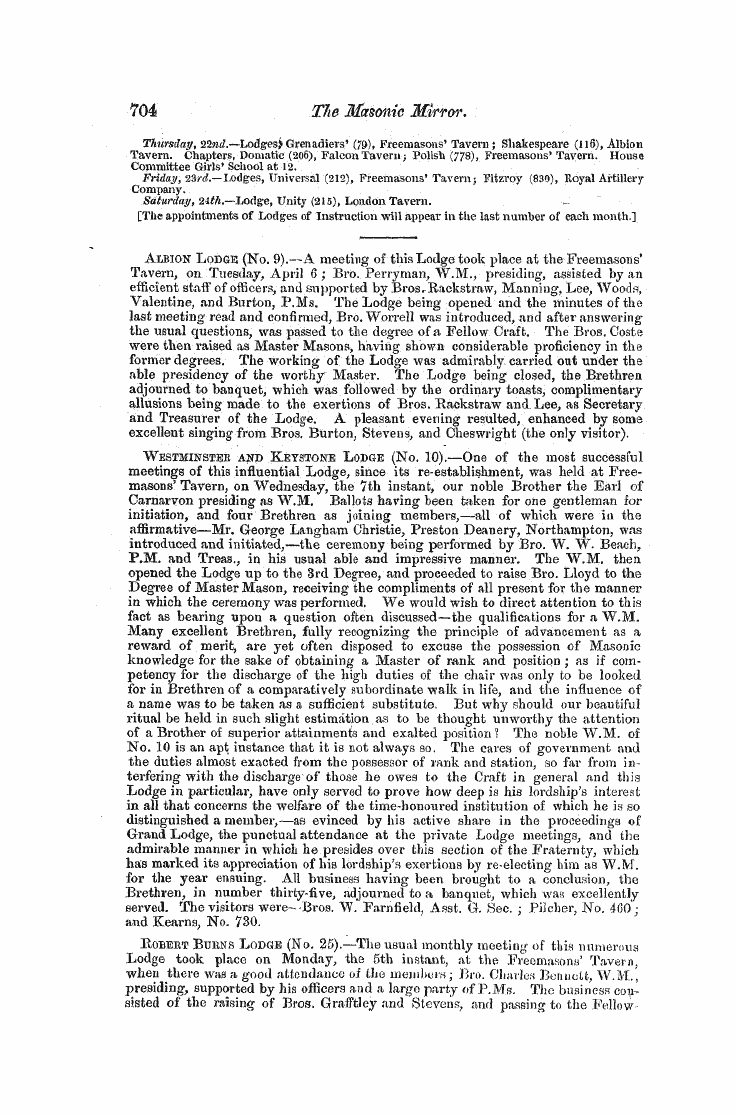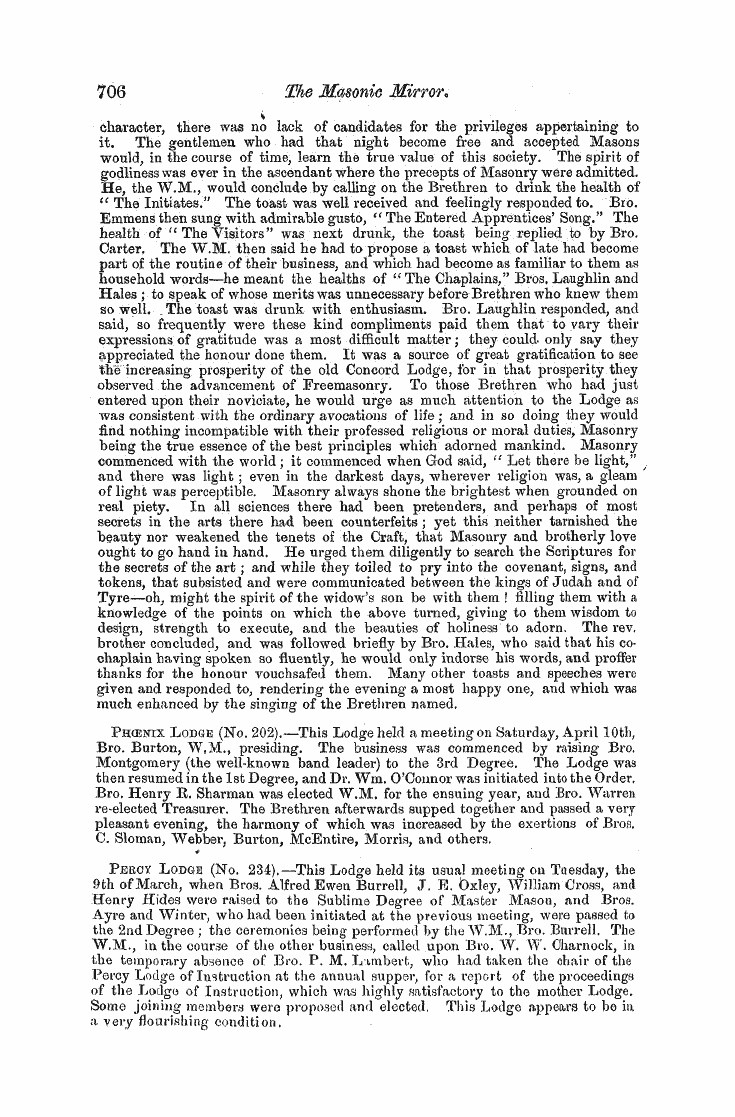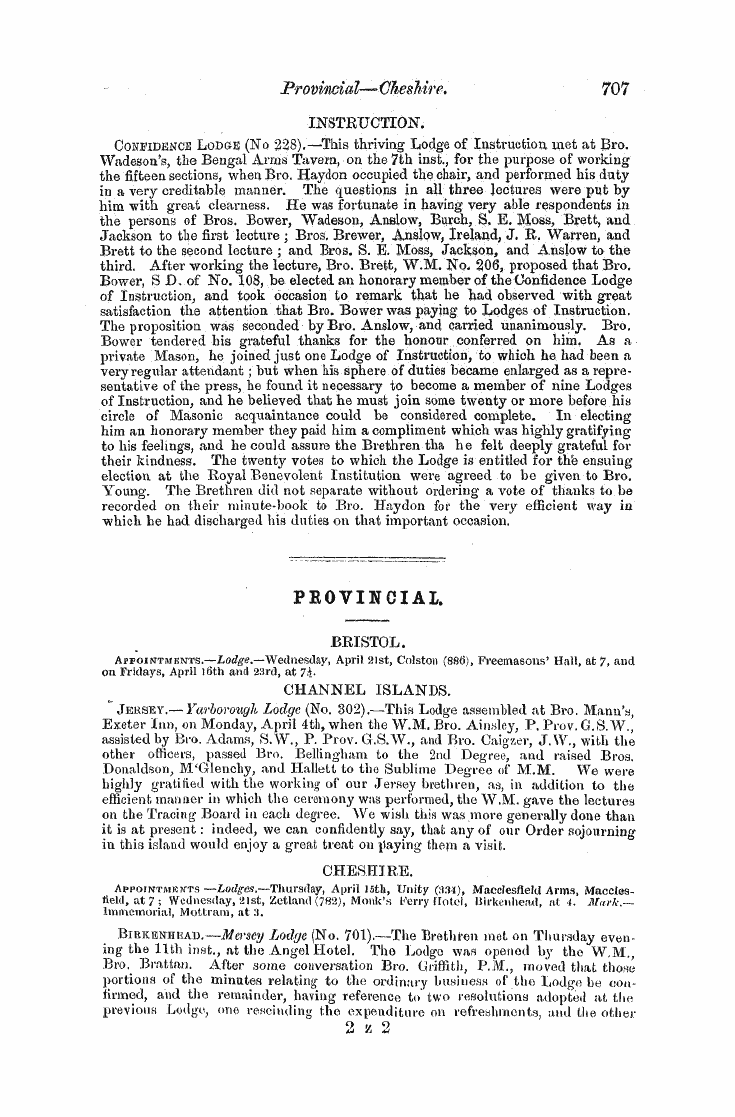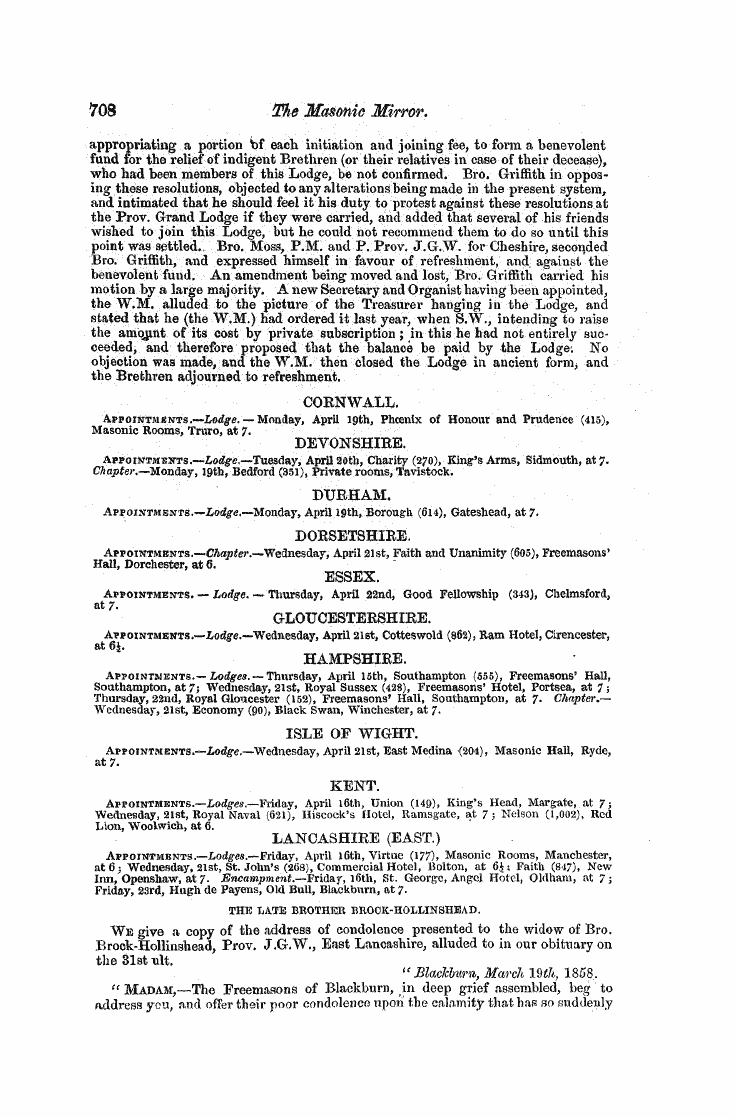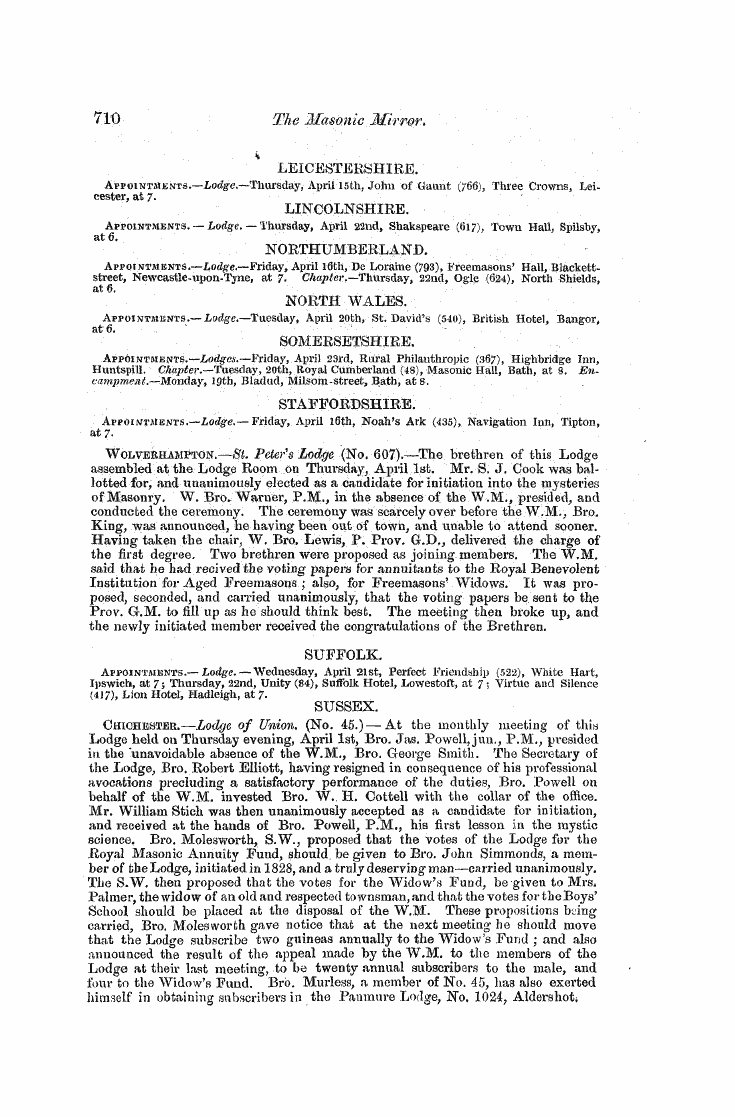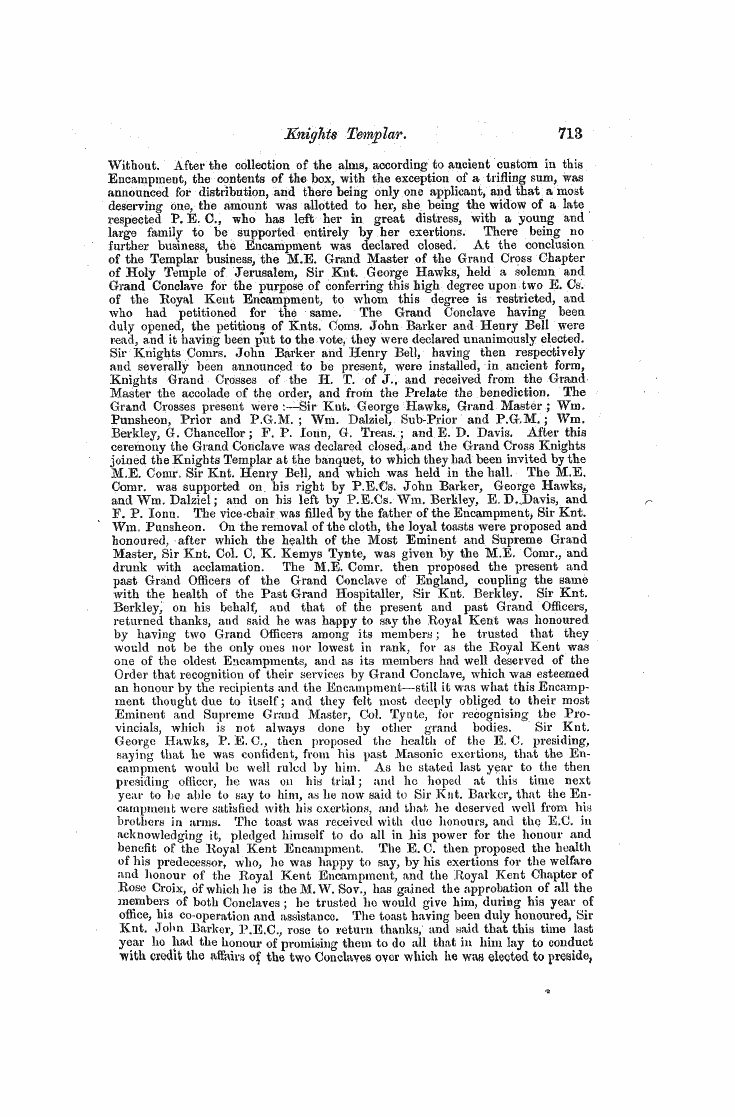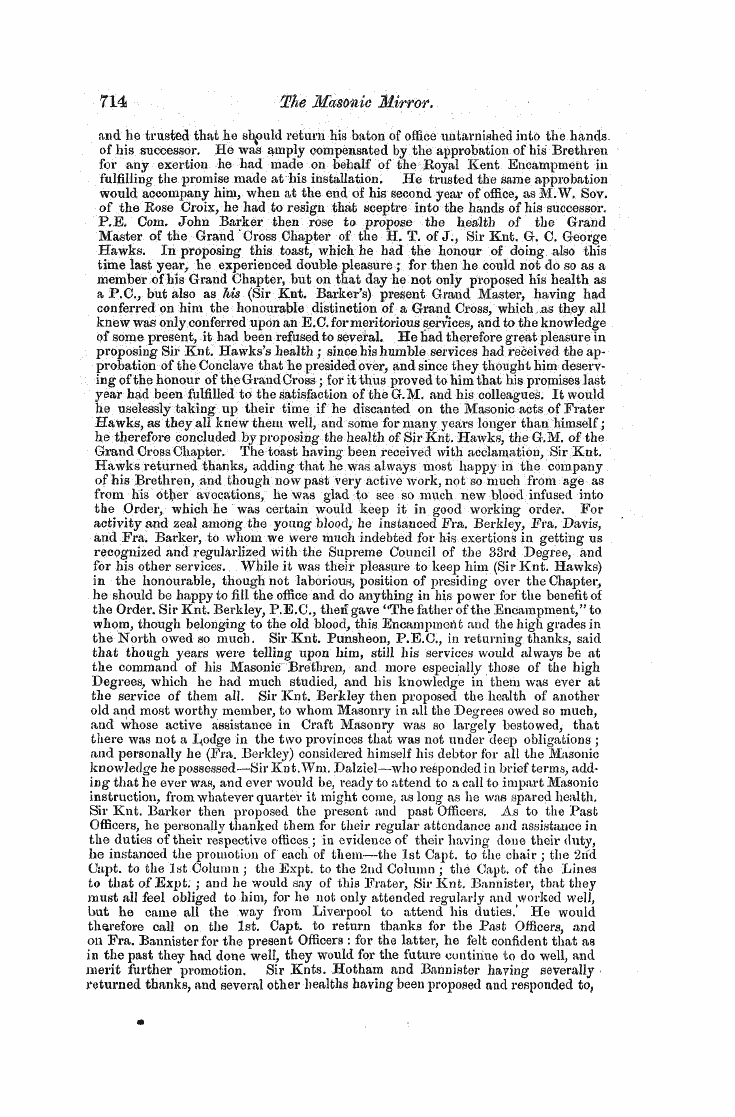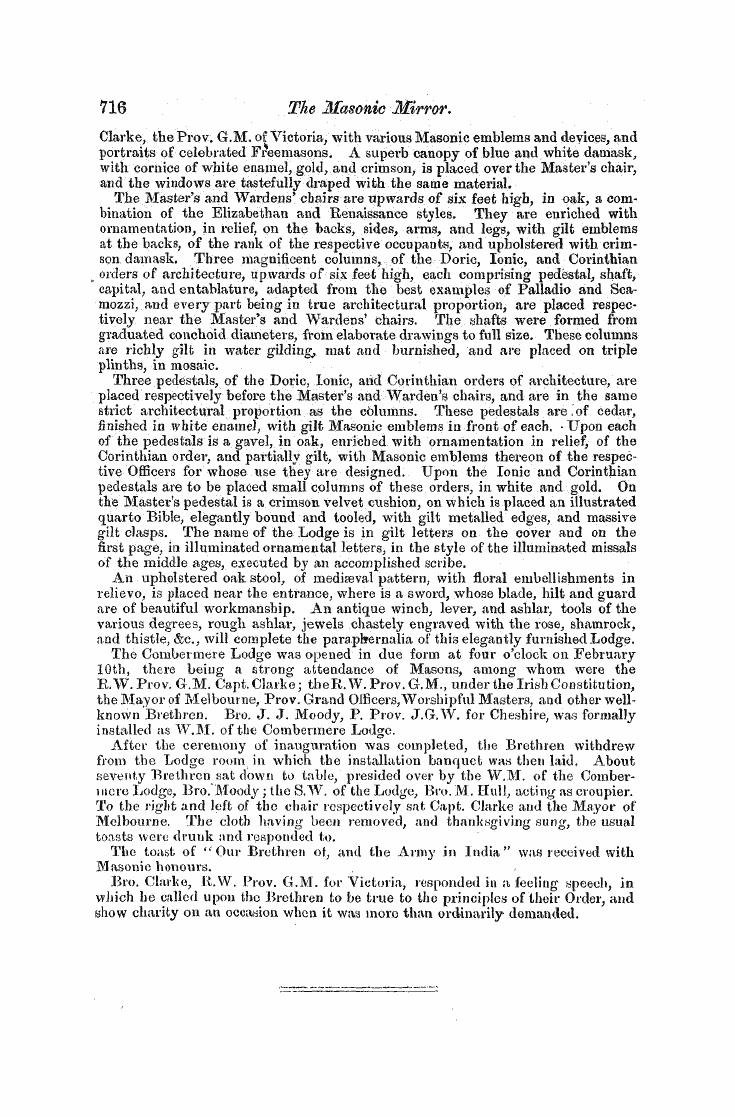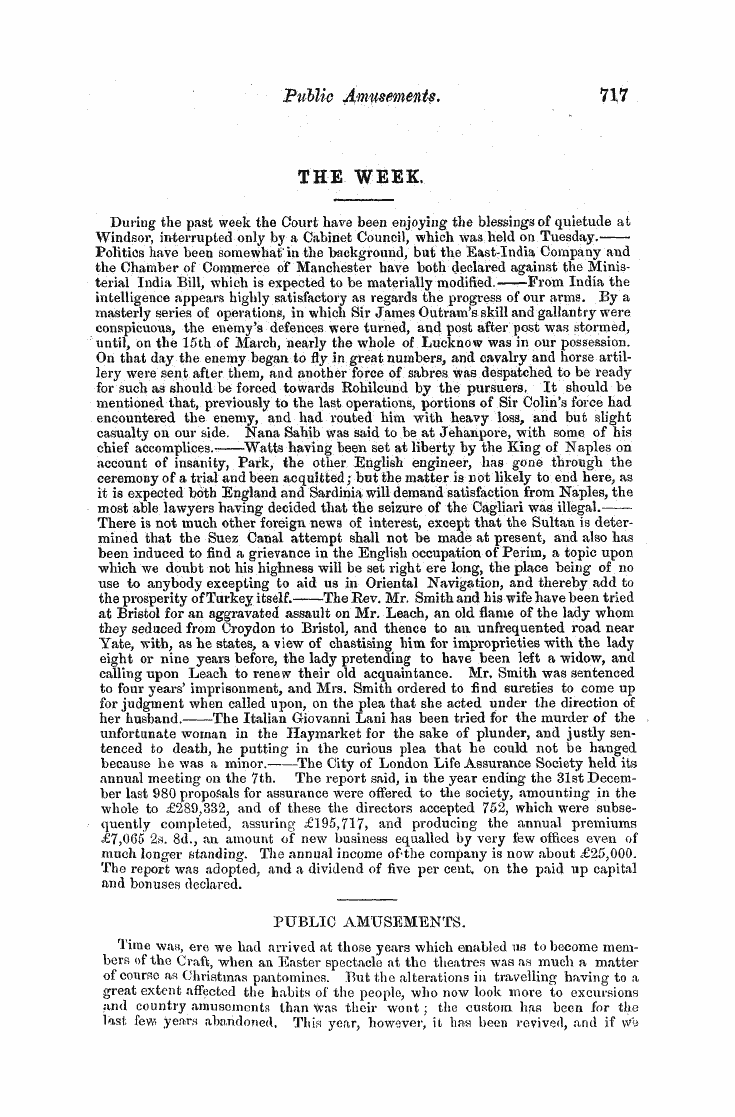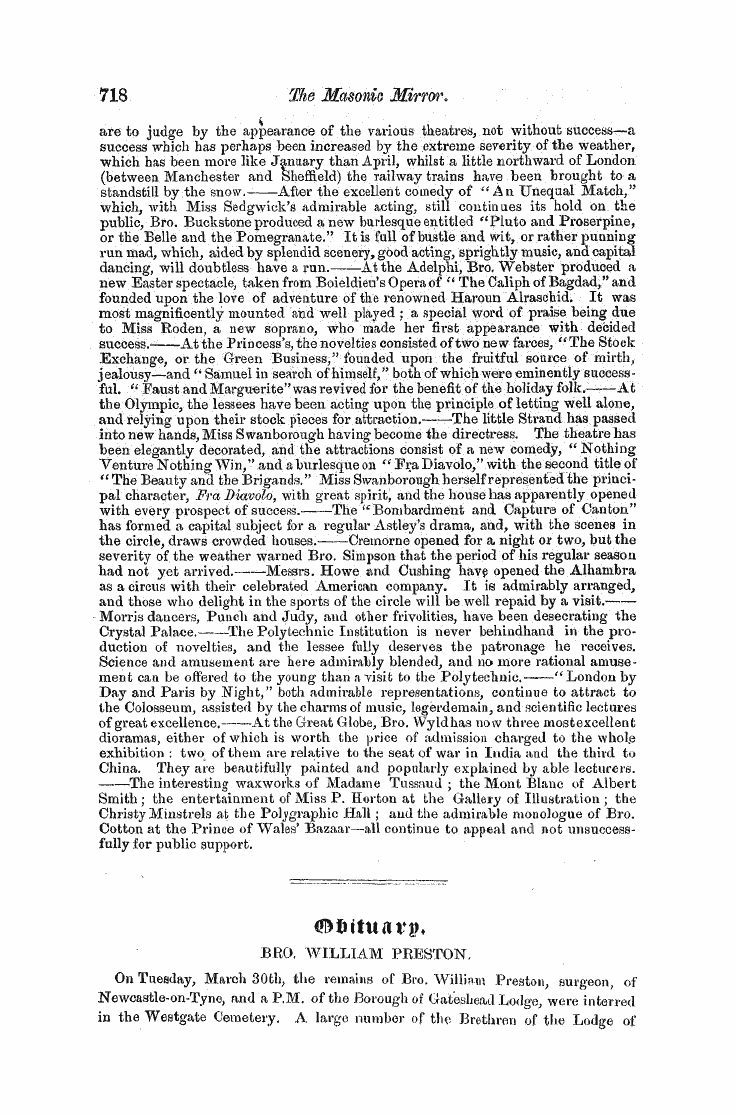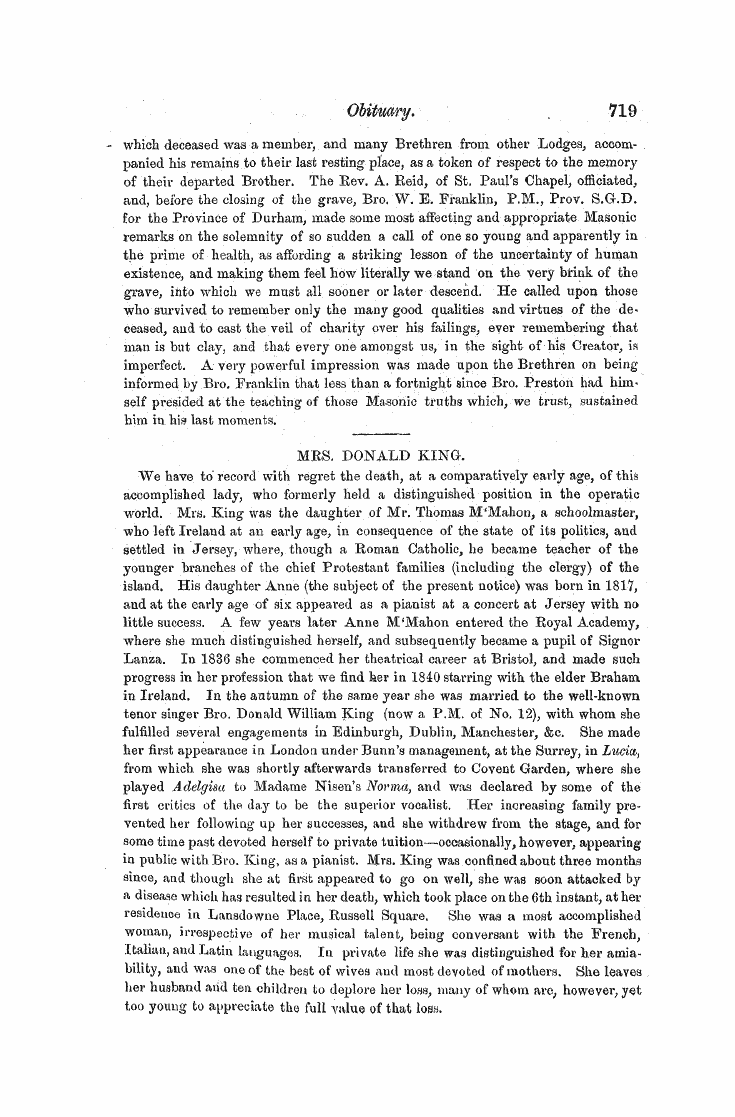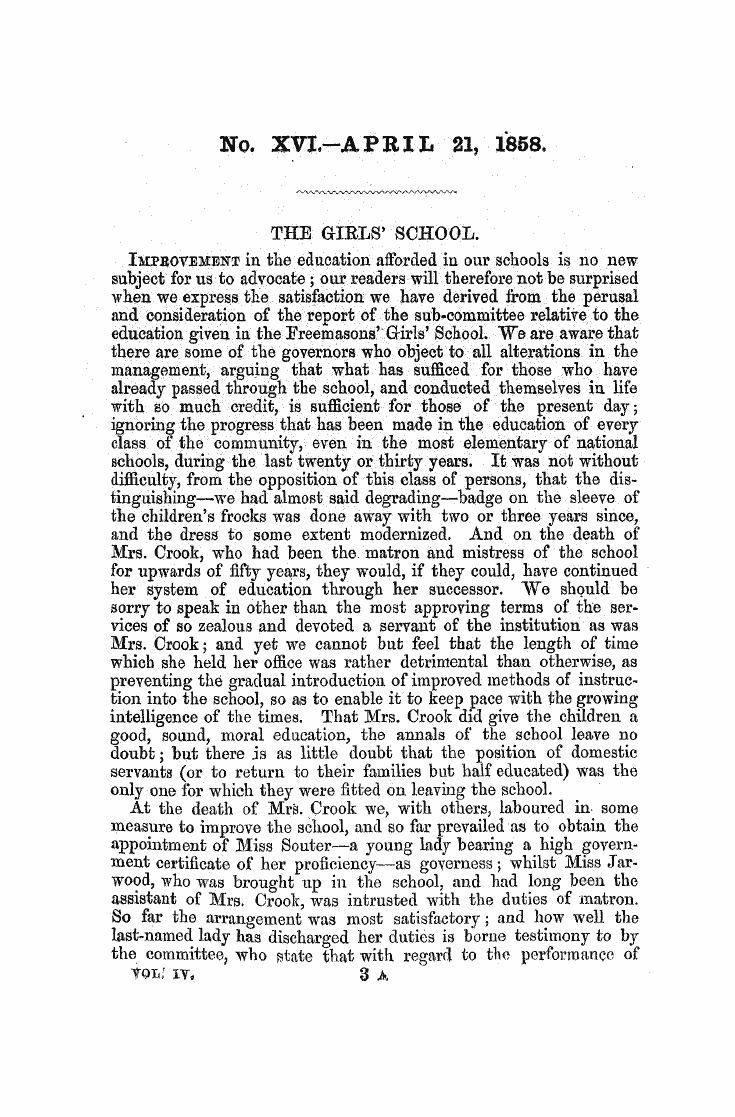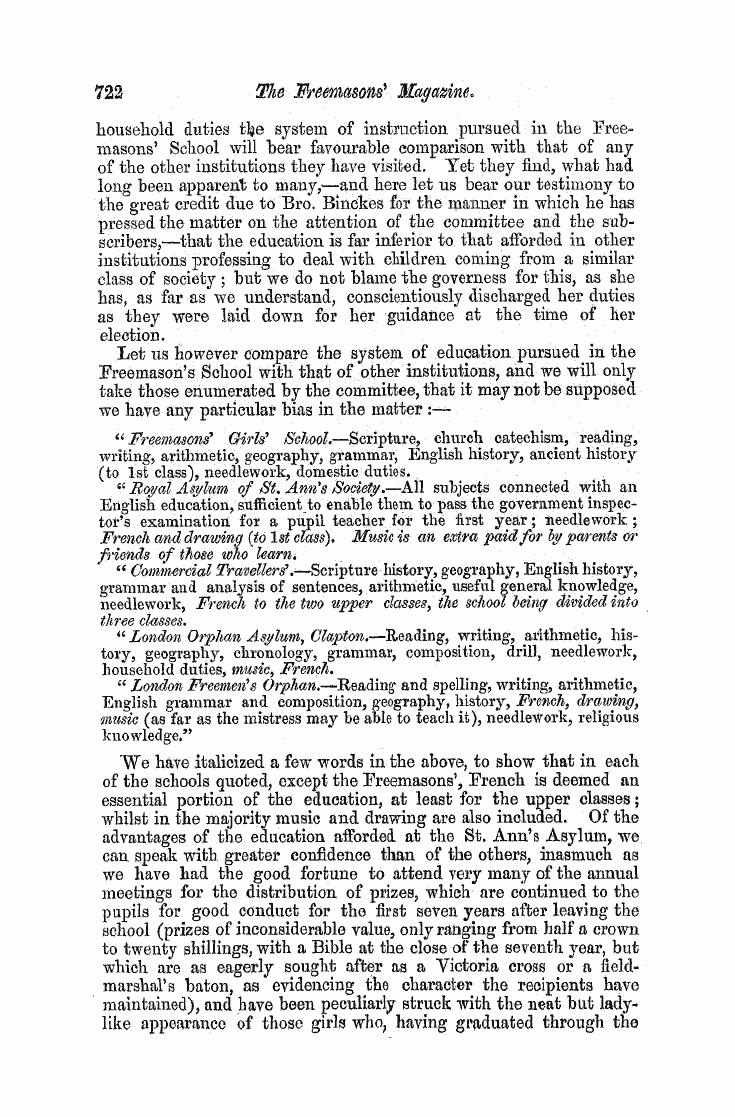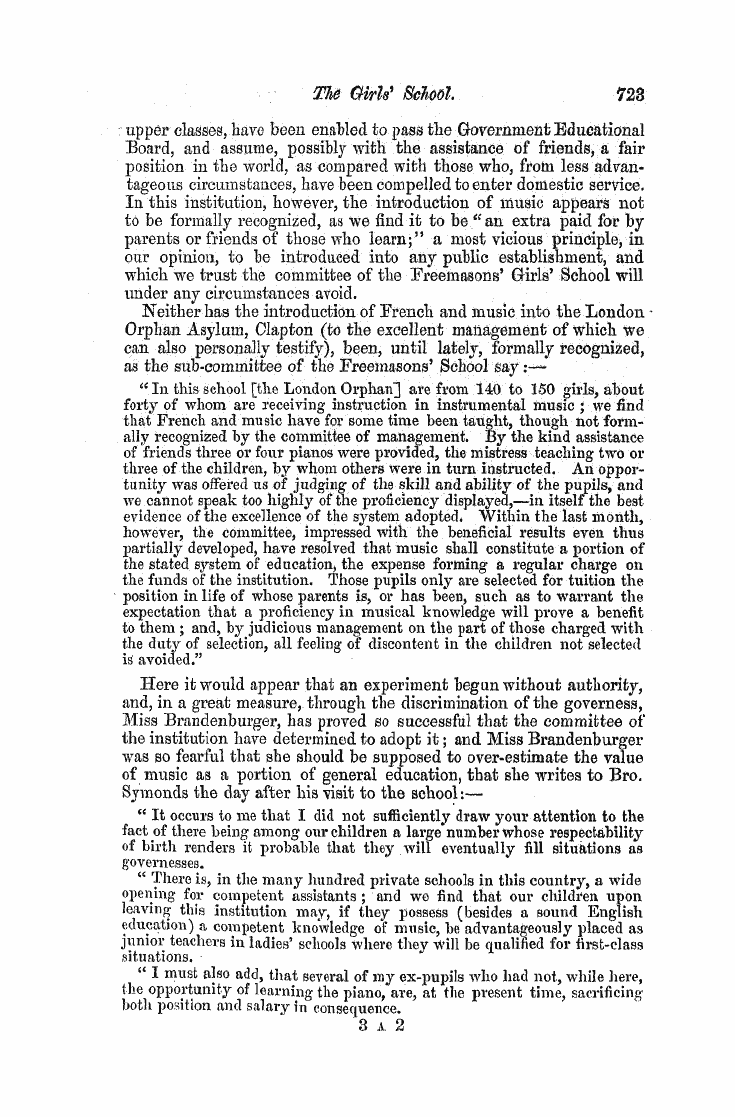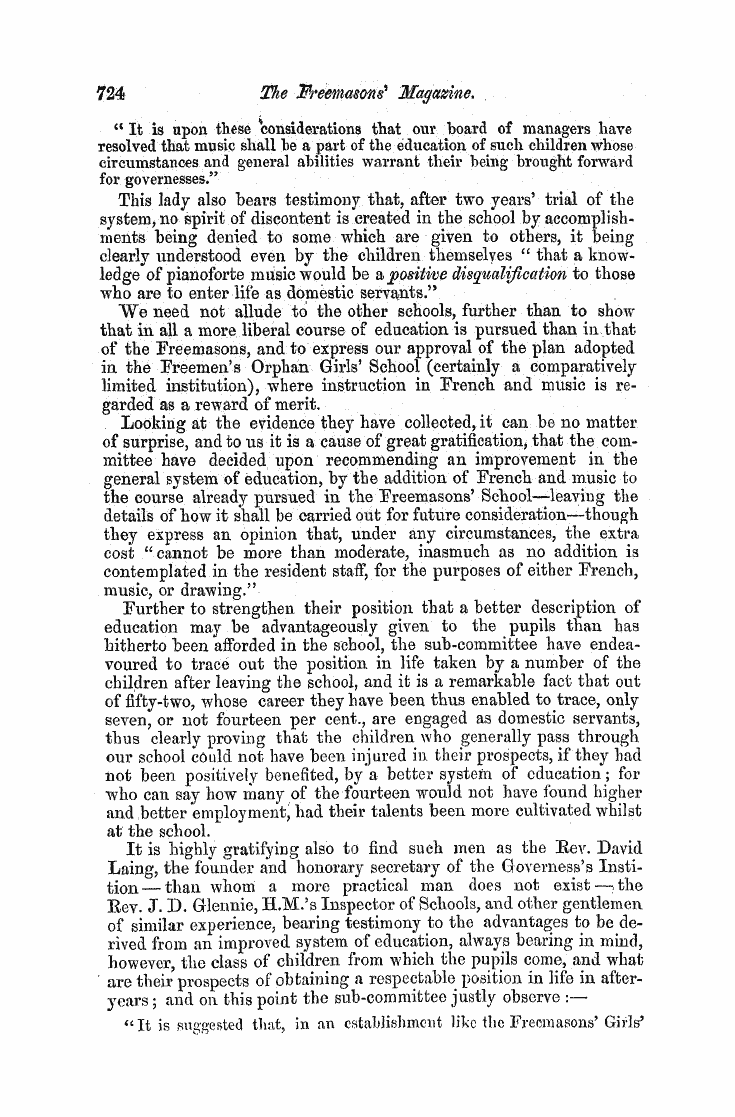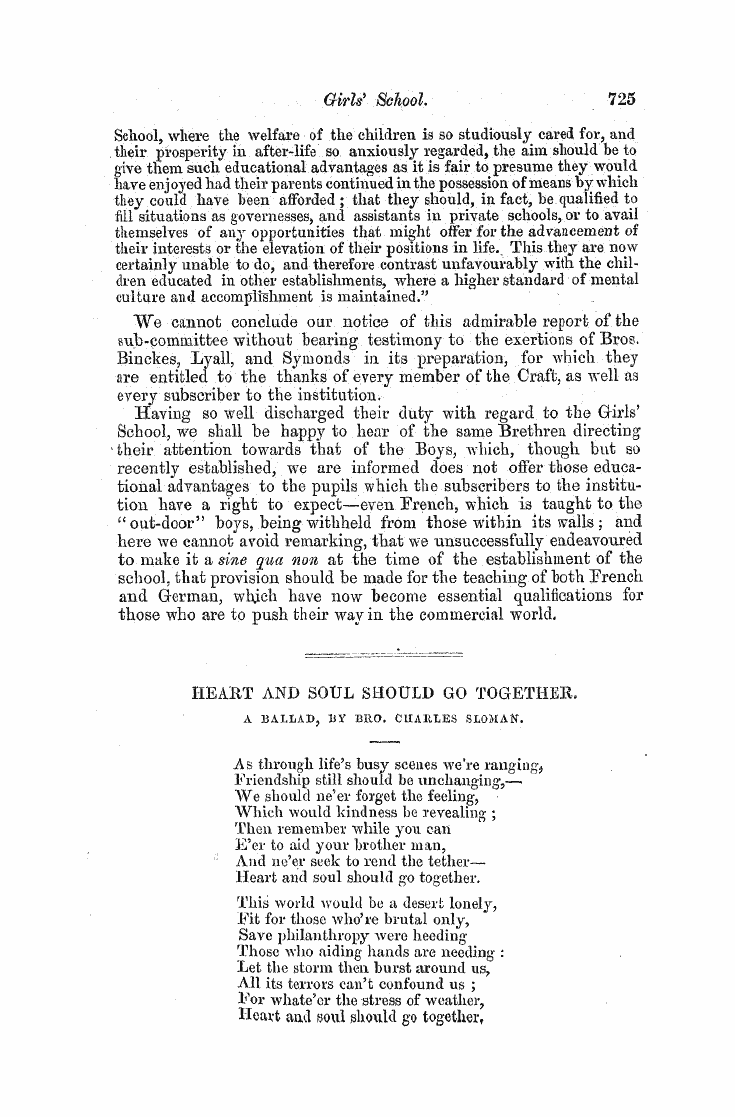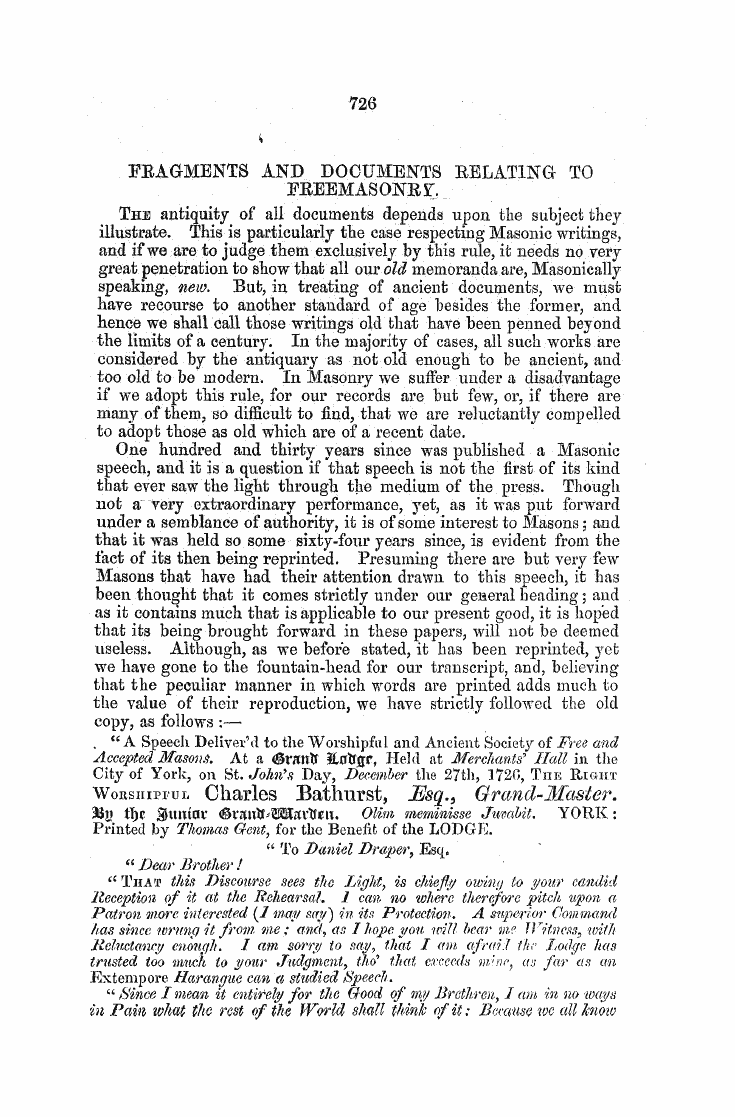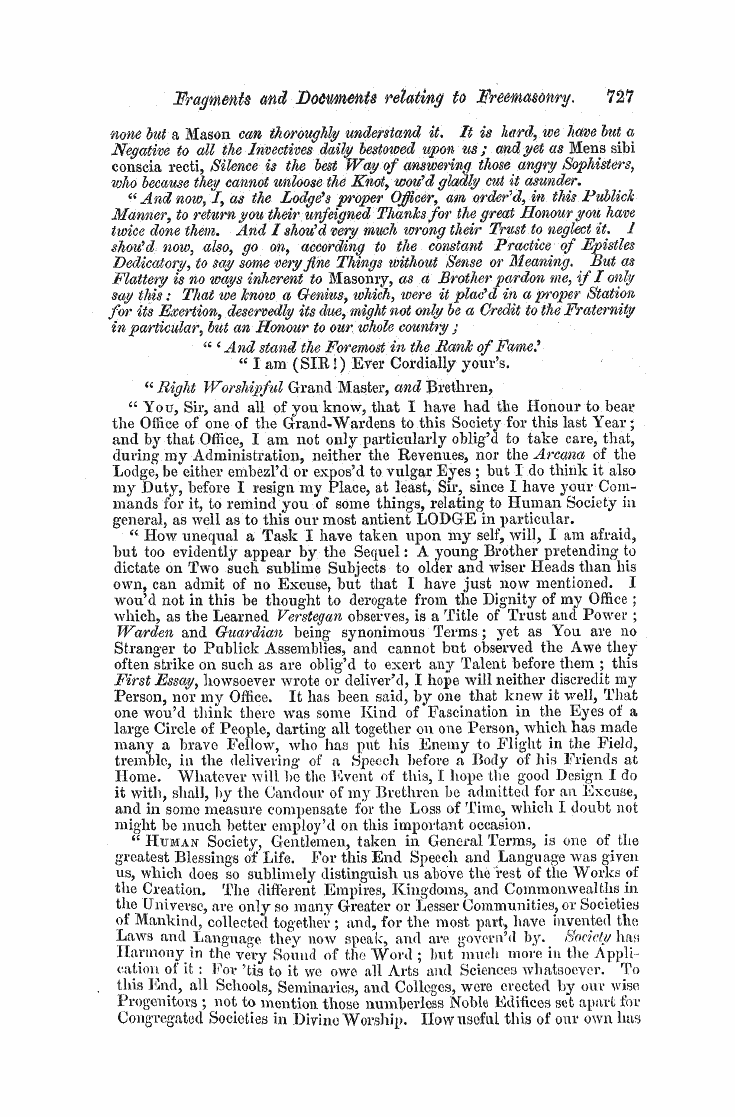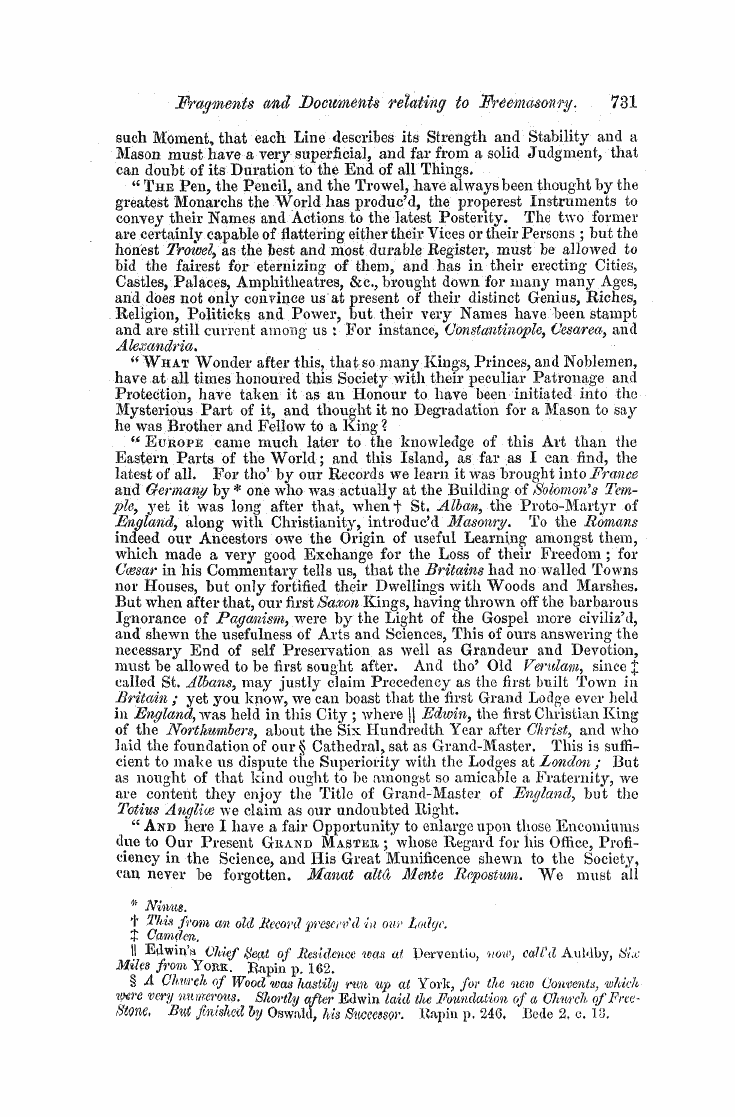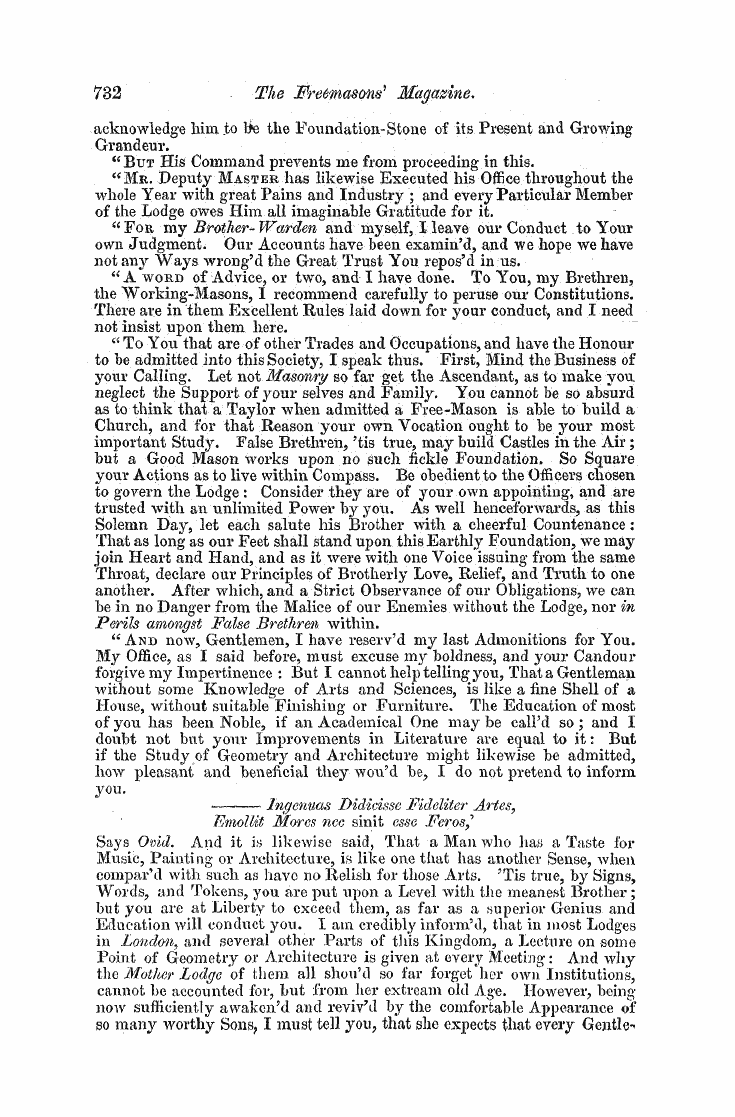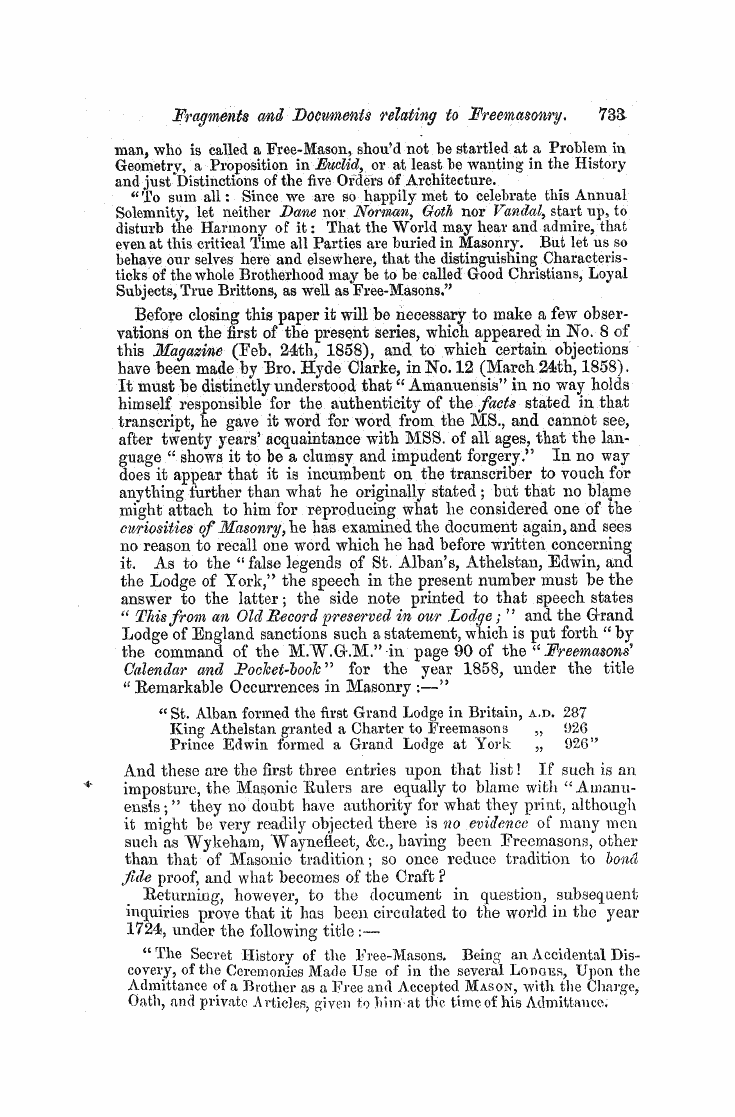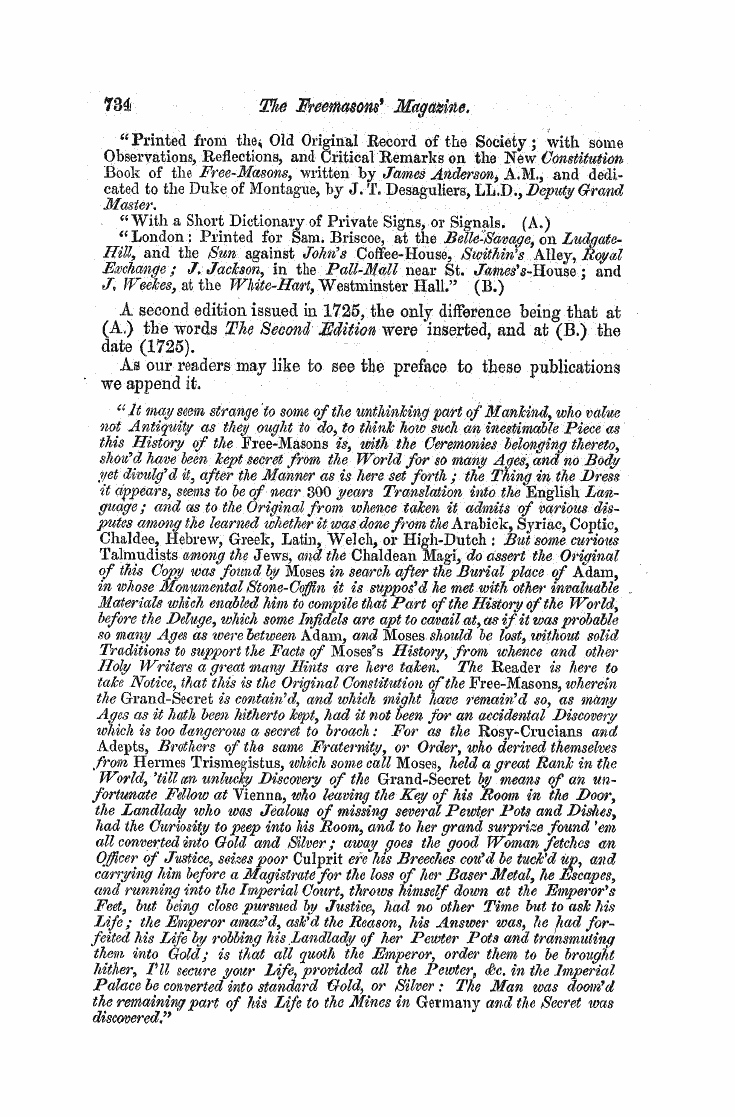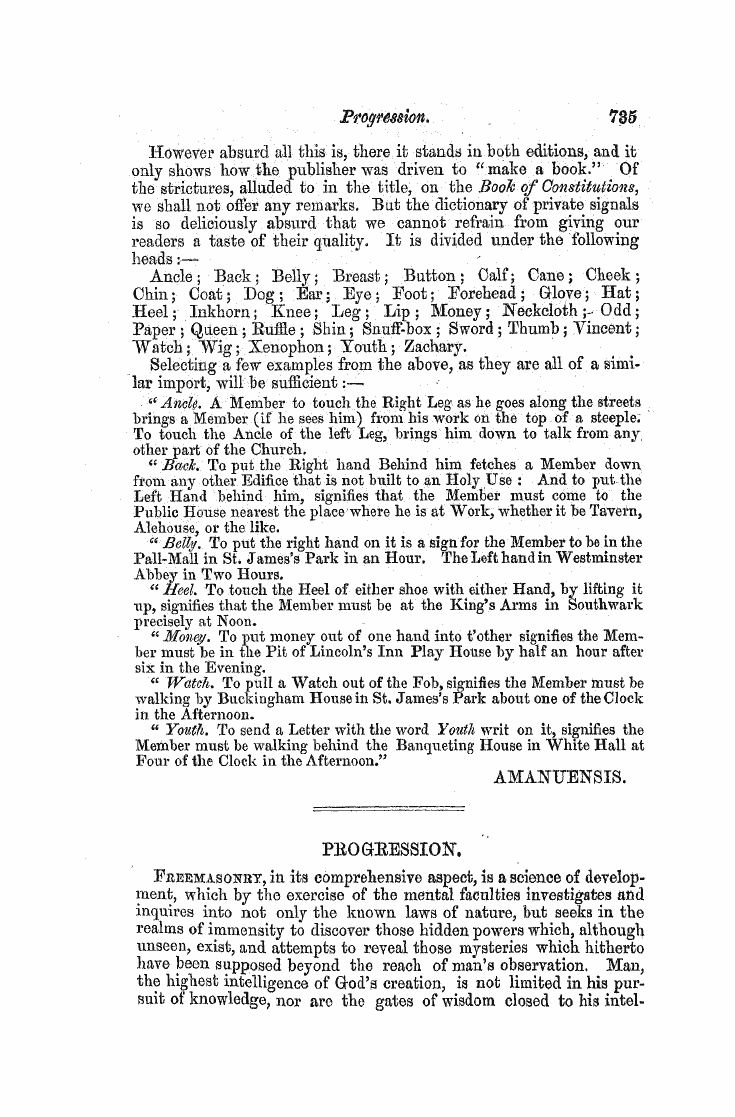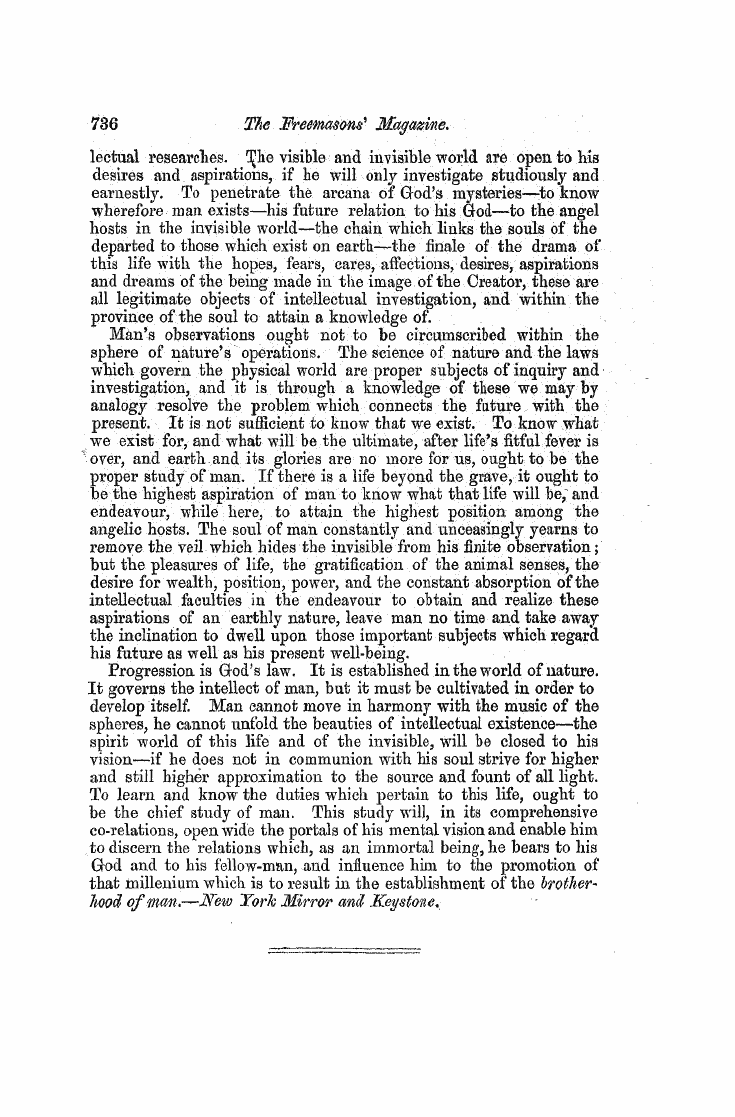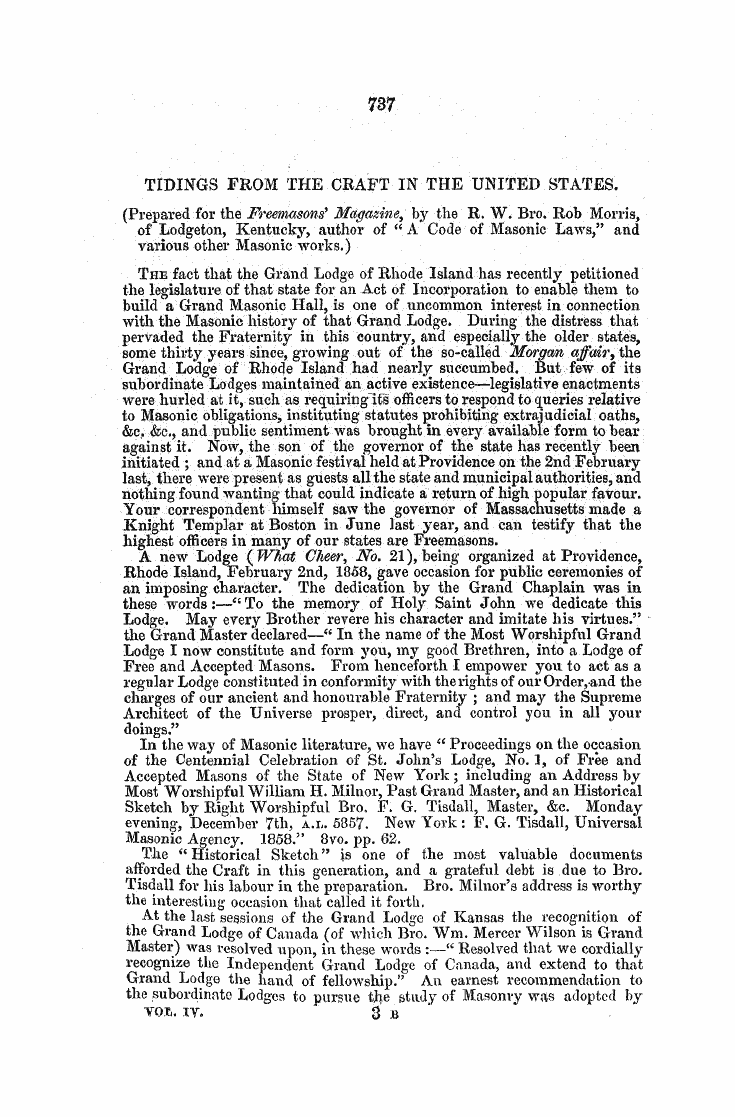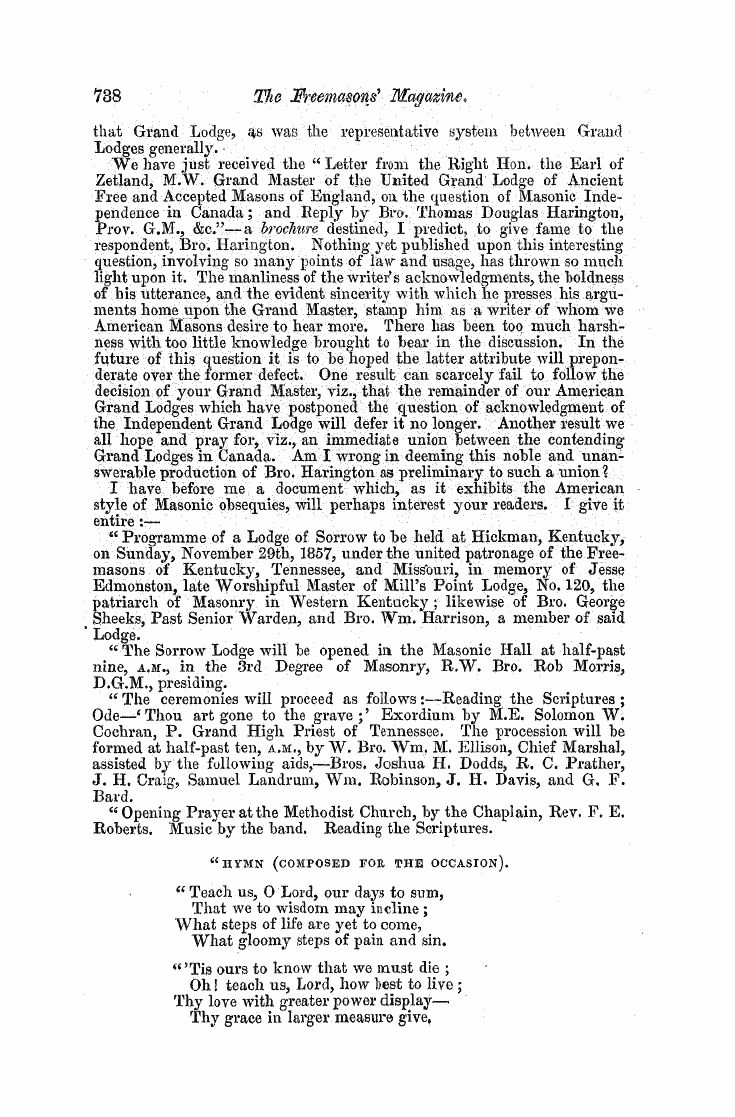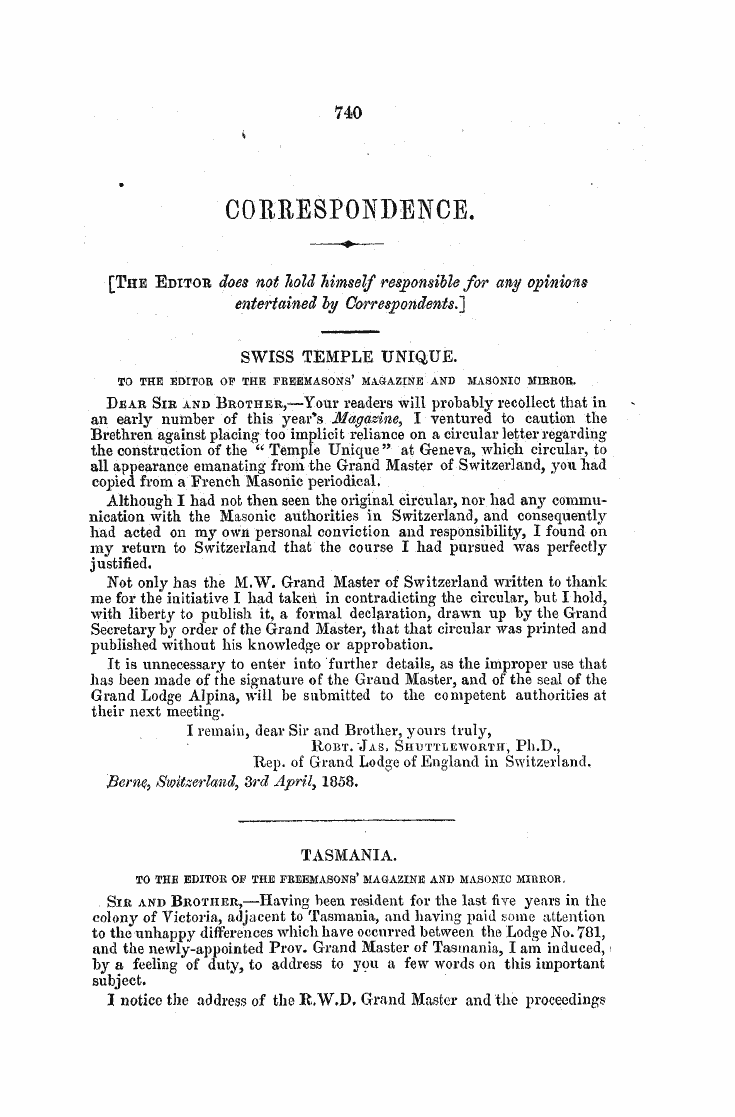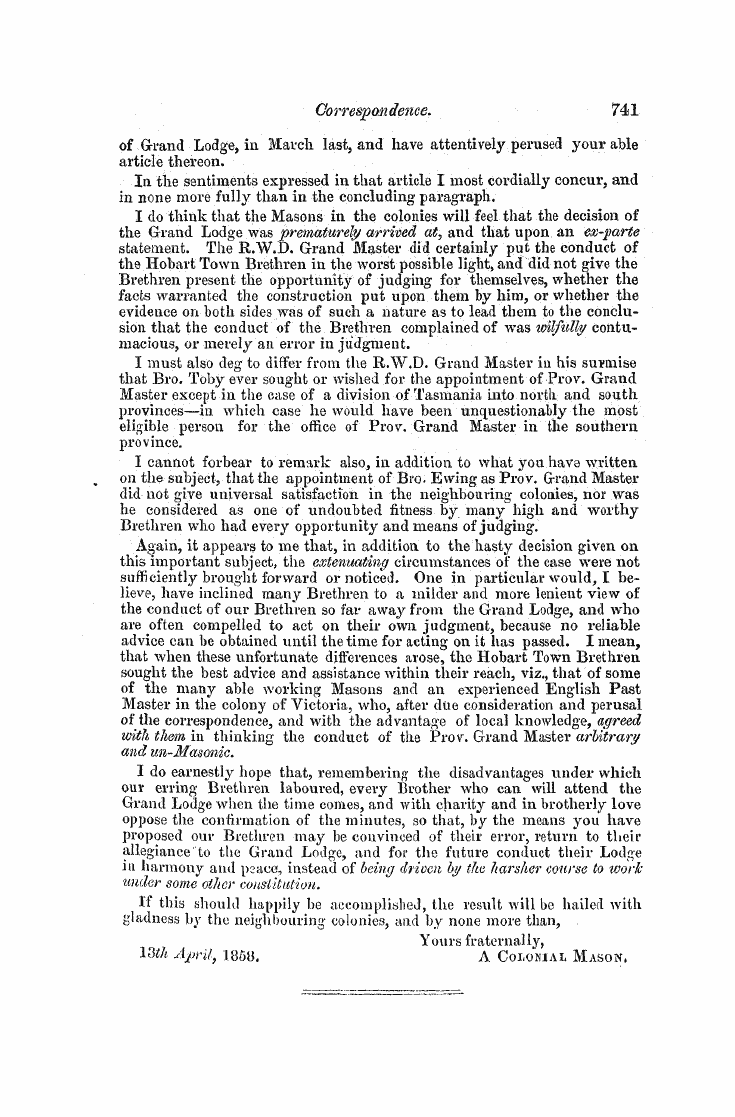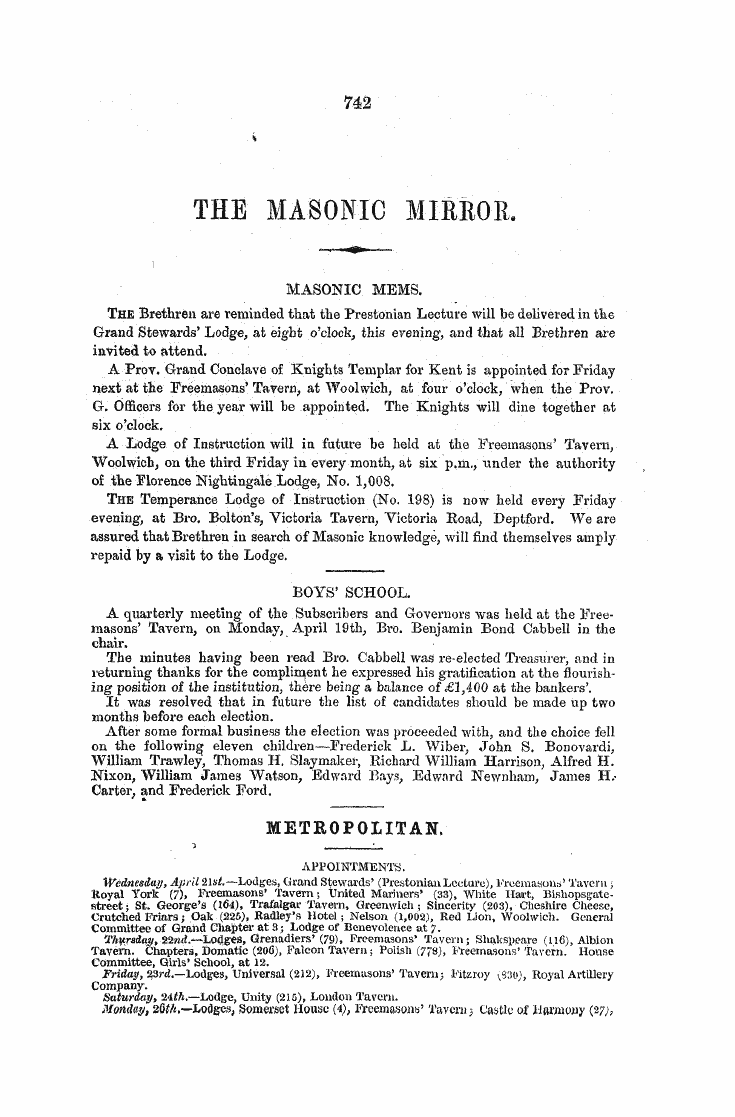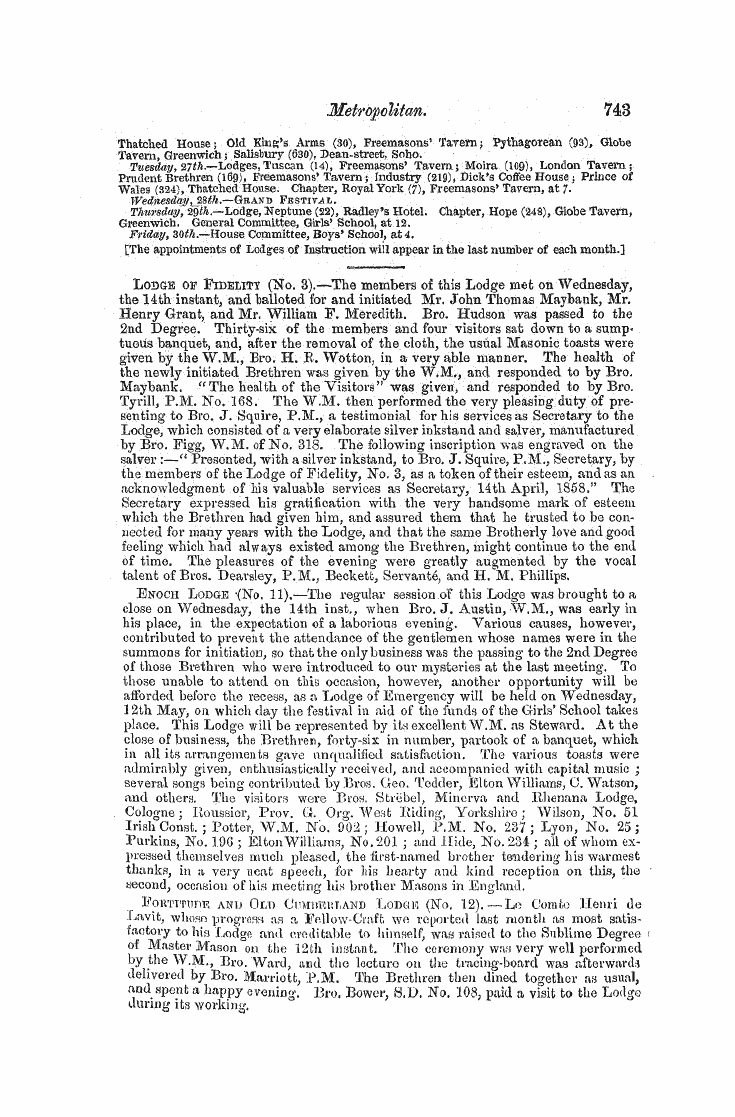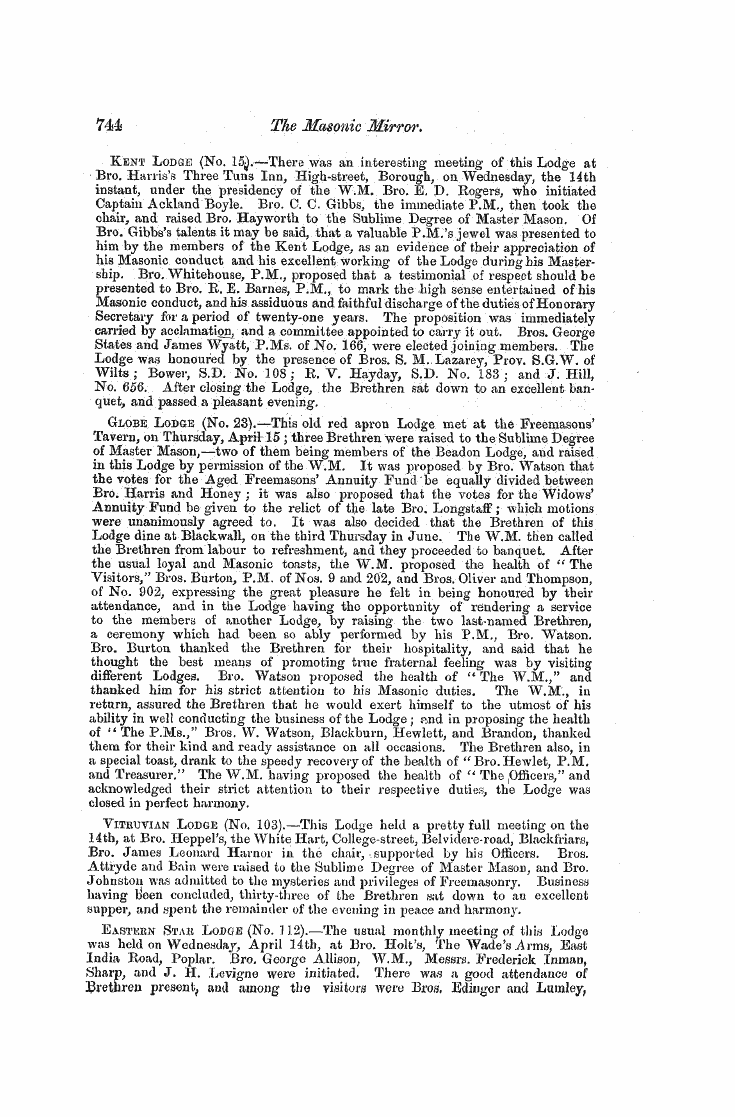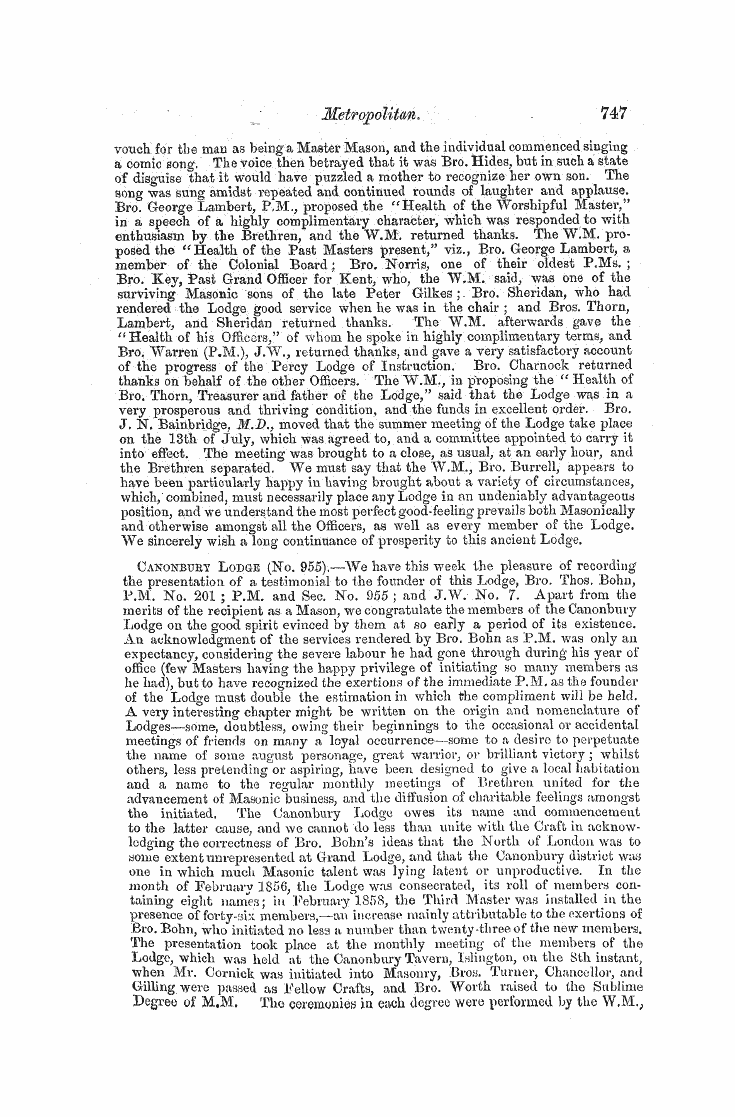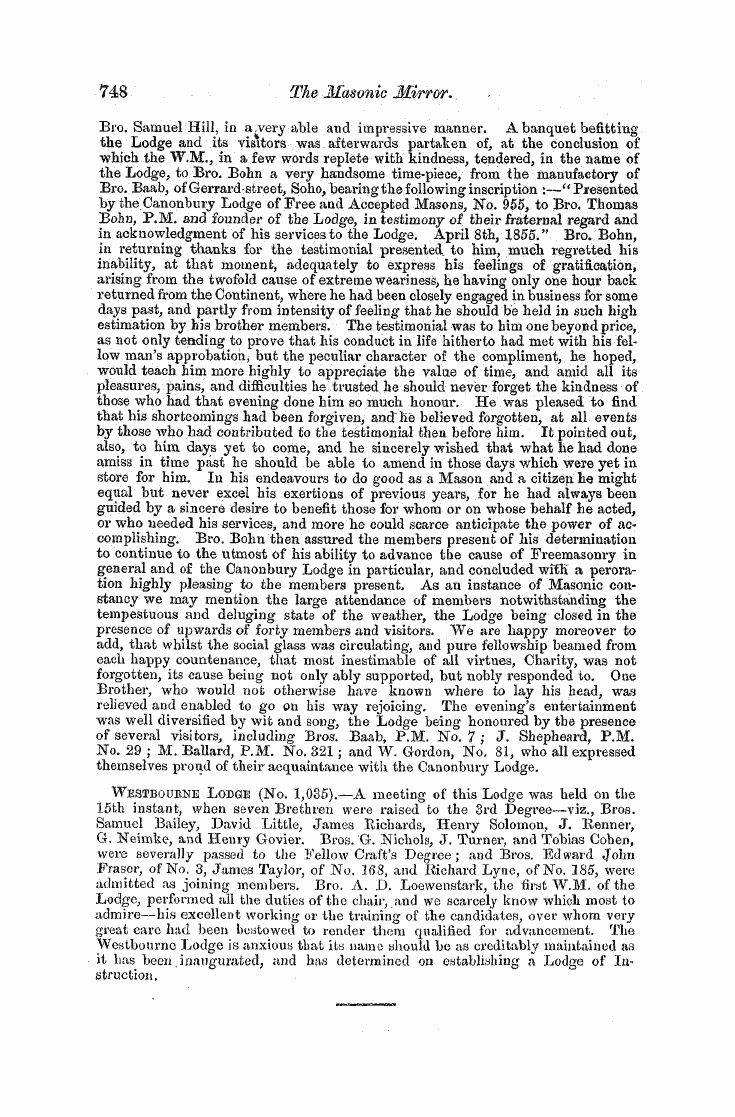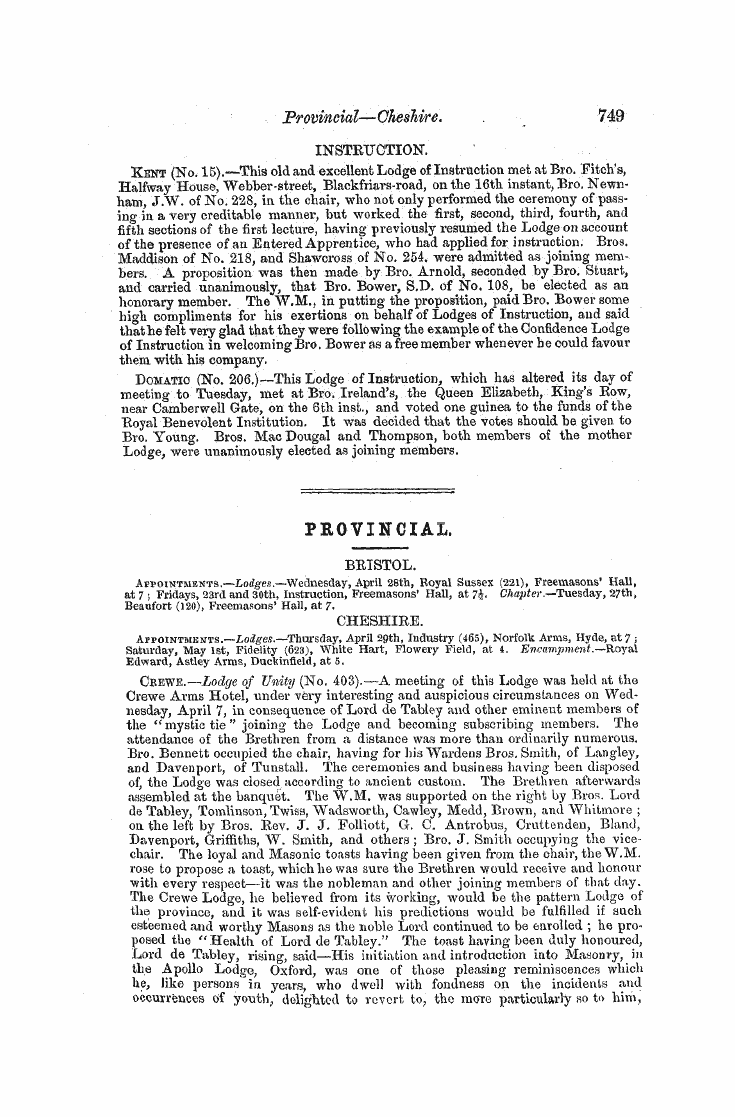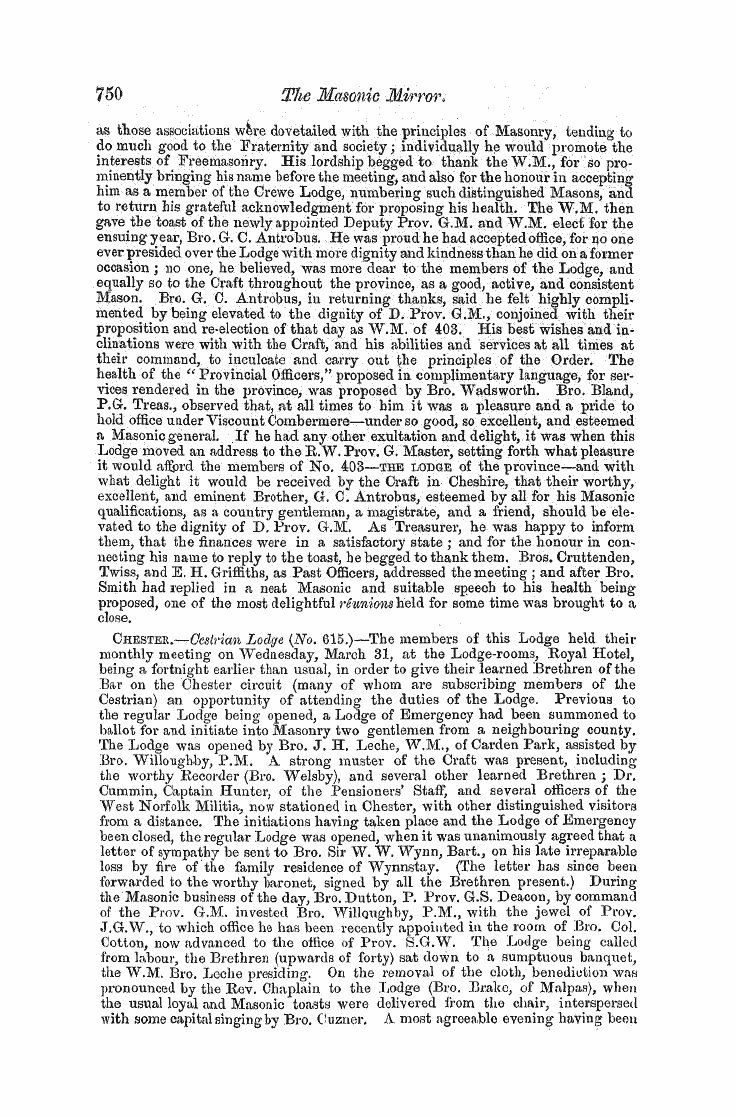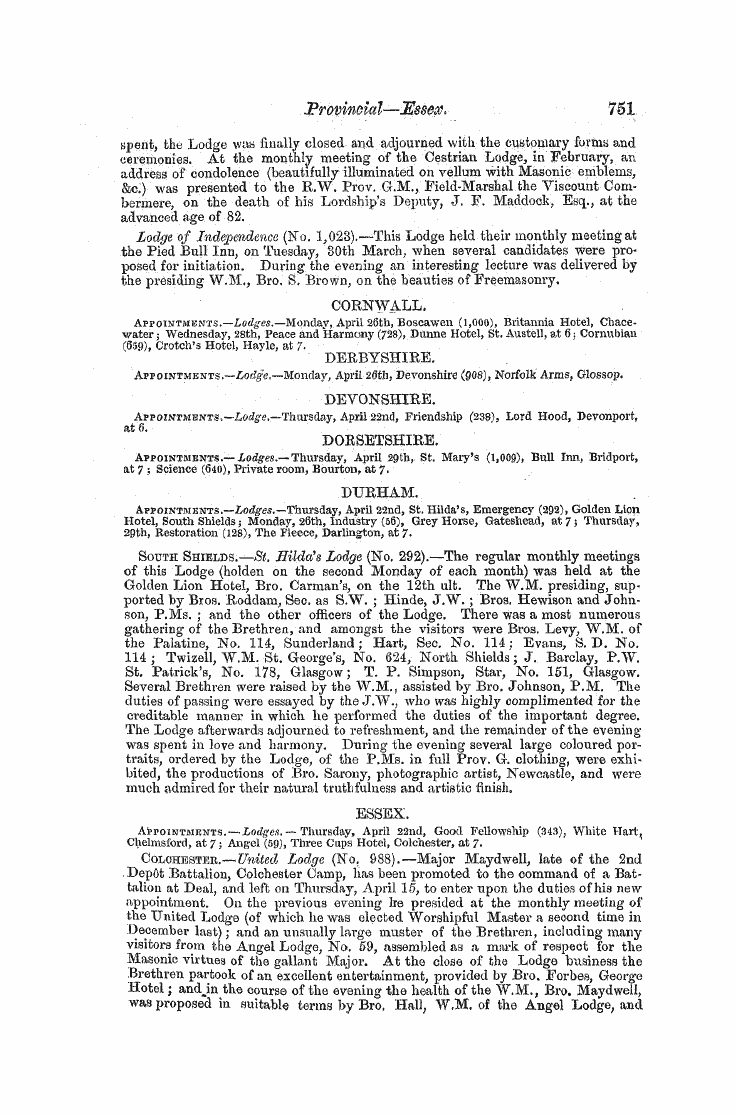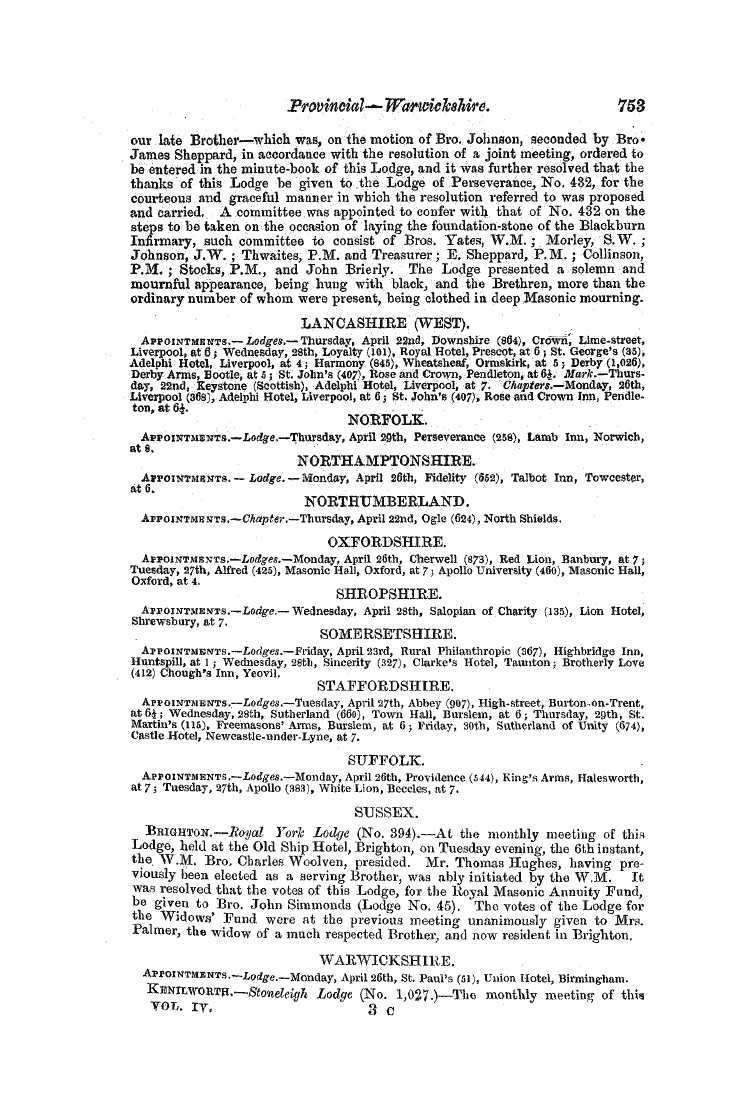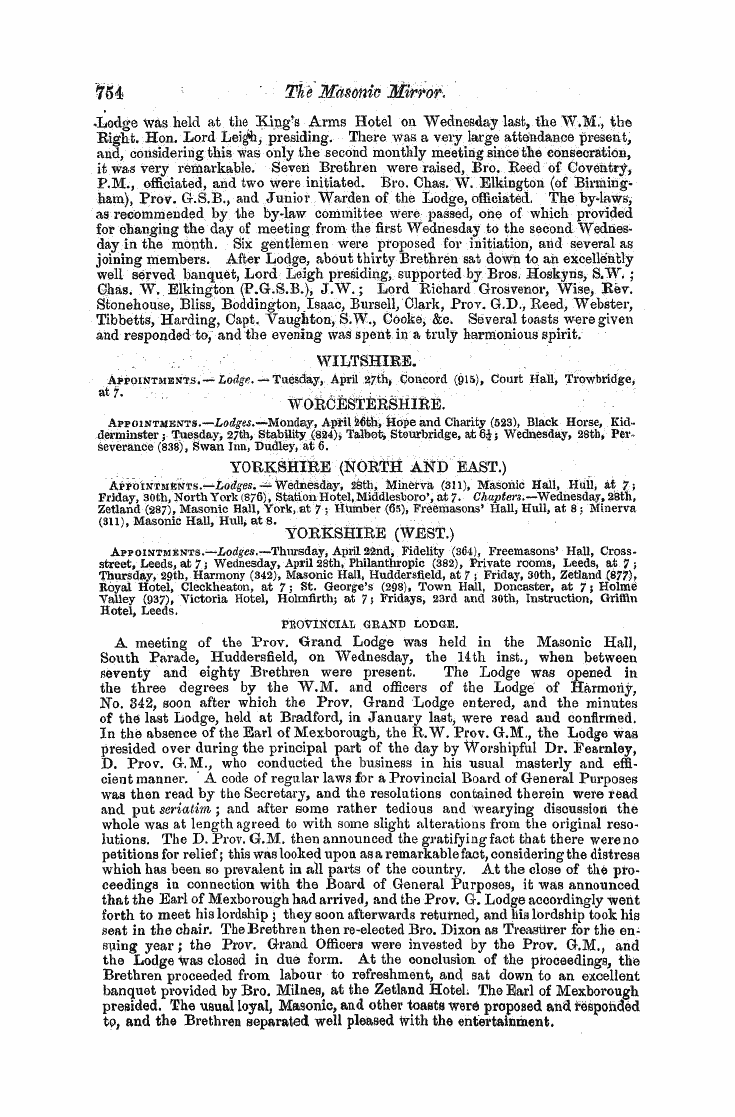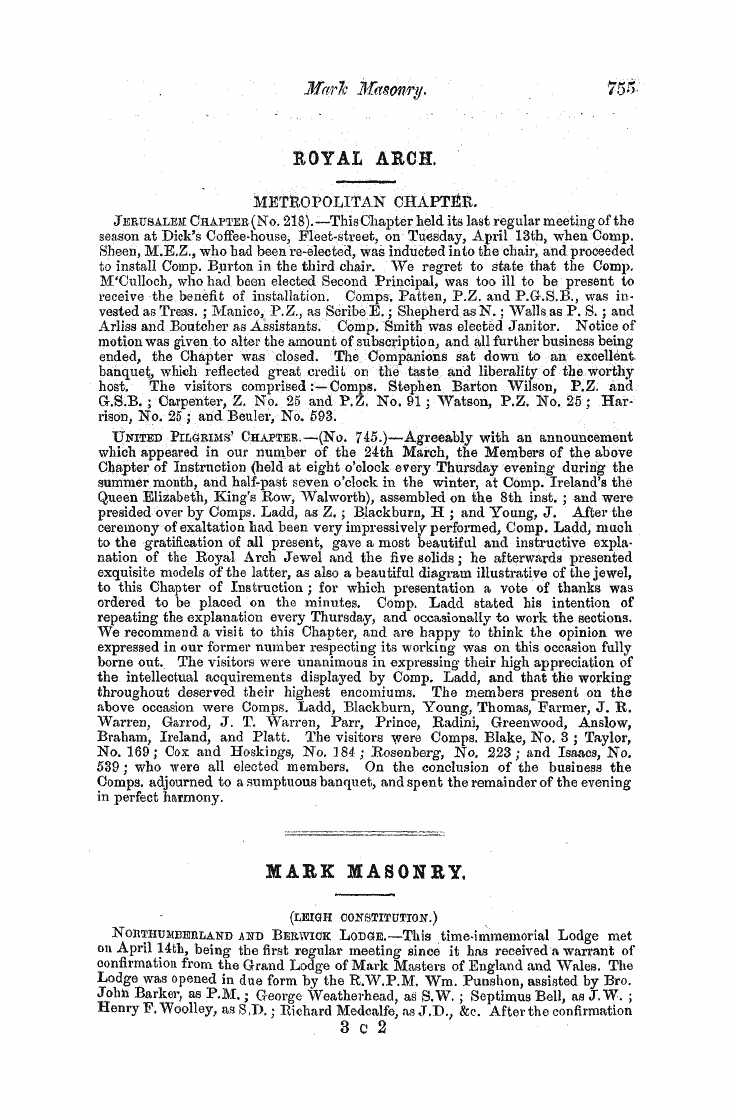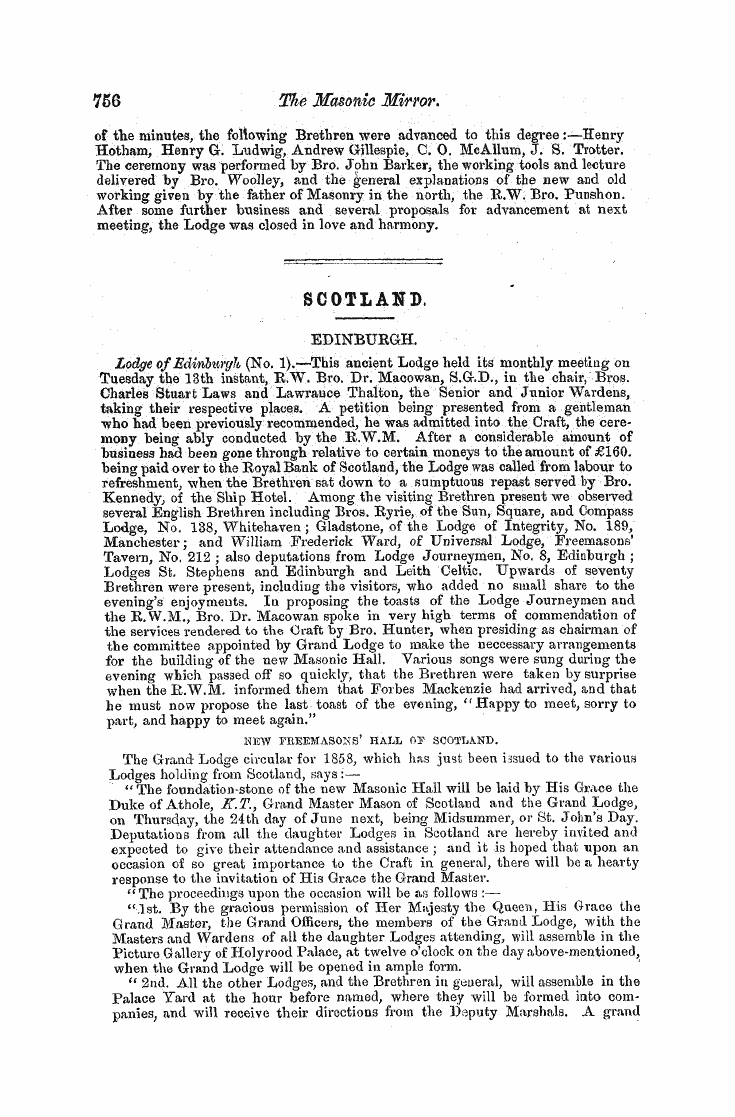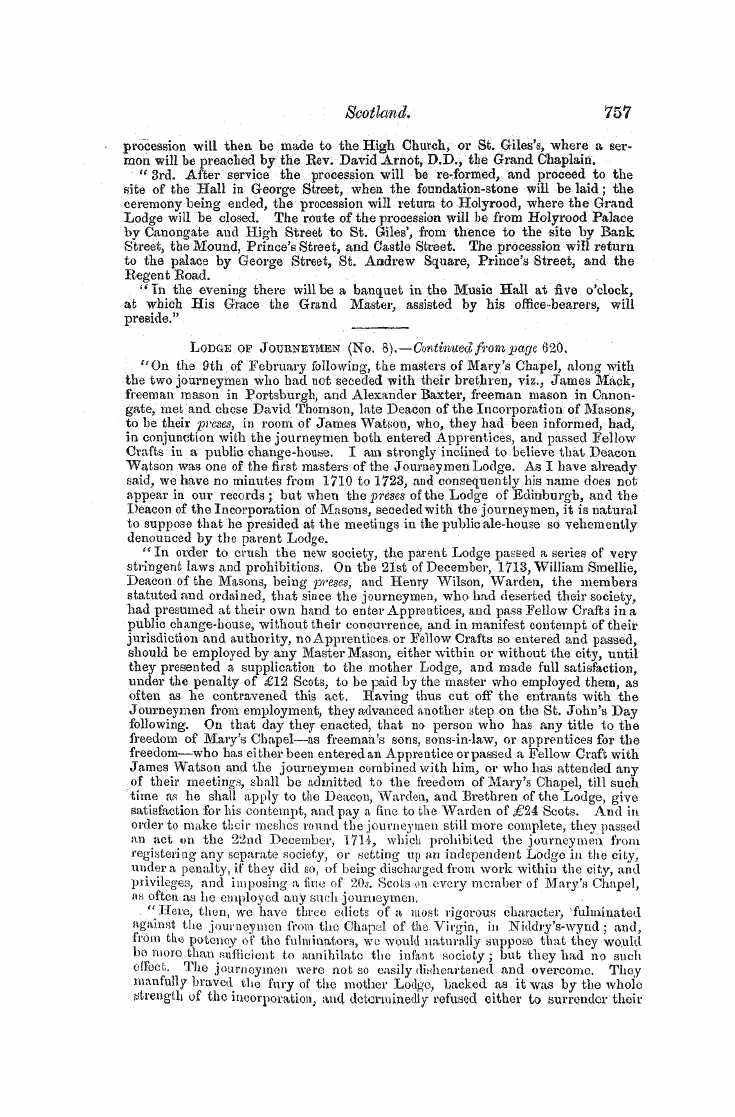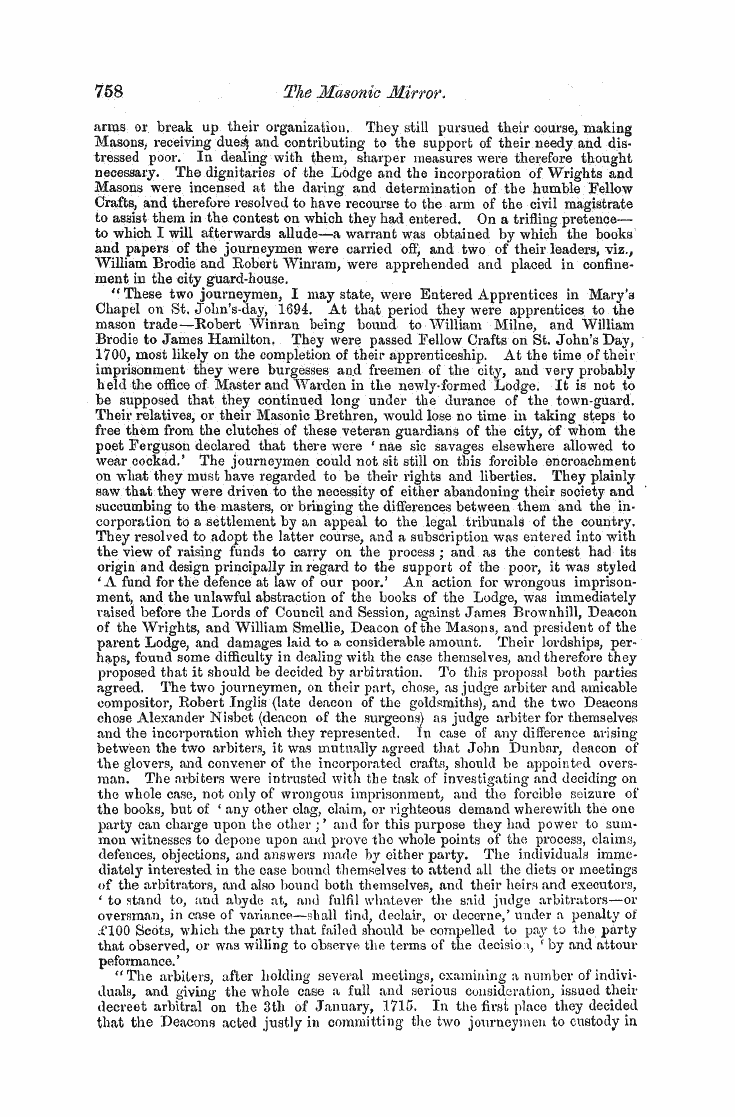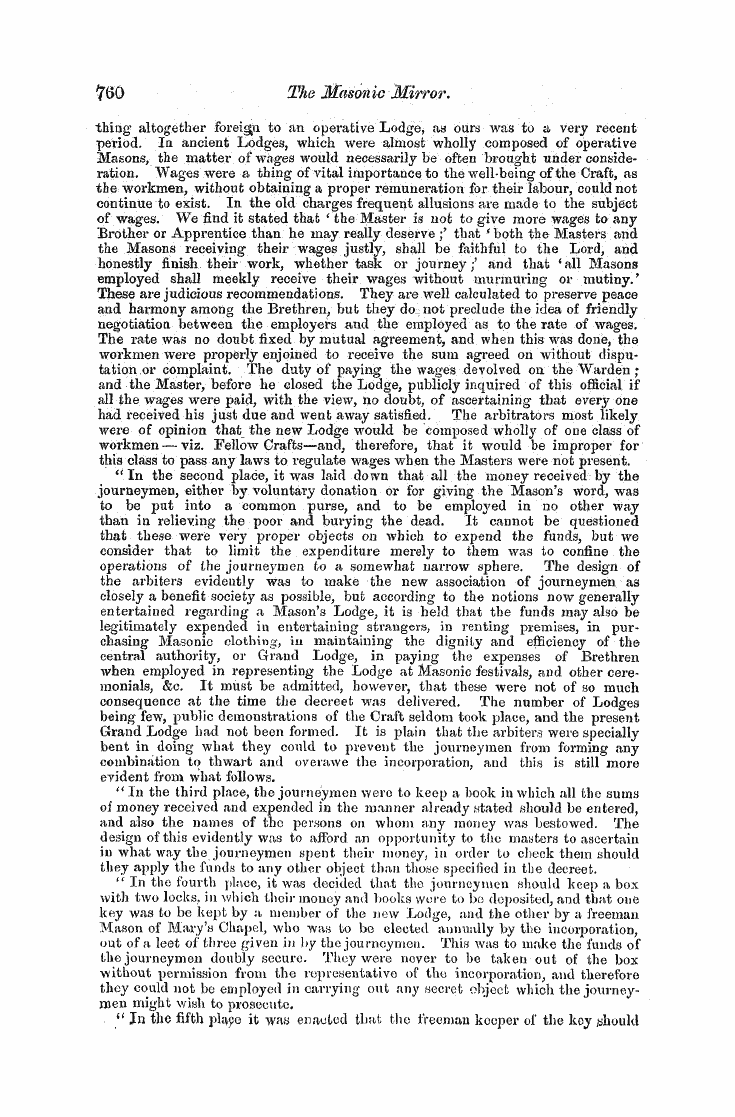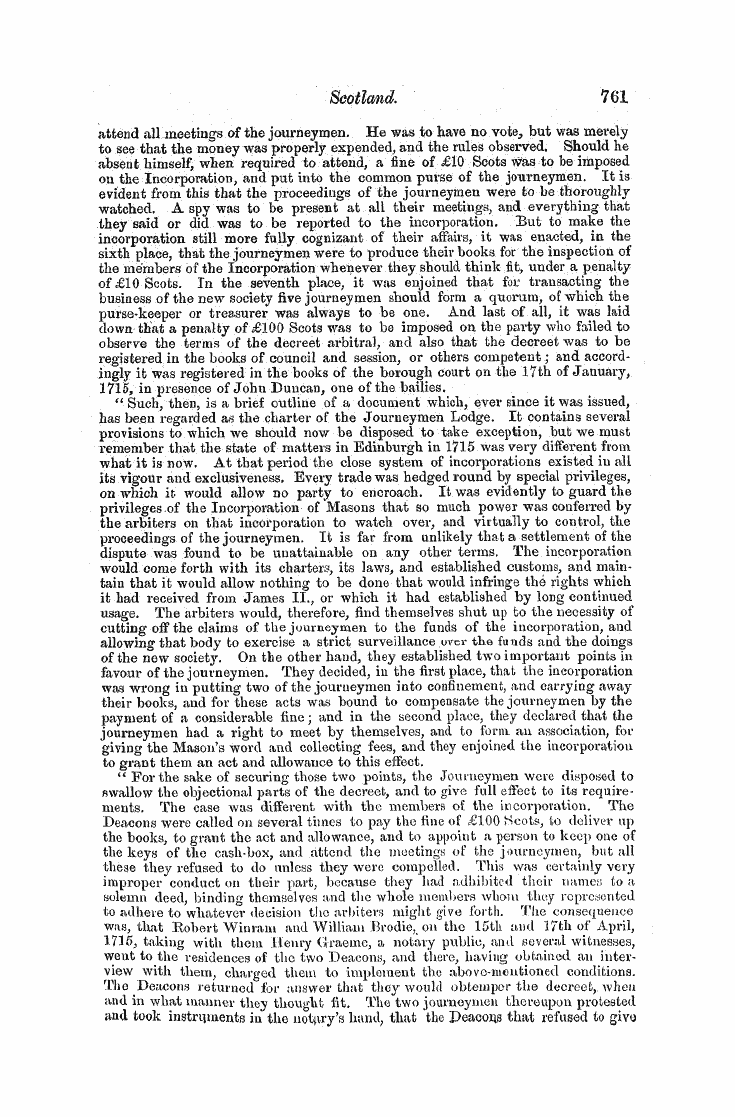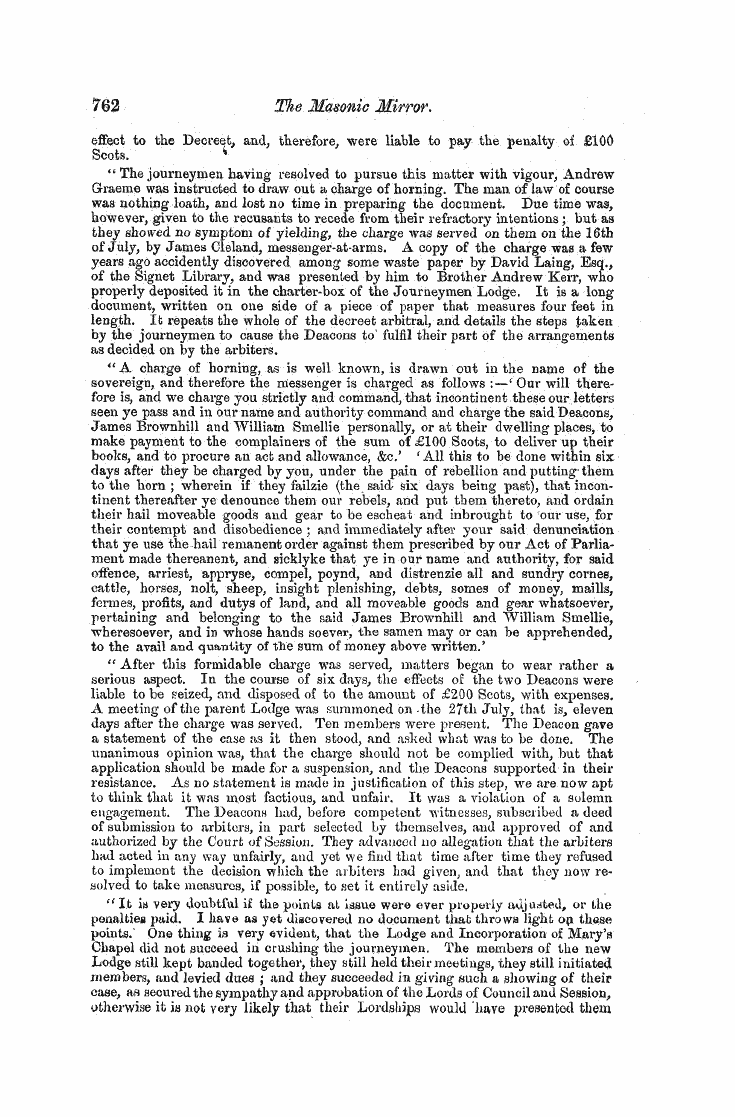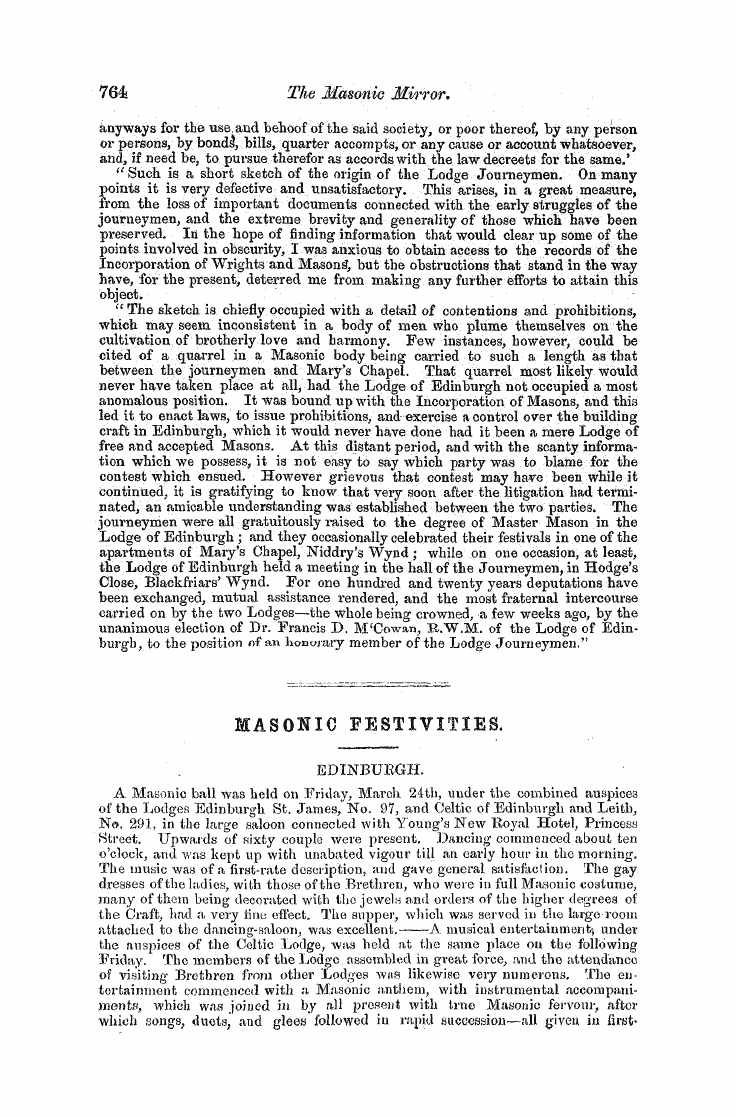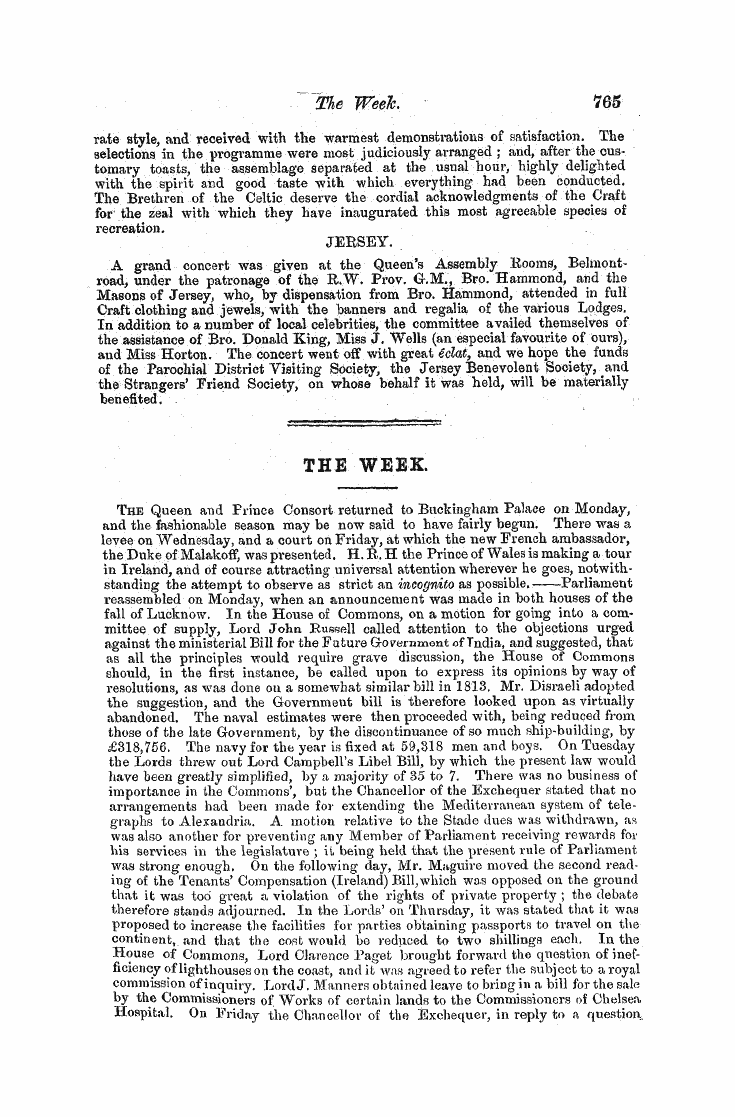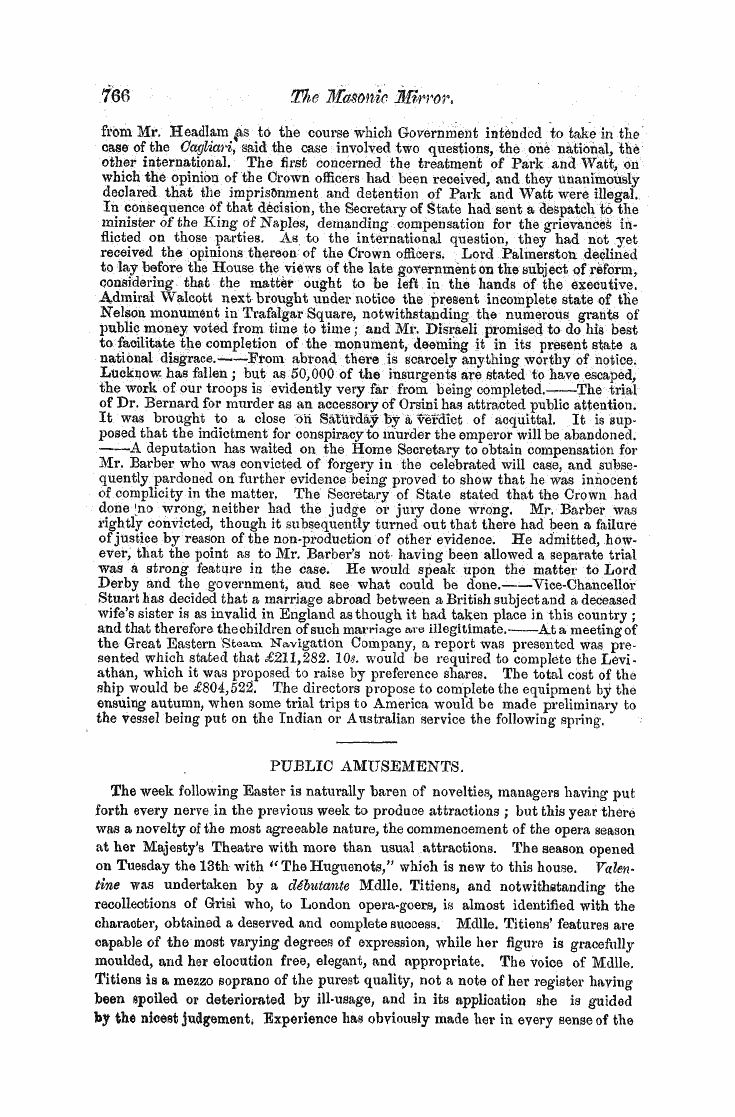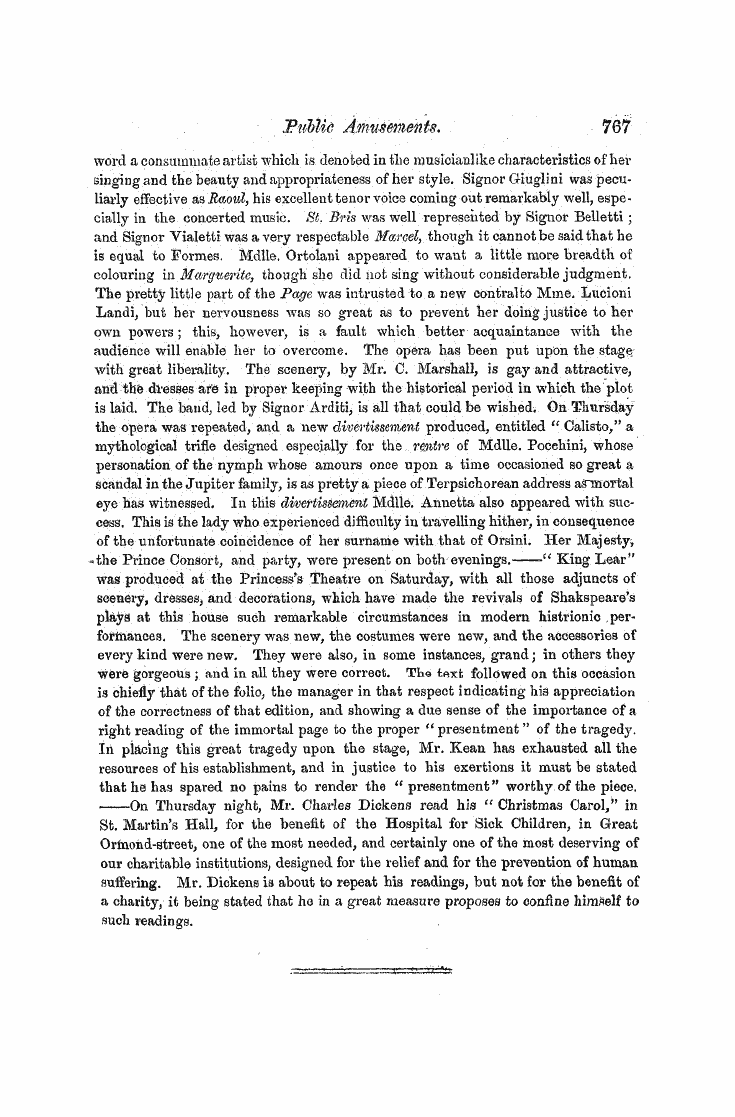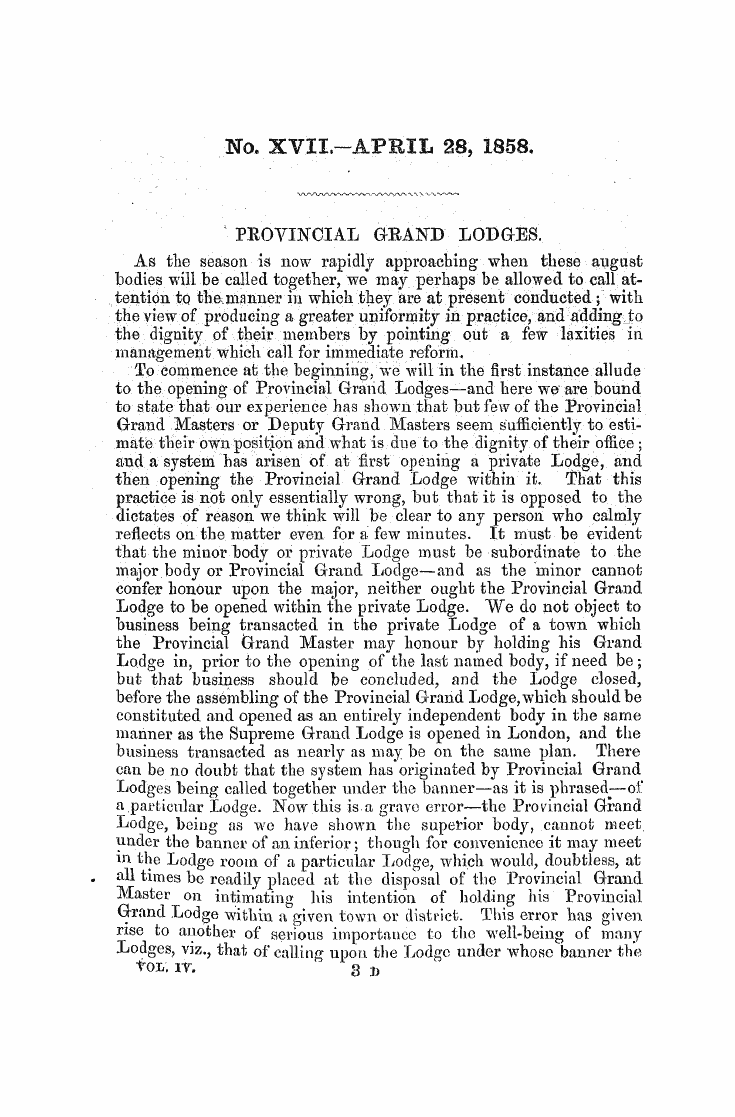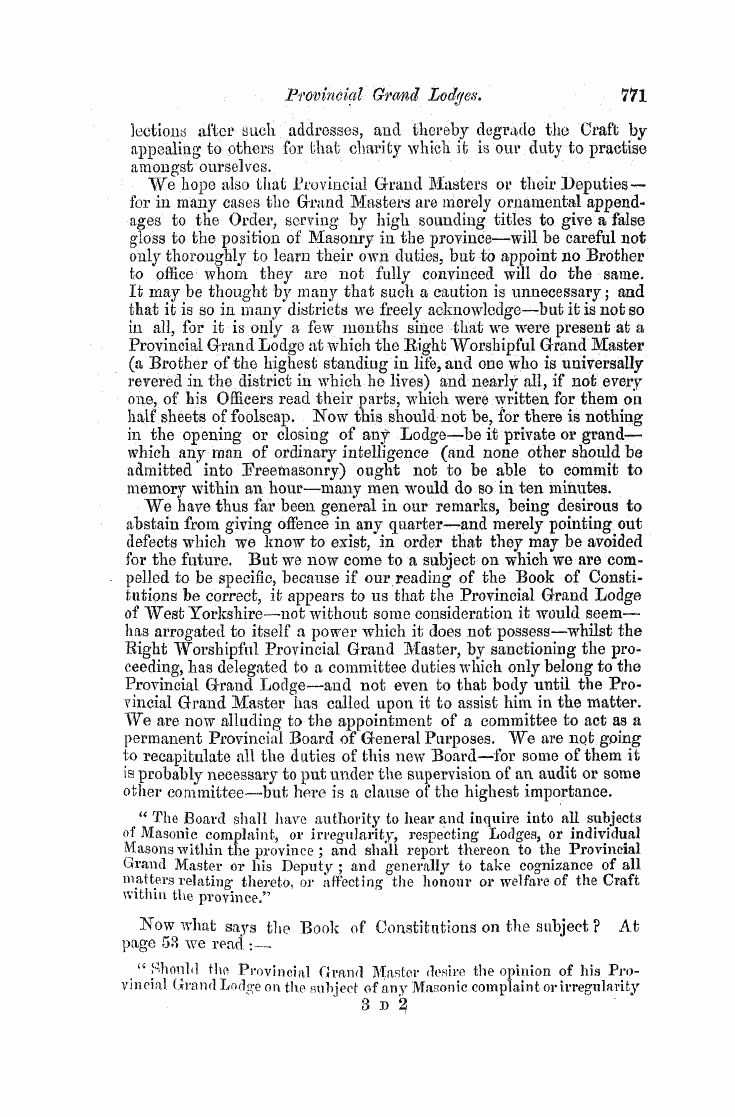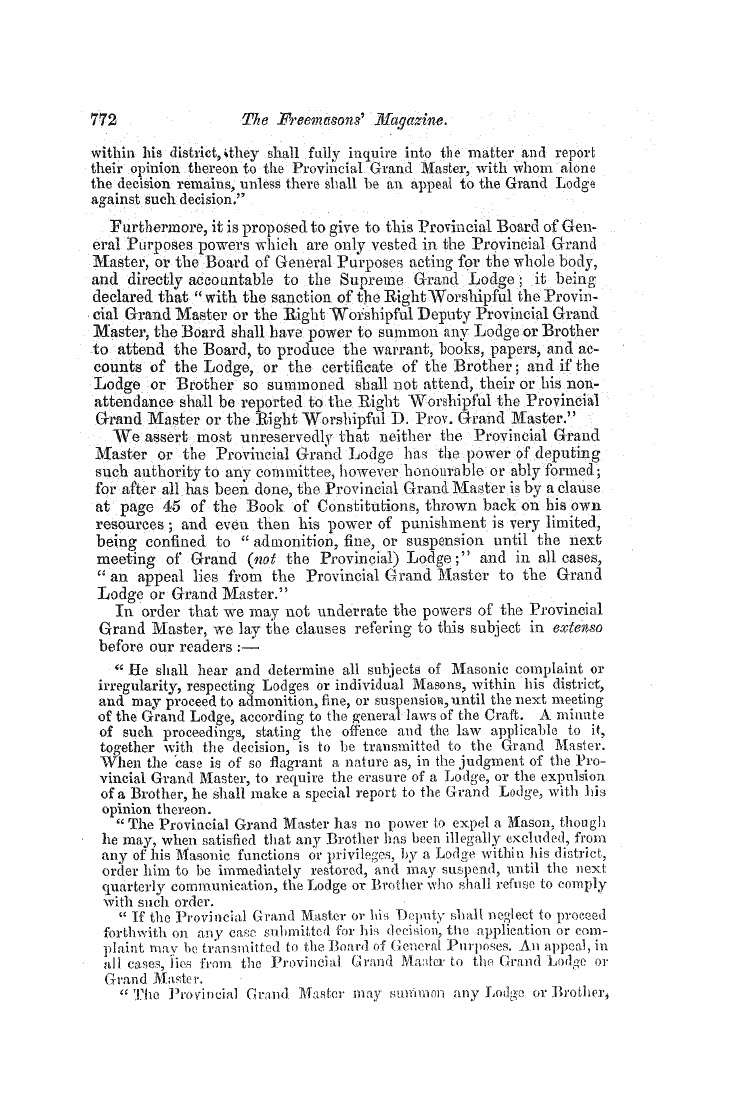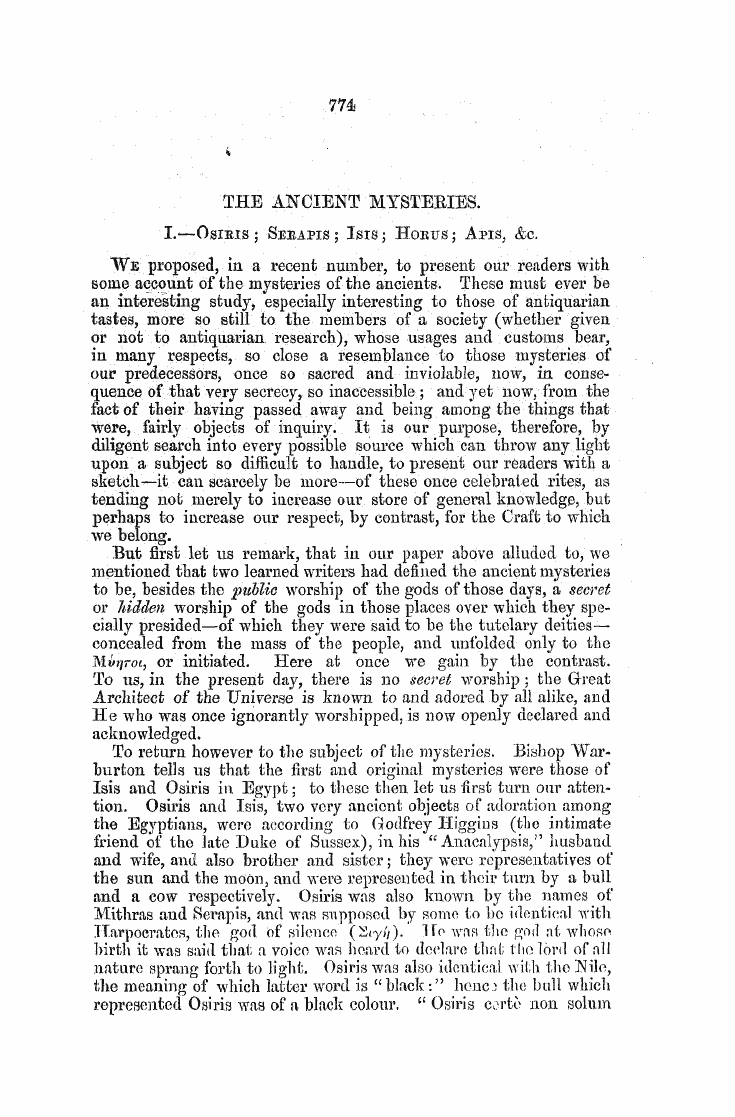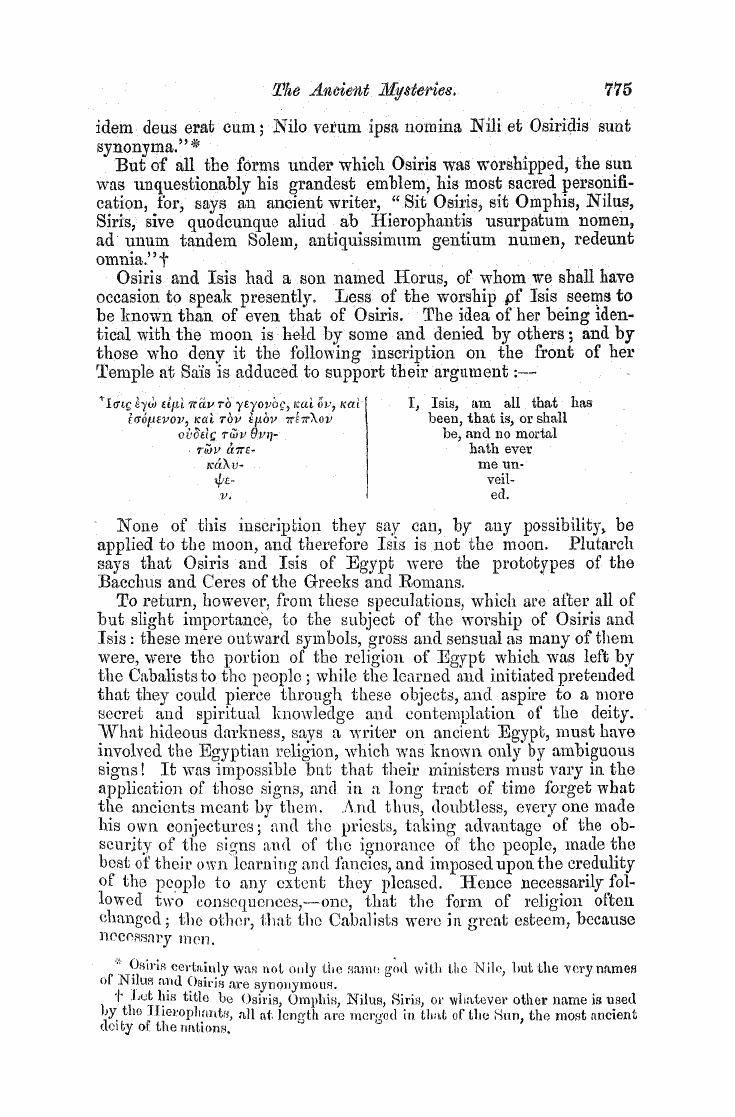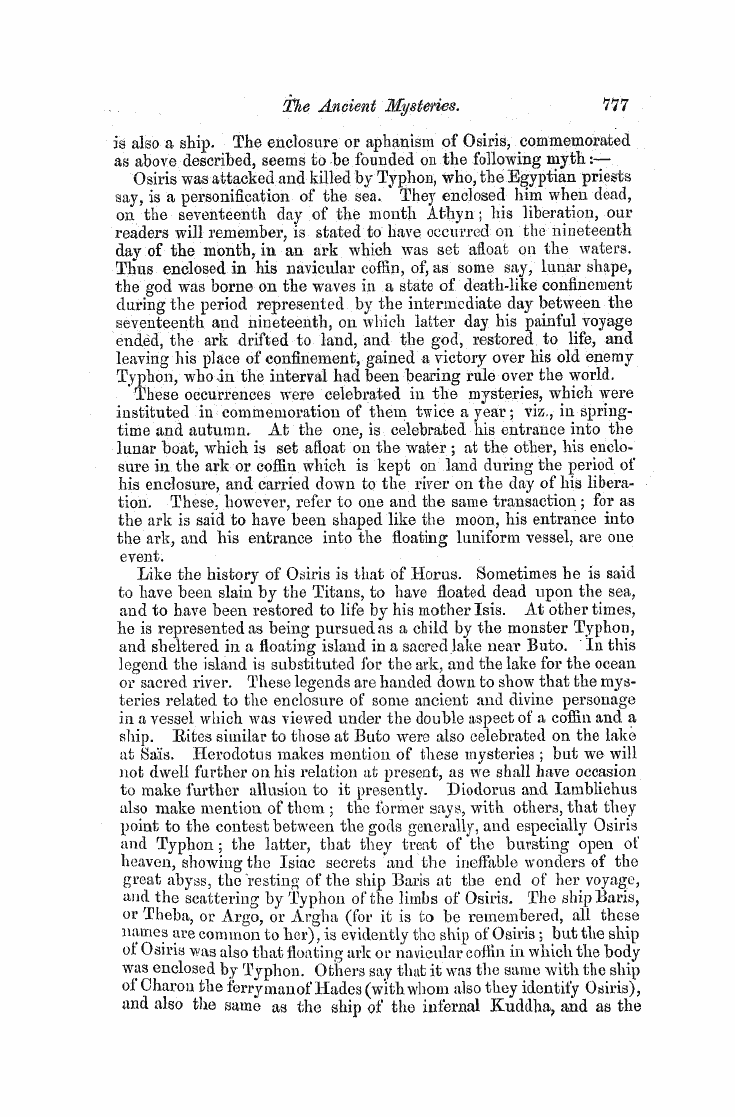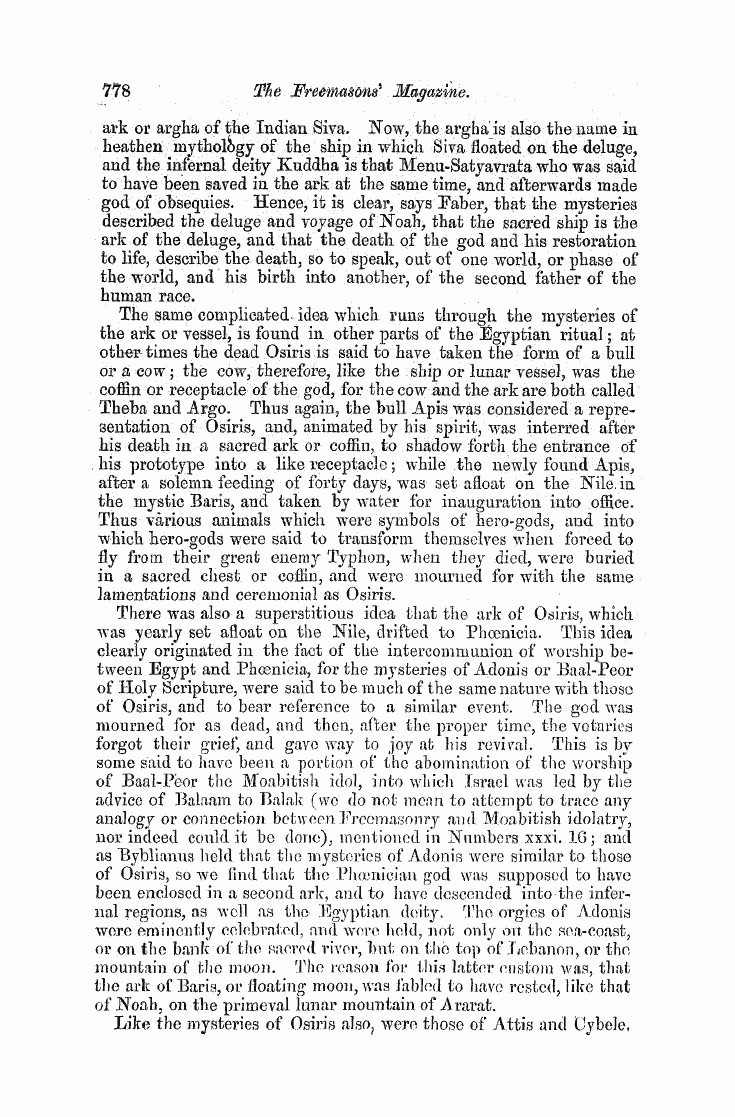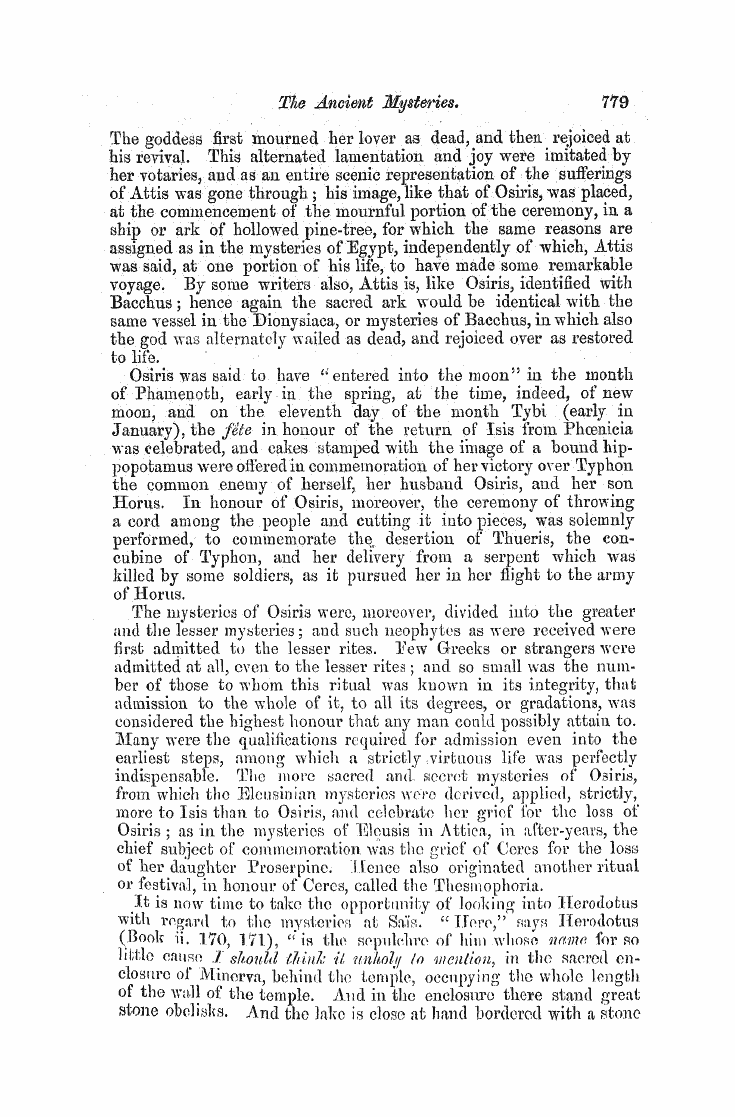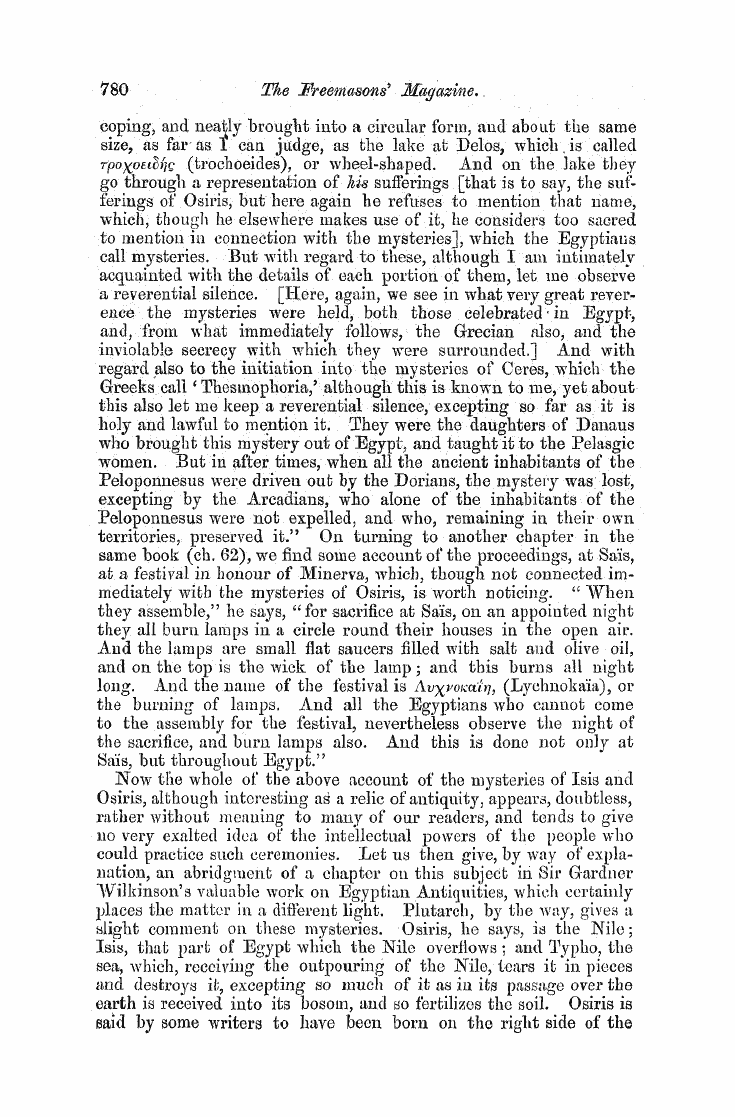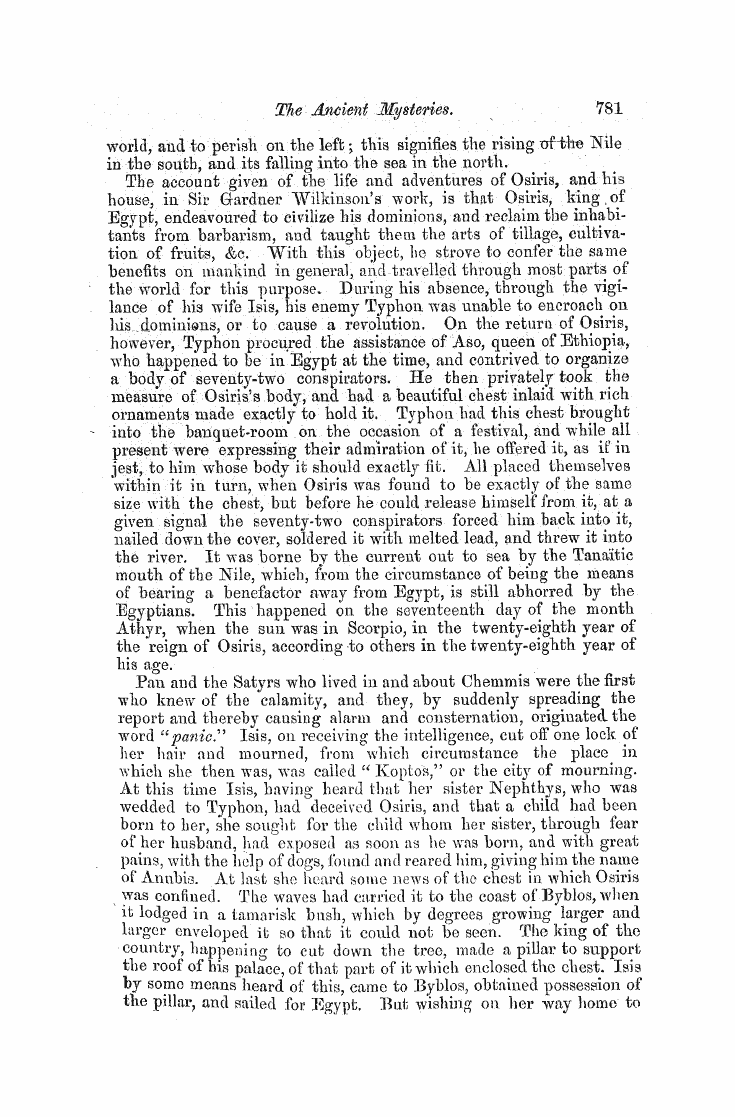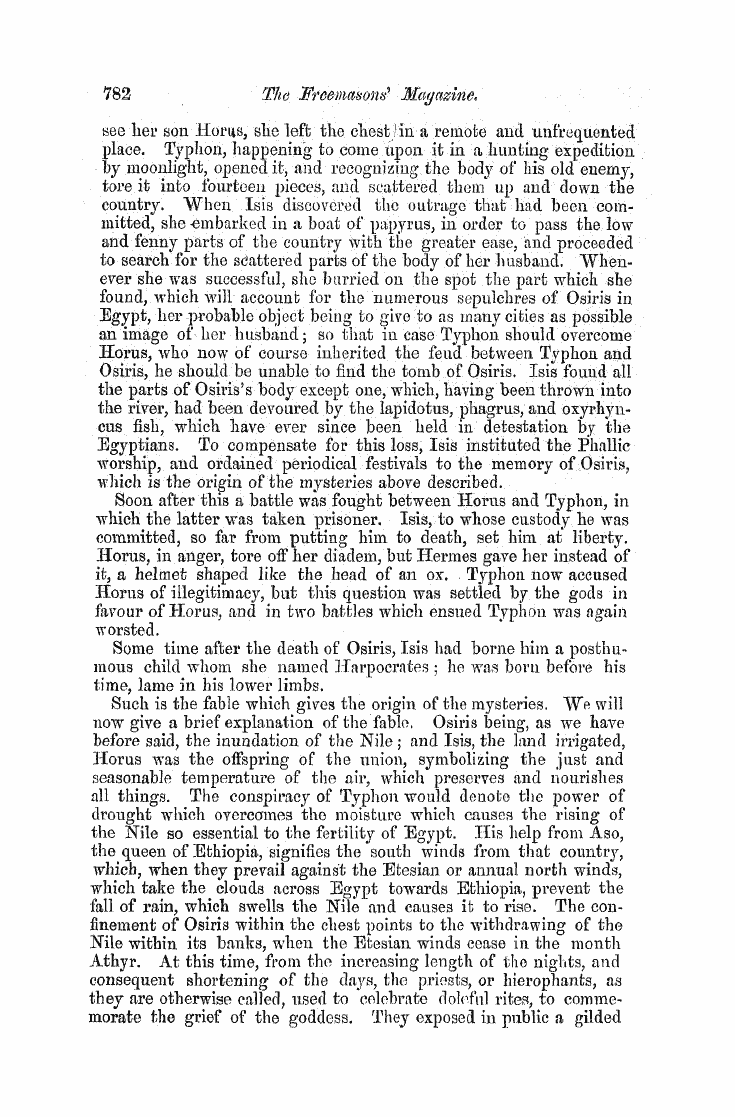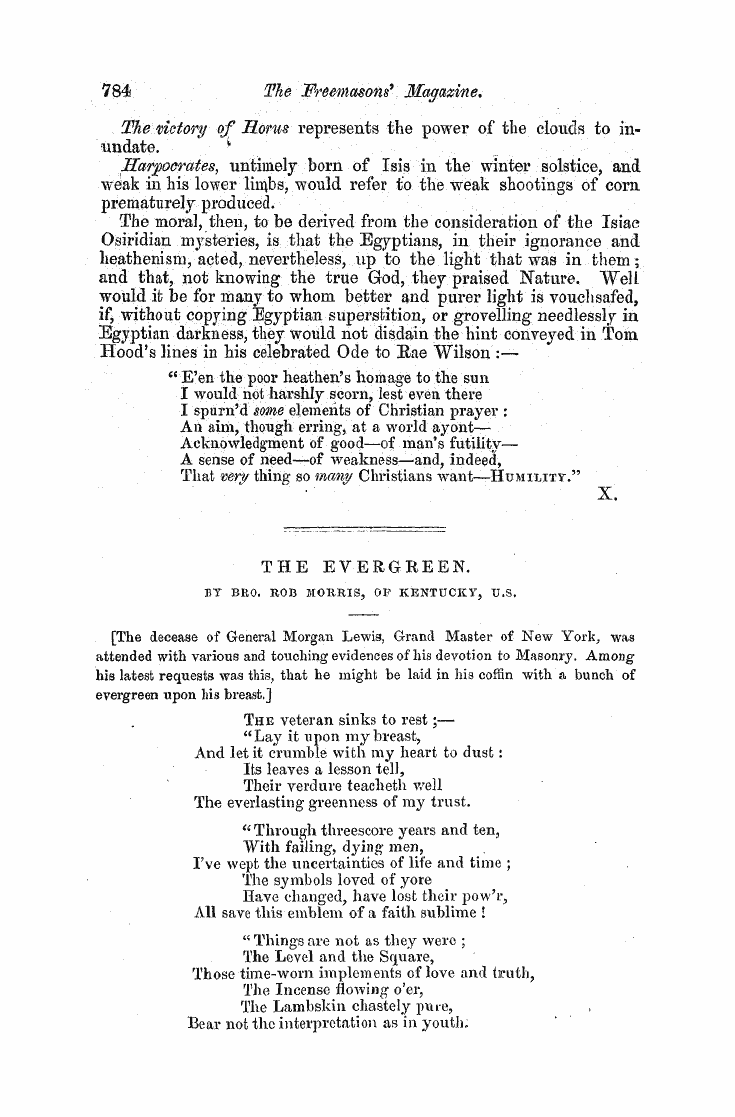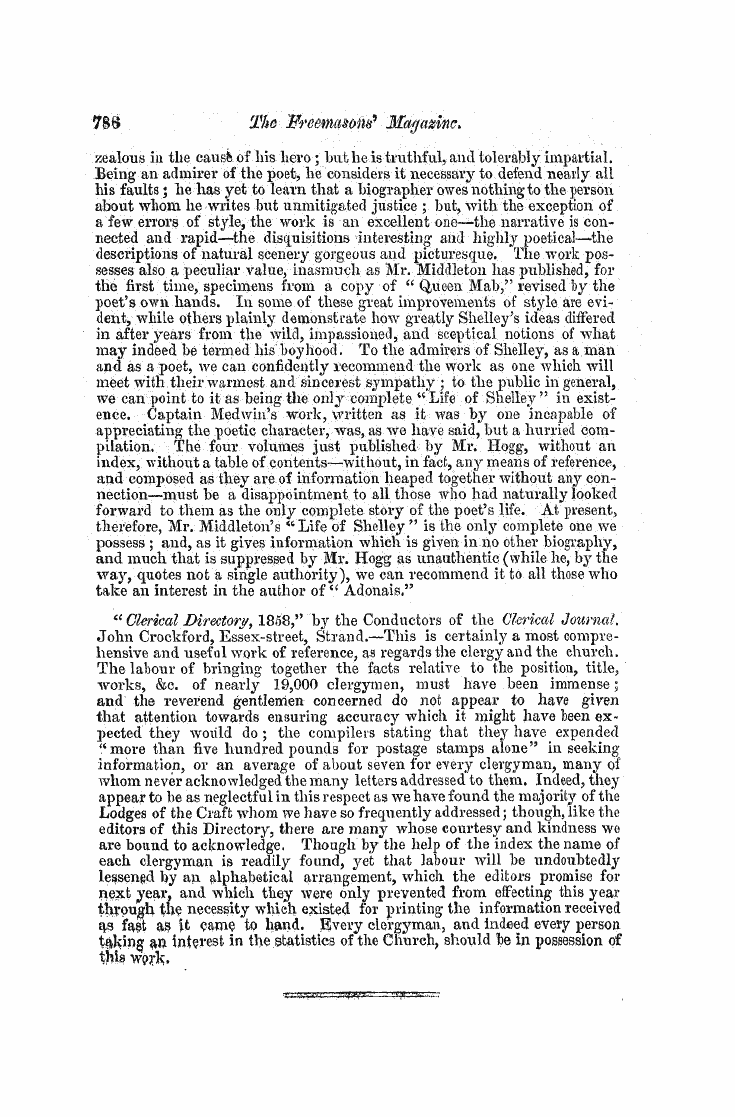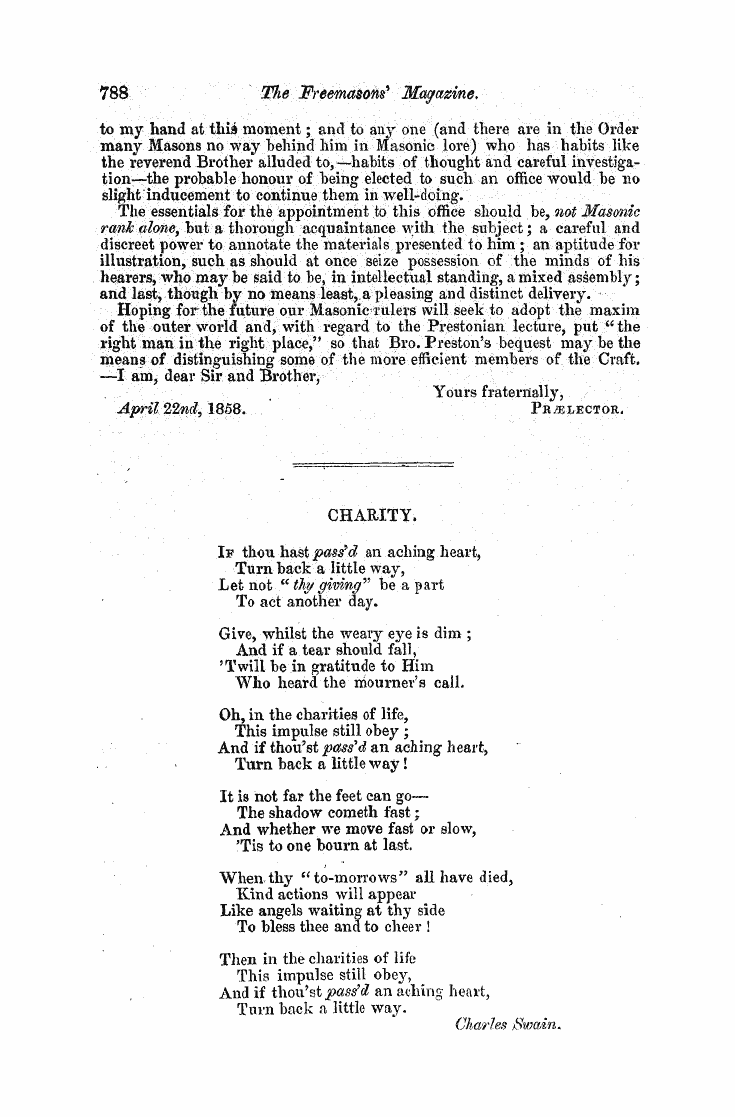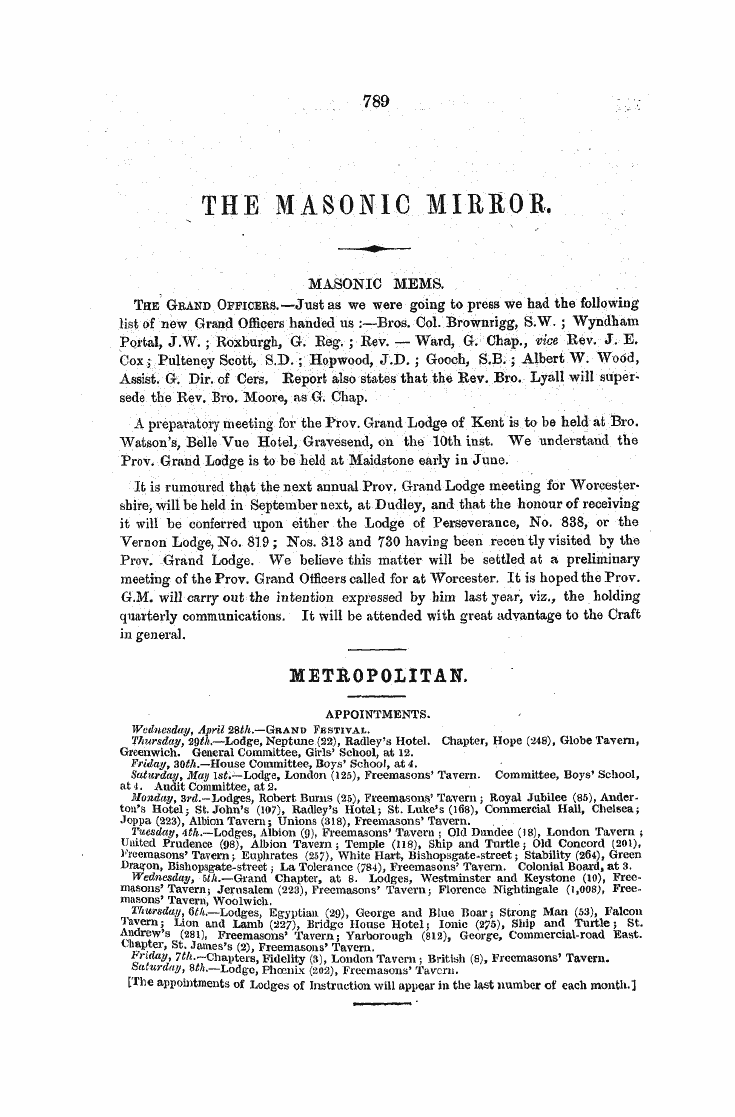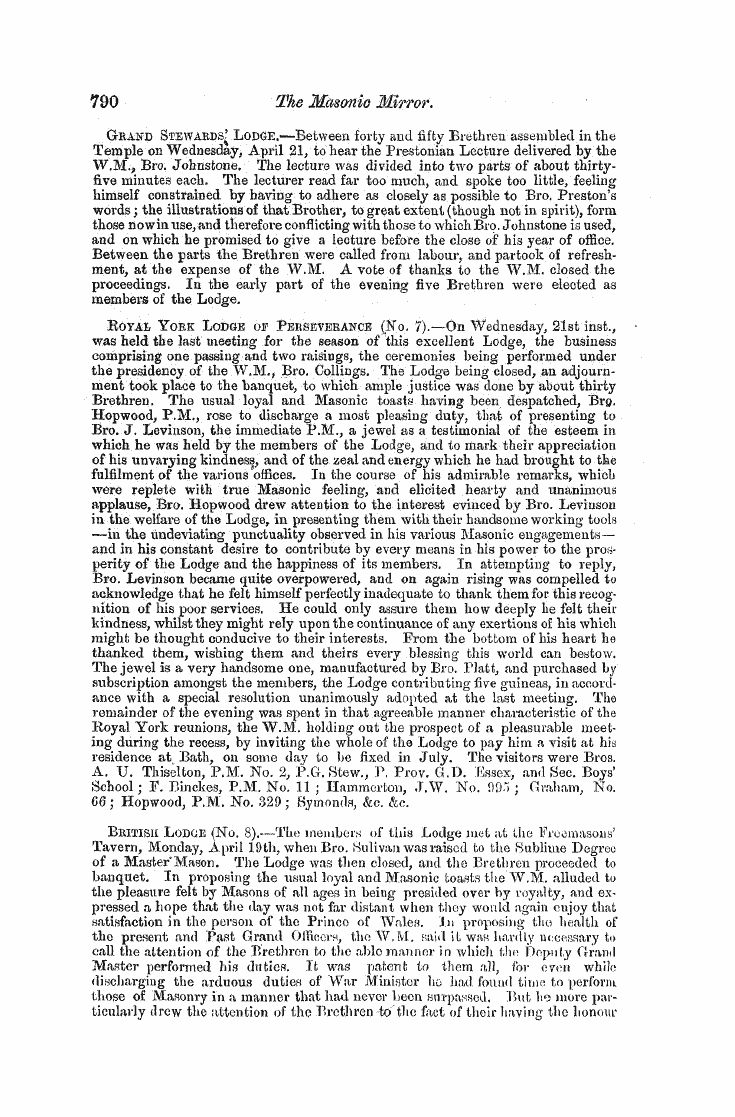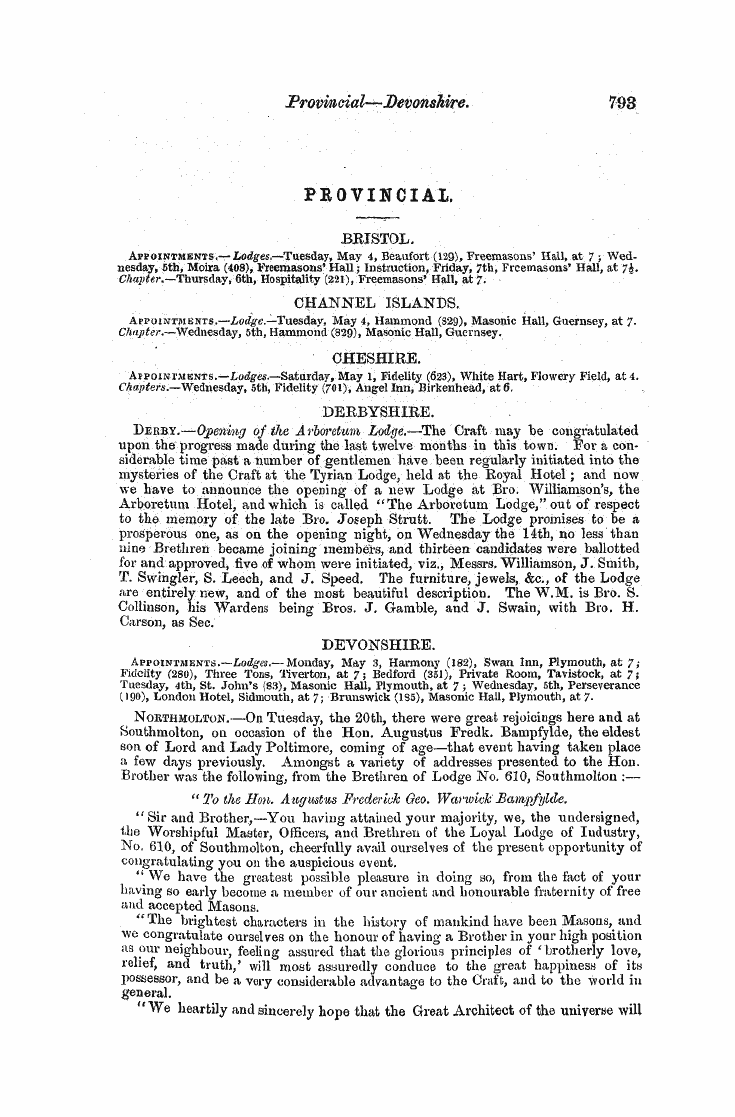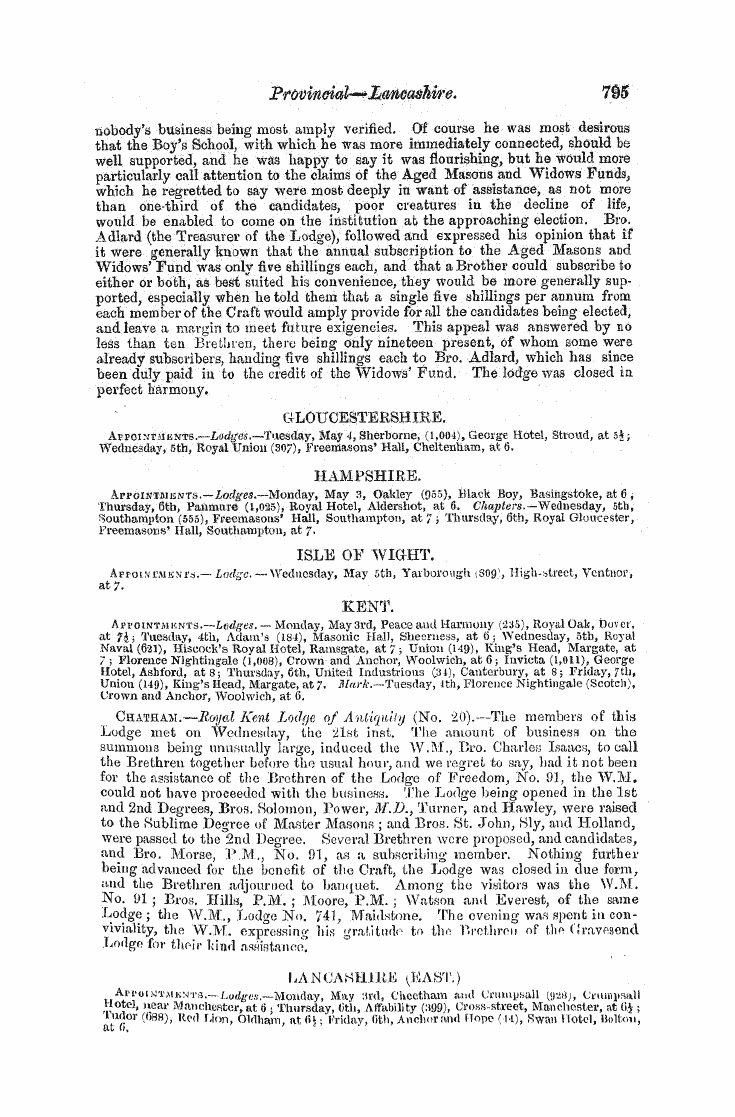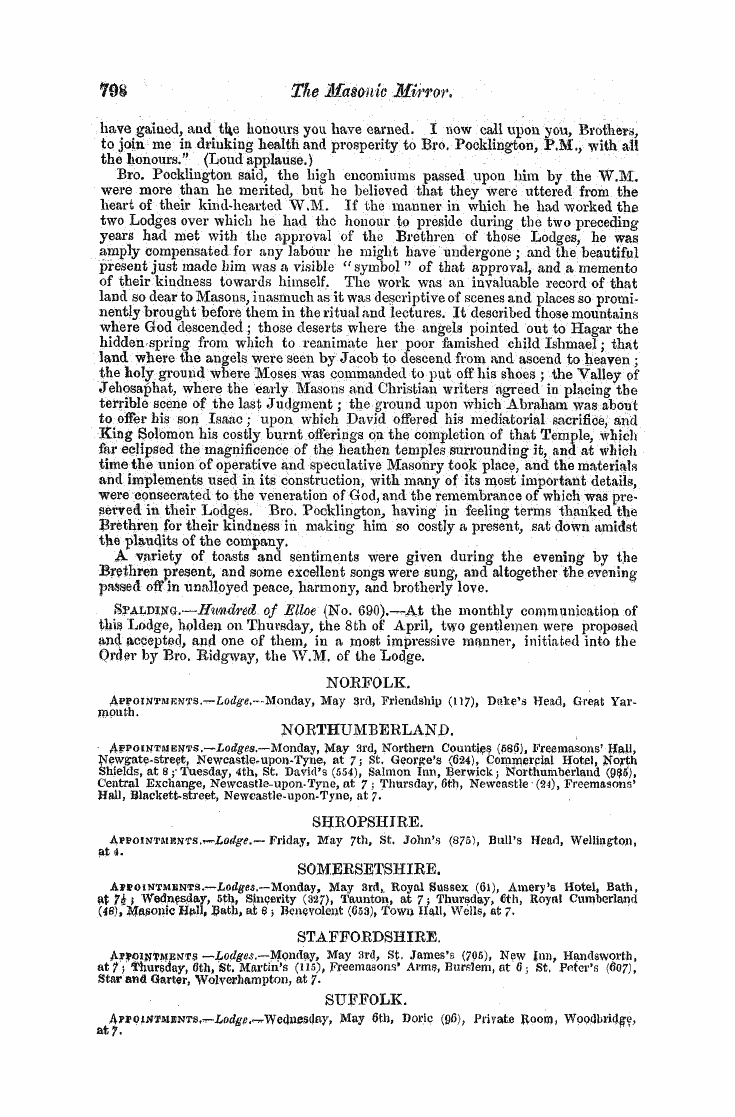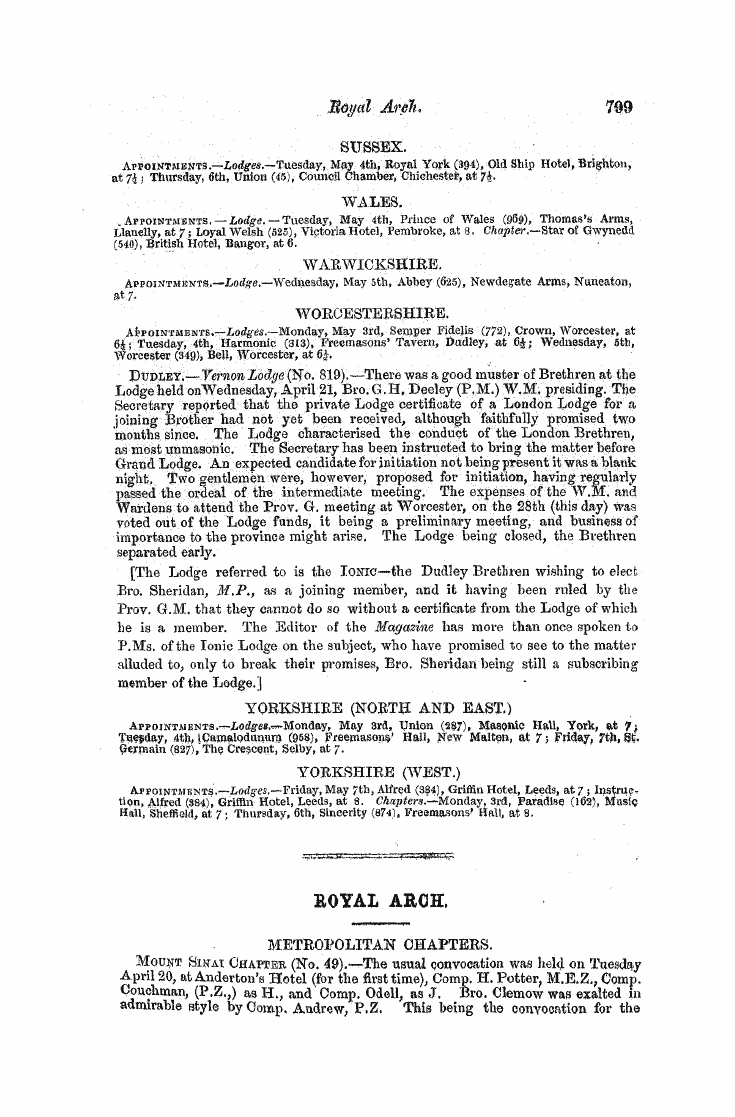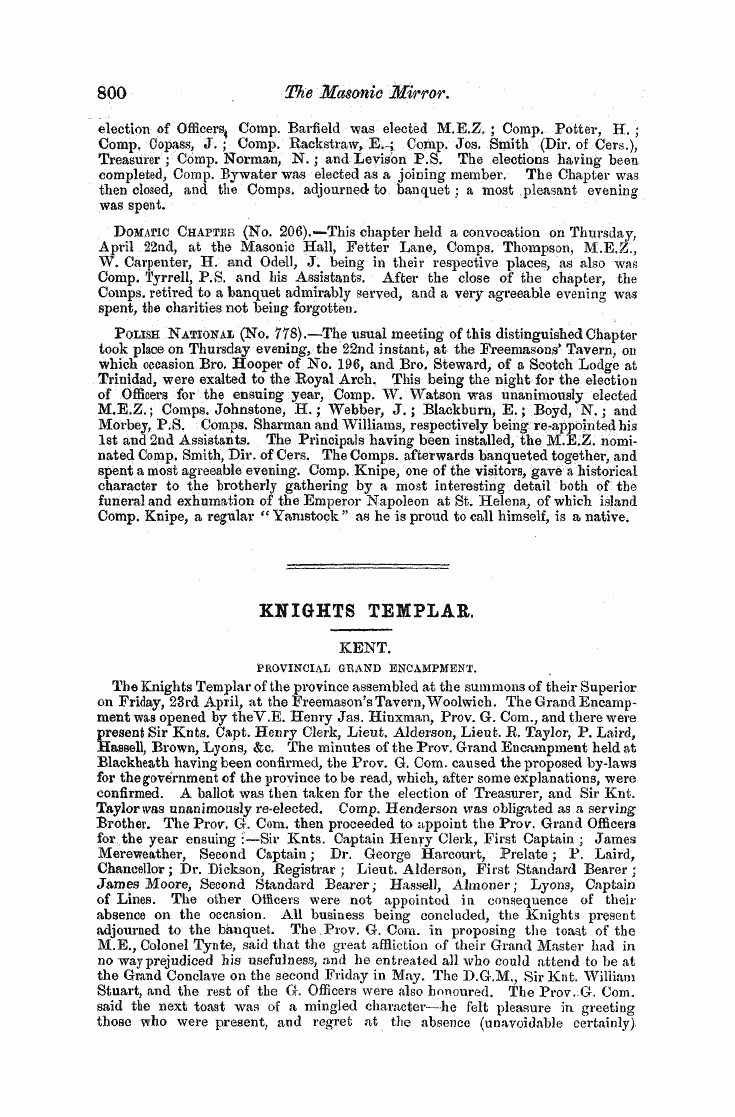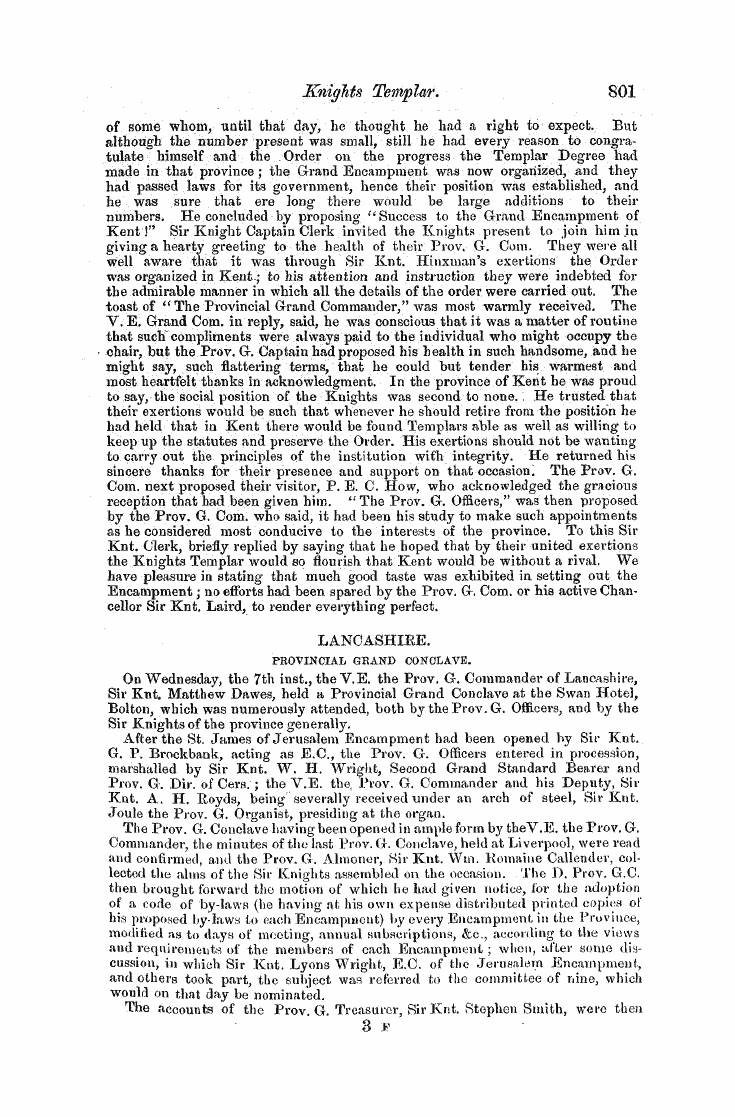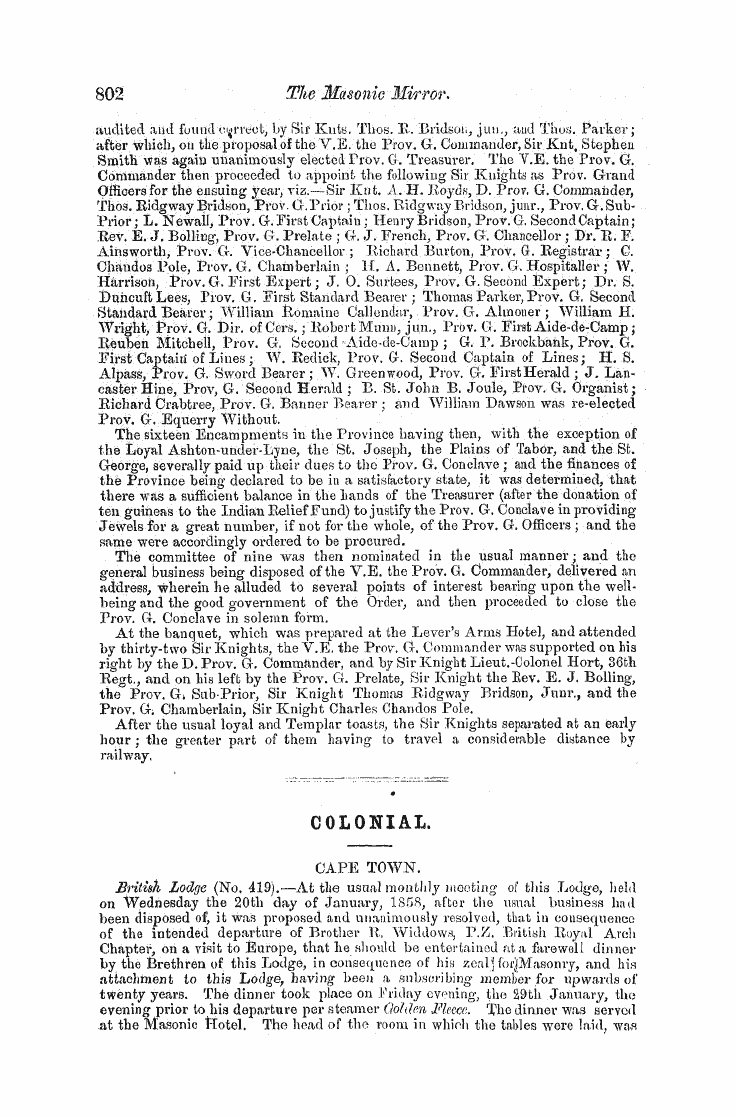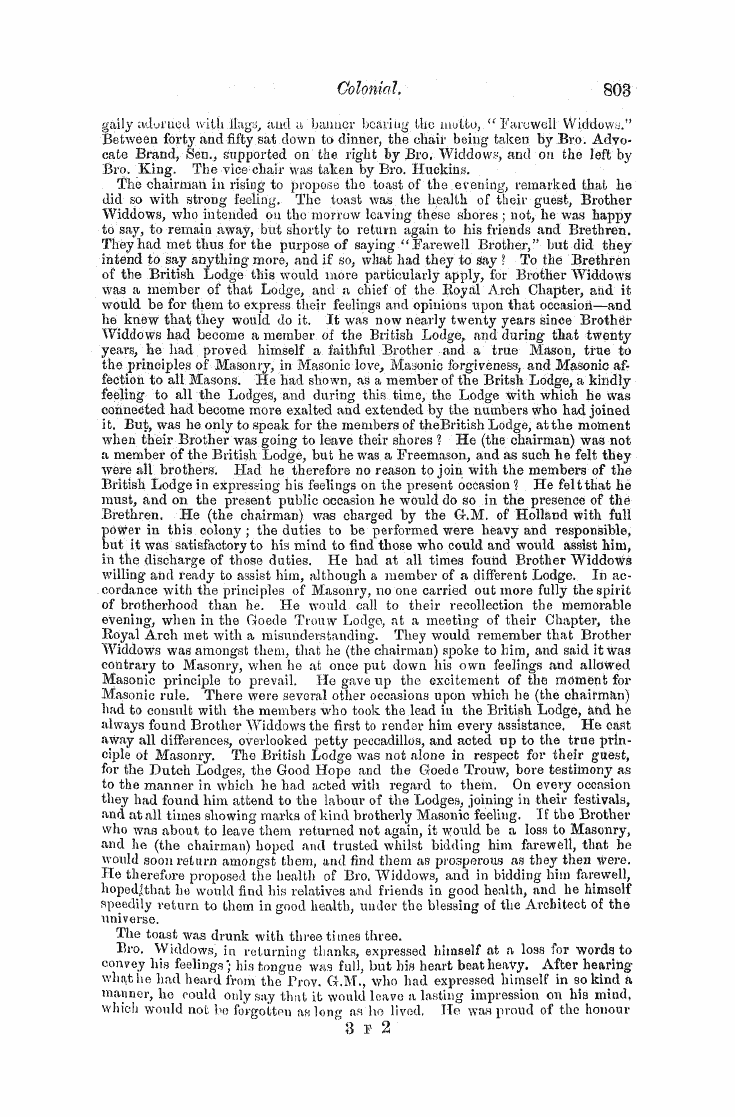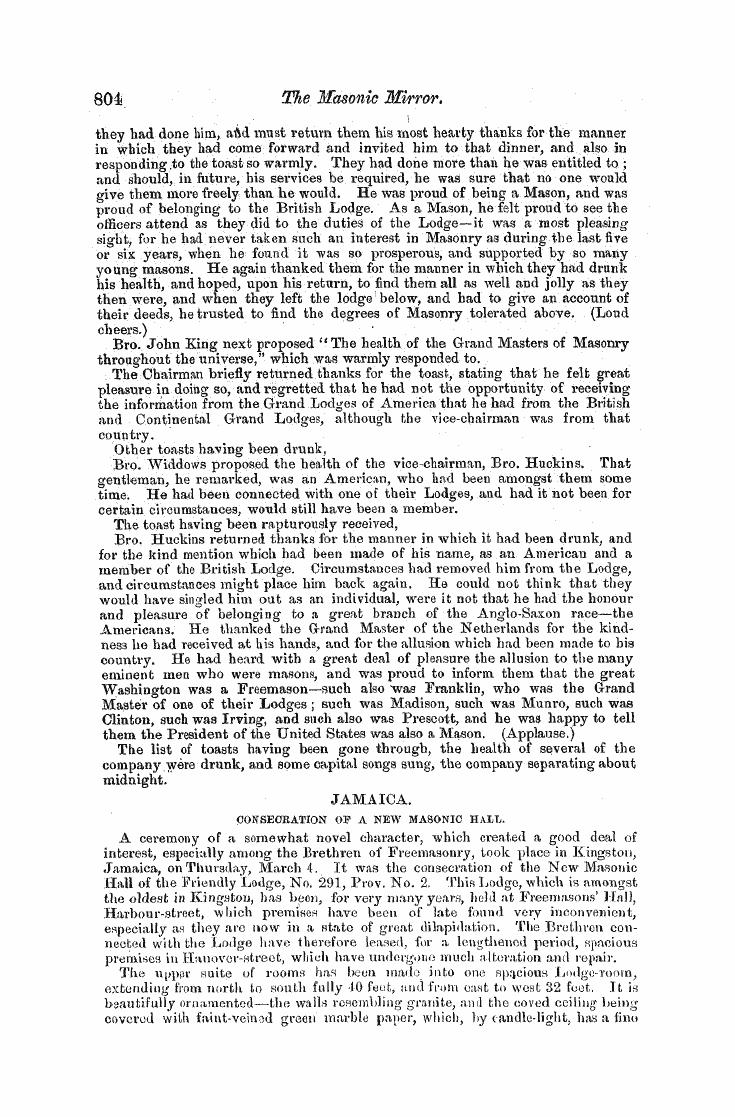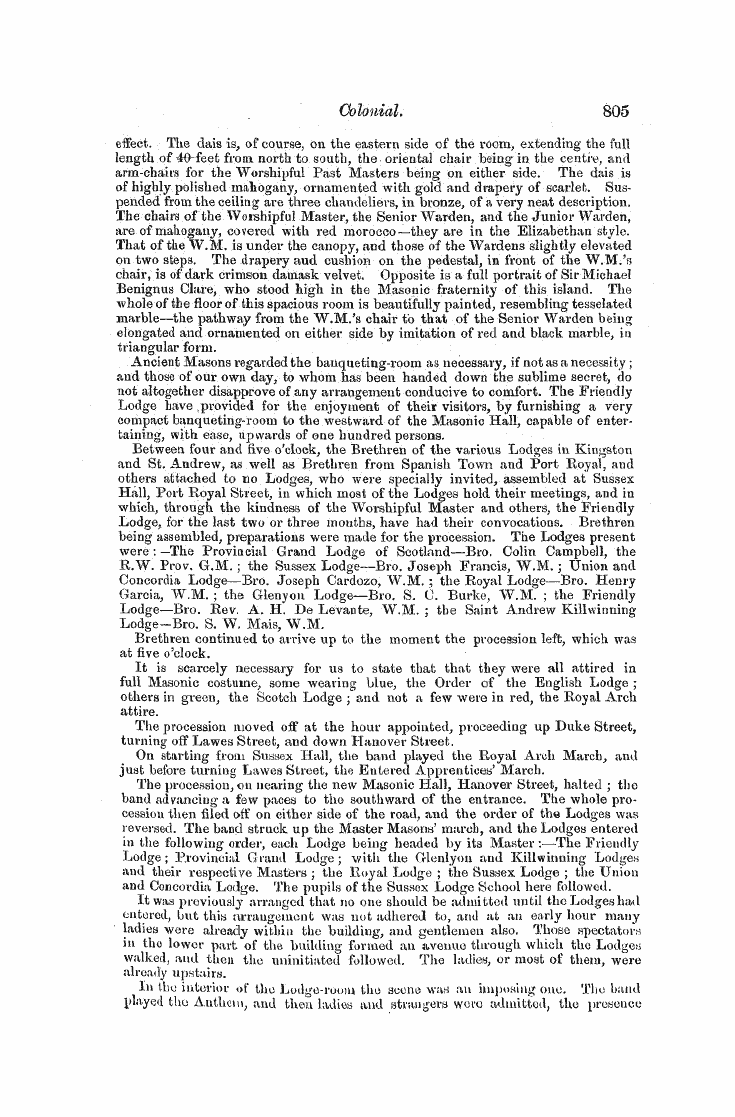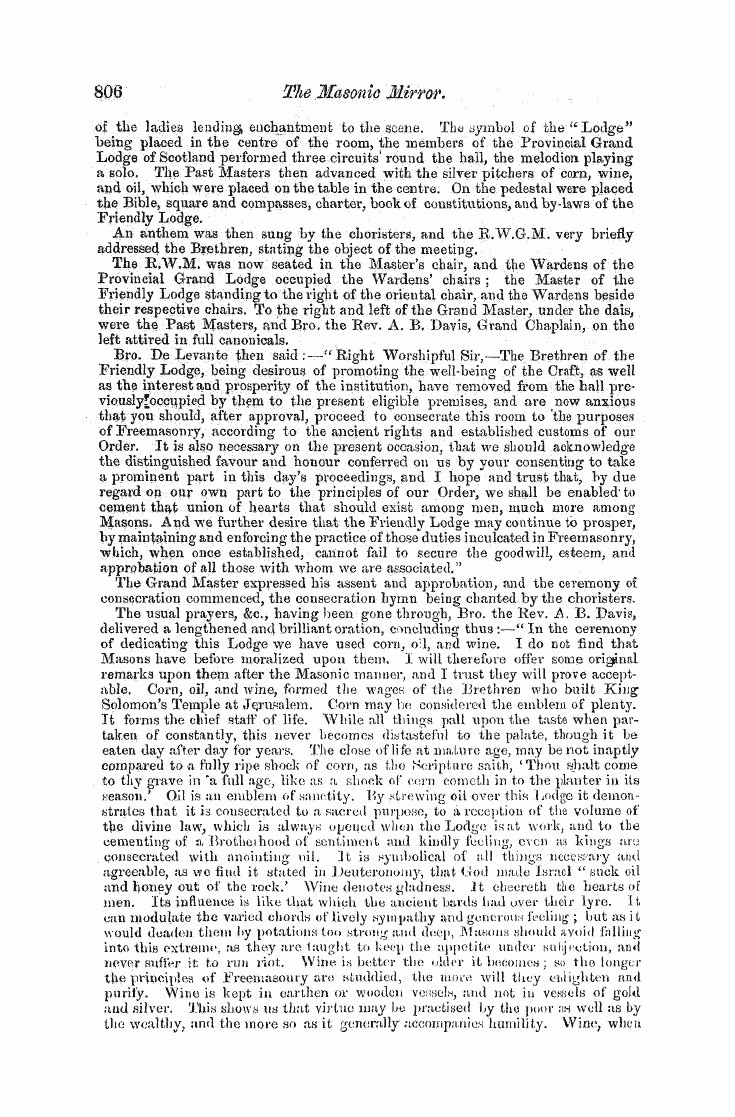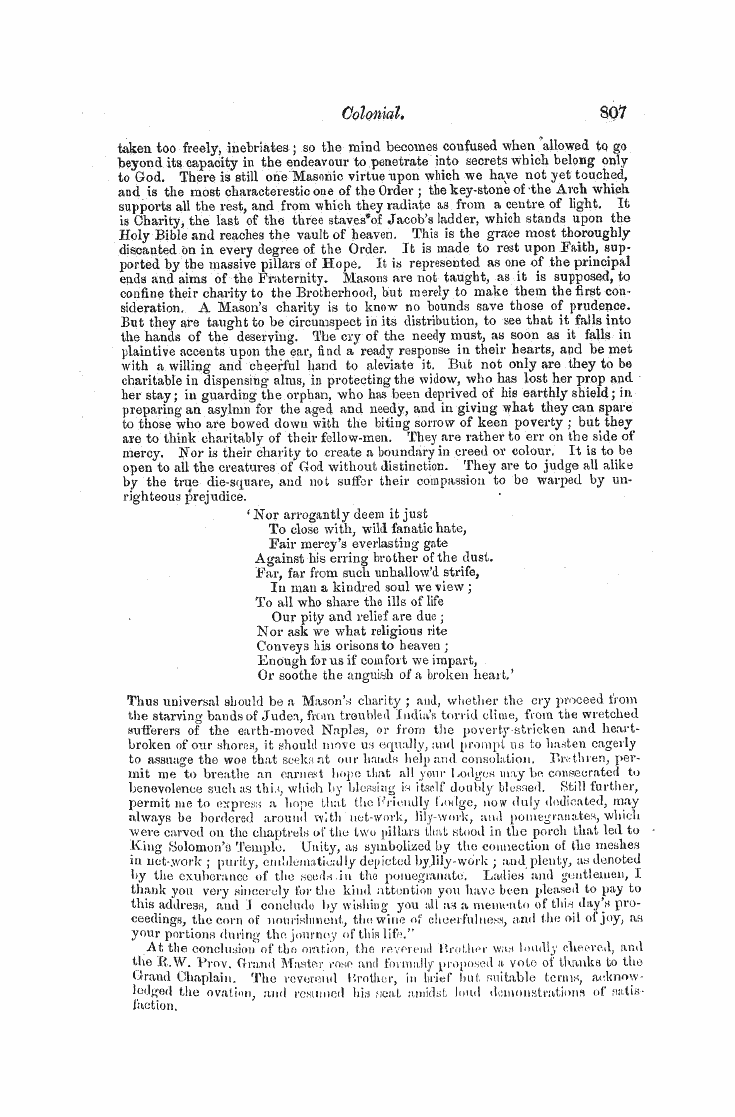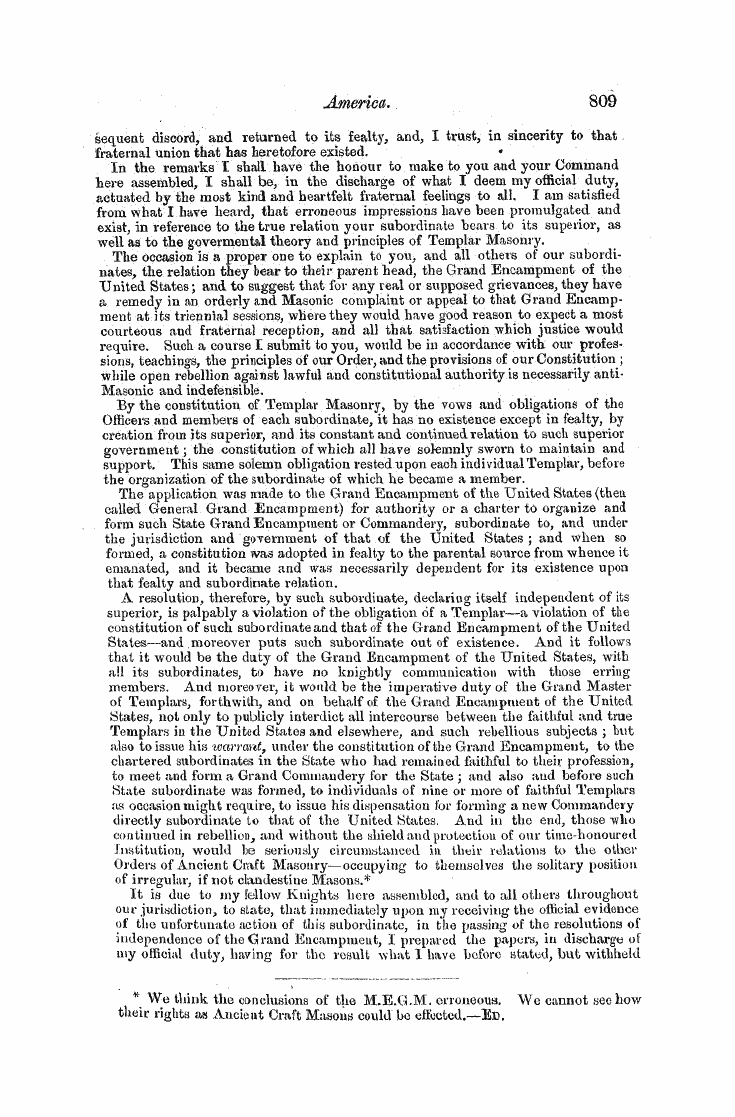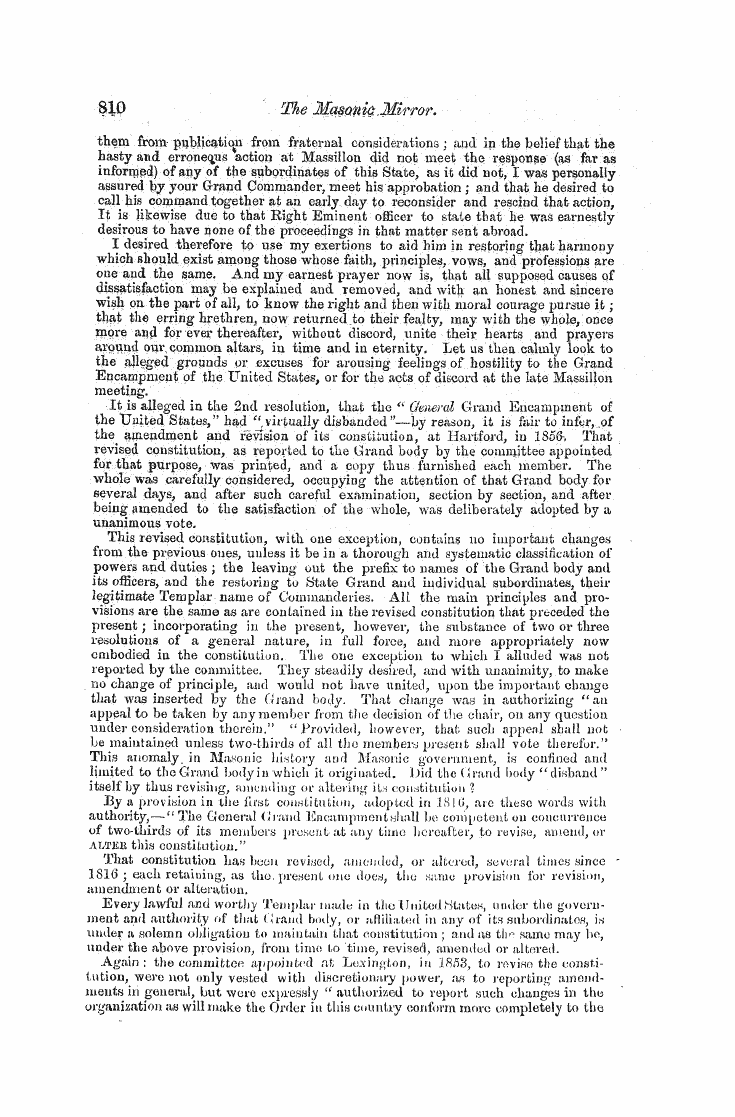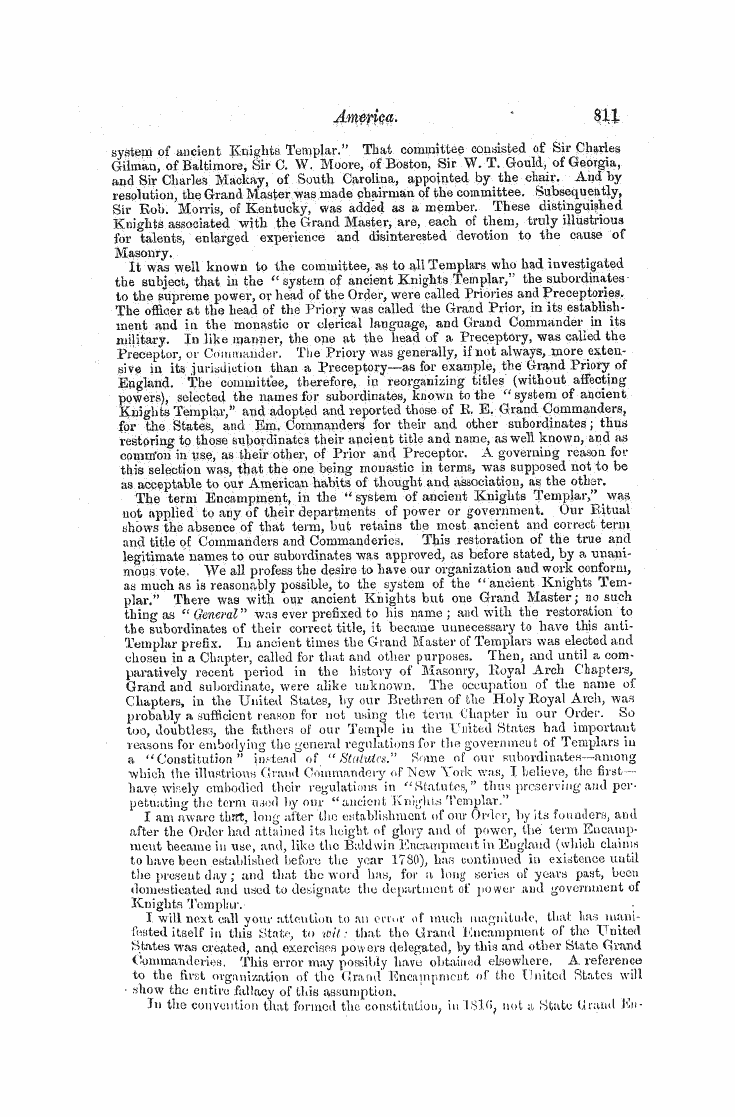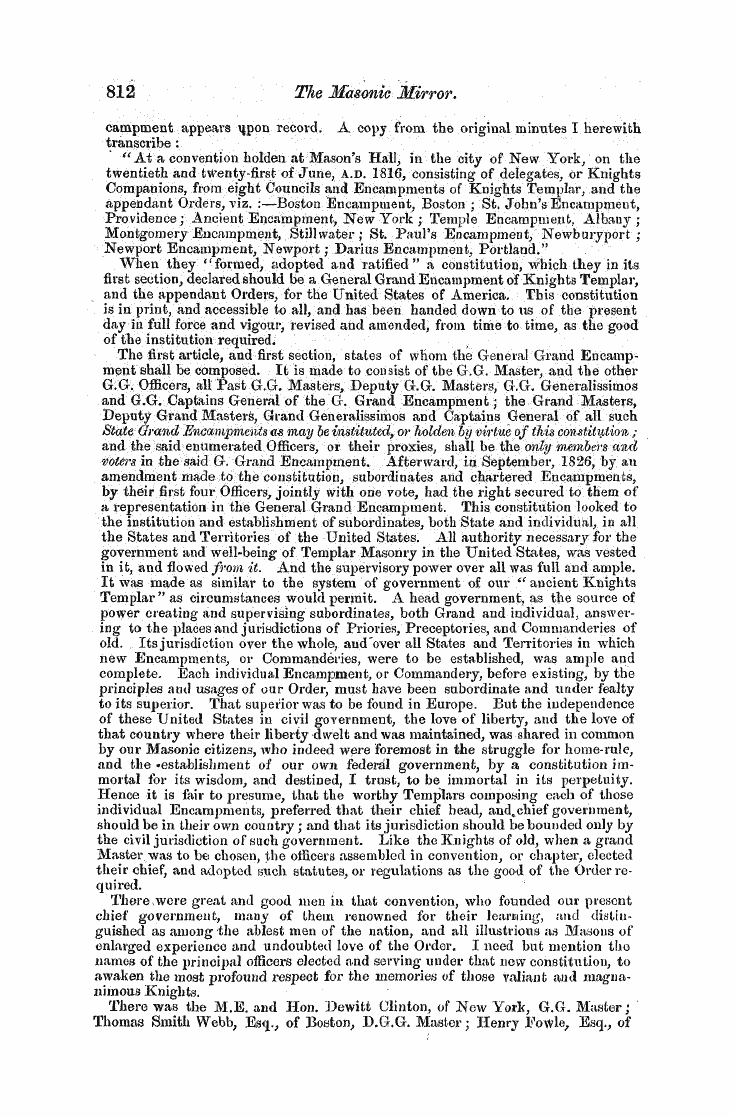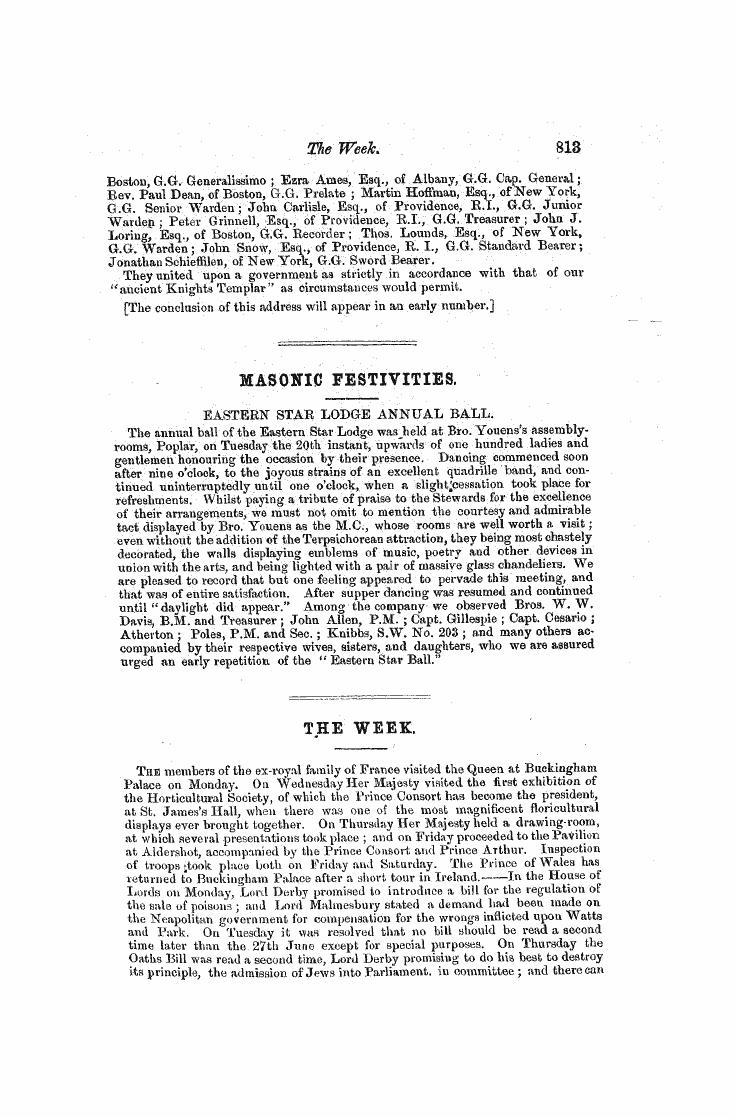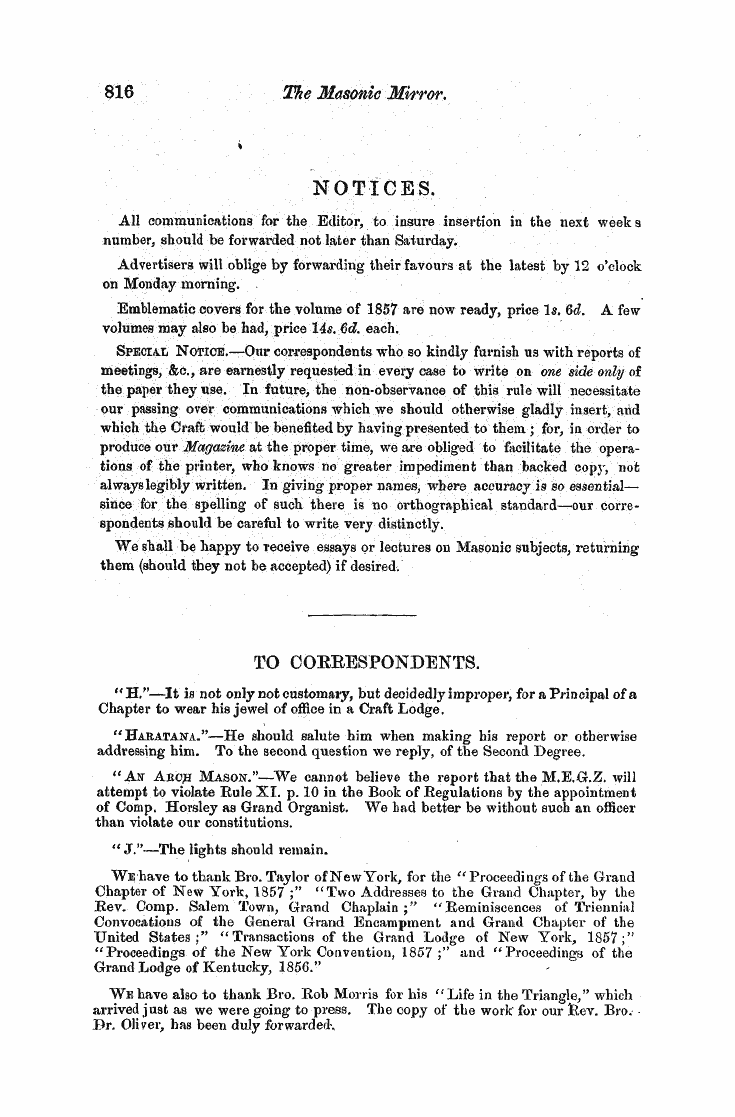-
Articles/Ads
Article THE LODGE AS A SYMBOL OP THE WOELD ← Page 7 of 11 →
Note: This text has been automatically extracted via Optical Character Recognition (OCR) software.
The Lodge As A Symbol Op The Woeld
slightest reference to any impure or lascivious application . ^ It is supposed by some commentators to be the god mentioned under the name of Baal-peor , in the Book of Numbers , ! as having been worshipped by the idolatrous Moabites . Among the eastern nations of
India the same symbol was prevalent , under the name of ling am . But the phallus or lingam was a representation of the male principle only . To perfect the circle of generation it is necessary to advance one step further . Accordingly we find in the cteis of the Greeks , and the yoni of the Indians , a symbol of the female generative principle , of co-extensive prevalence with the phallus .
The union of the phallus and cteis , or the lingam and yoni in one compound figure , as an object of adoration , was the most usual mode of representation . This Avas in strict accordance witli the whole system of ancient mythology , which was founded upon a worship of the prolific powers of nature . All the deities of pagan antiquity , however numerous they may be , can always be reduced to the two different forms of the generative principle—the active , or male , and
the passive , or female . Hence the gods were always arranged in pairs , as Jupiter and Juno , Bacchus and Venus , Osiris and Isis . But the ancients went further . Believing that the procreative and productive powers of nature might be conceived to exist in the same individual , they made the older of their deities hermaphrodite , and used the term appevod ^ Xvg , or man-virgin , to denote the union of the the two sexes in the same divine person , J
and eighty feet high , which stood in the forecourt of the temple at Heliopolis . Midler , in his " Ancient Art and its Remains , " mentions , on the authority of Leake , the fact that a colossal phallus , which once stood on the top of the tomb of the Lydian king , Halyattes , is now lying near the same spot ; it is not an entire phallus , but only the head of one ; it is twelve feet in diameter below and nine feet over the glands . The phallus has even been found , so universal was this worship , among the savages of America . Dr . Arthaut discovered , in the
year 1790 , a marble phallic image in a cave of the island of St . Domingo . —Glavcl , Hist . Pittoresq . des Religions , p . 9 . 'Ic Sonnerat observes , that the professors of this worship were of the purest principles and most unblemished conduct , and however offensive the idea may prove to Europeans , happily educated under different impressions , it seems never to have entered into the heads of the Indian legislator and people , that anything
natural could be grossly obscene . — Voyage aux Indes Orient ., i . p . 118 . Erom the earliest periods , the women of Asia , Greece , and Italy wore this symbol as a jewel ; and Clavel tells us that a similar usage prevails at this day among the women in some of the villages of Brittany . Seely tells us that the lingam , or Indian phallus , is an emblem as frequently met with in Hindostan as the cross is in Catholic countries . —Wonders of Elora , p . 278 .
+ Numb . xxv . 1—3 . See also Psalm cvi . 28—" They joined themselves also unto Baal-peor , and ate the sacrifices of the dead . " This last expression , according to Riissel , has a distinct reference to the physical qualities of matter , and to the time when death , by the winter absence of the solar heat , gets , as it were , possession of the earth . Baal-peor was , he says , the sun , exercising his powers of fecundity . —Connection of tiacred and . Profane History .
: ] : Is there not a seeming reference to this thought of divine hermaphrodism , in the well-known passage of Genesis ? "So God created man in his own image , in tlie image of God created he him ; male and female created he them . " And so being created , " male and female / * they were "in the image of-God . "
Note: This text has been automatically extracted via Optical Character Recognition (OCR) software.
The Lodge As A Symbol Op The Woeld
slightest reference to any impure or lascivious application . ^ It is supposed by some commentators to be the god mentioned under the name of Baal-peor , in the Book of Numbers , ! as having been worshipped by the idolatrous Moabites . Among the eastern nations of
India the same symbol was prevalent , under the name of ling am . But the phallus or lingam was a representation of the male principle only . To perfect the circle of generation it is necessary to advance one step further . Accordingly we find in the cteis of the Greeks , and the yoni of the Indians , a symbol of the female generative principle , of co-extensive prevalence with the phallus .
The union of the phallus and cteis , or the lingam and yoni in one compound figure , as an object of adoration , was the most usual mode of representation . This Avas in strict accordance witli the whole system of ancient mythology , which was founded upon a worship of the prolific powers of nature . All the deities of pagan antiquity , however numerous they may be , can always be reduced to the two different forms of the generative principle—the active , or male , and
the passive , or female . Hence the gods were always arranged in pairs , as Jupiter and Juno , Bacchus and Venus , Osiris and Isis . But the ancients went further . Believing that the procreative and productive powers of nature might be conceived to exist in the same individual , they made the older of their deities hermaphrodite , and used the term appevod ^ Xvg , or man-virgin , to denote the union of the the two sexes in the same divine person , J
and eighty feet high , which stood in the forecourt of the temple at Heliopolis . Midler , in his " Ancient Art and its Remains , " mentions , on the authority of Leake , the fact that a colossal phallus , which once stood on the top of the tomb of the Lydian king , Halyattes , is now lying near the same spot ; it is not an entire phallus , but only the head of one ; it is twelve feet in diameter below and nine feet over the glands . The phallus has even been found , so universal was this worship , among the savages of America . Dr . Arthaut discovered , in the
year 1790 , a marble phallic image in a cave of the island of St . Domingo . —Glavcl , Hist . Pittoresq . des Religions , p . 9 . 'Ic Sonnerat observes , that the professors of this worship were of the purest principles and most unblemished conduct , and however offensive the idea may prove to Europeans , happily educated under different impressions , it seems never to have entered into the heads of the Indian legislator and people , that anything
natural could be grossly obscene . — Voyage aux Indes Orient ., i . p . 118 . Erom the earliest periods , the women of Asia , Greece , and Italy wore this symbol as a jewel ; and Clavel tells us that a similar usage prevails at this day among the women in some of the villages of Brittany . Seely tells us that the lingam , or Indian phallus , is an emblem as frequently met with in Hindostan as the cross is in Catholic countries . —Wonders of Elora , p . 278 .
+ Numb . xxv . 1—3 . See also Psalm cvi . 28—" They joined themselves also unto Baal-peor , and ate the sacrifices of the dead . " This last expression , according to Riissel , has a distinct reference to the physical qualities of matter , and to the time when death , by the winter absence of the solar heat , gets , as it were , possession of the earth . Baal-peor was , he says , the sun , exercising his powers of fecundity . —Connection of tiacred and . Profane History .
: ] : Is there not a seeming reference to this thought of divine hermaphrodism , in the well-known passage of Genesis ? "So God created man in his own image , in tlie image of God created he him ; male and female created he them . " And so being created , " male and female / * they were "in the image of-God . "

































































